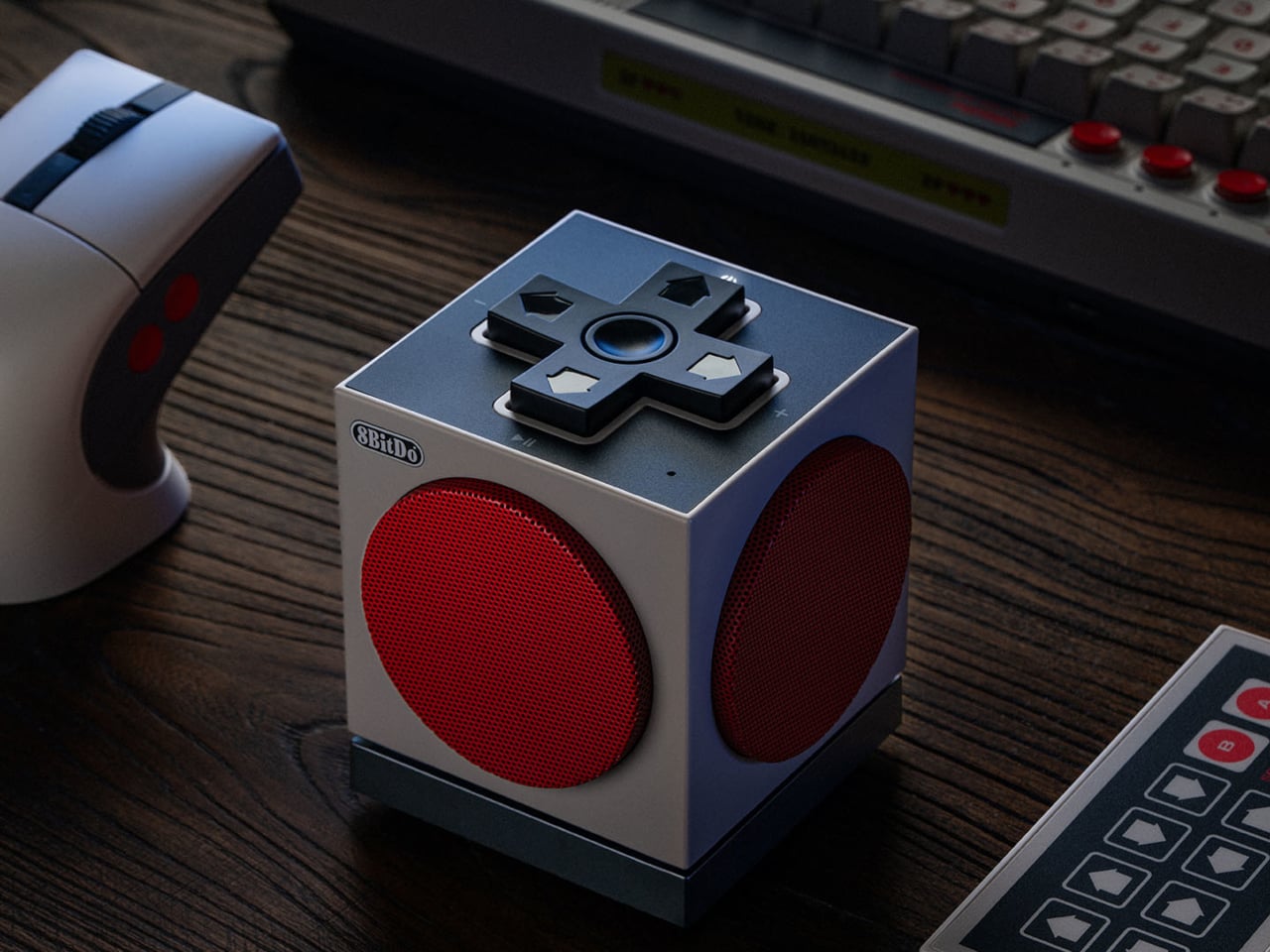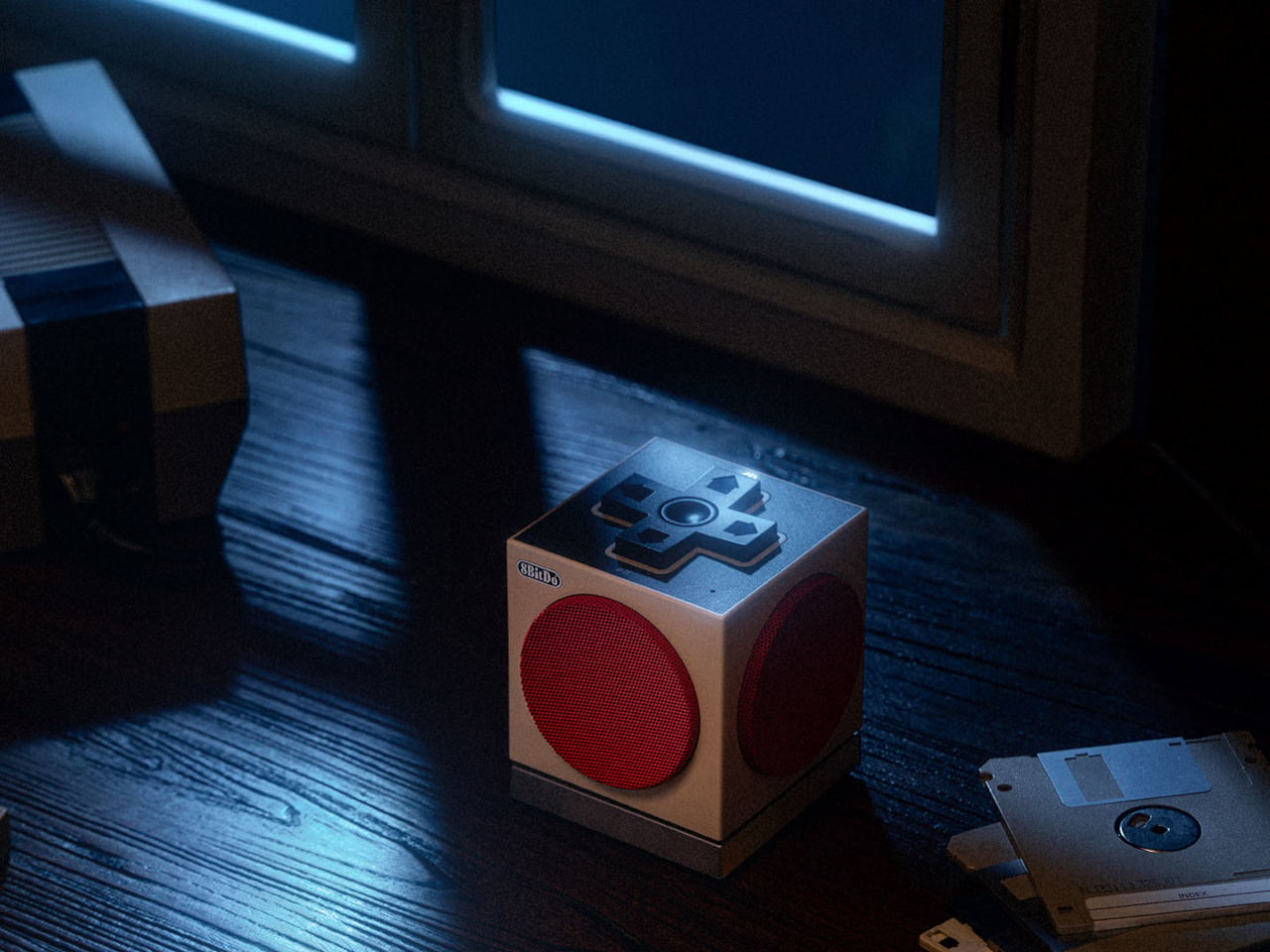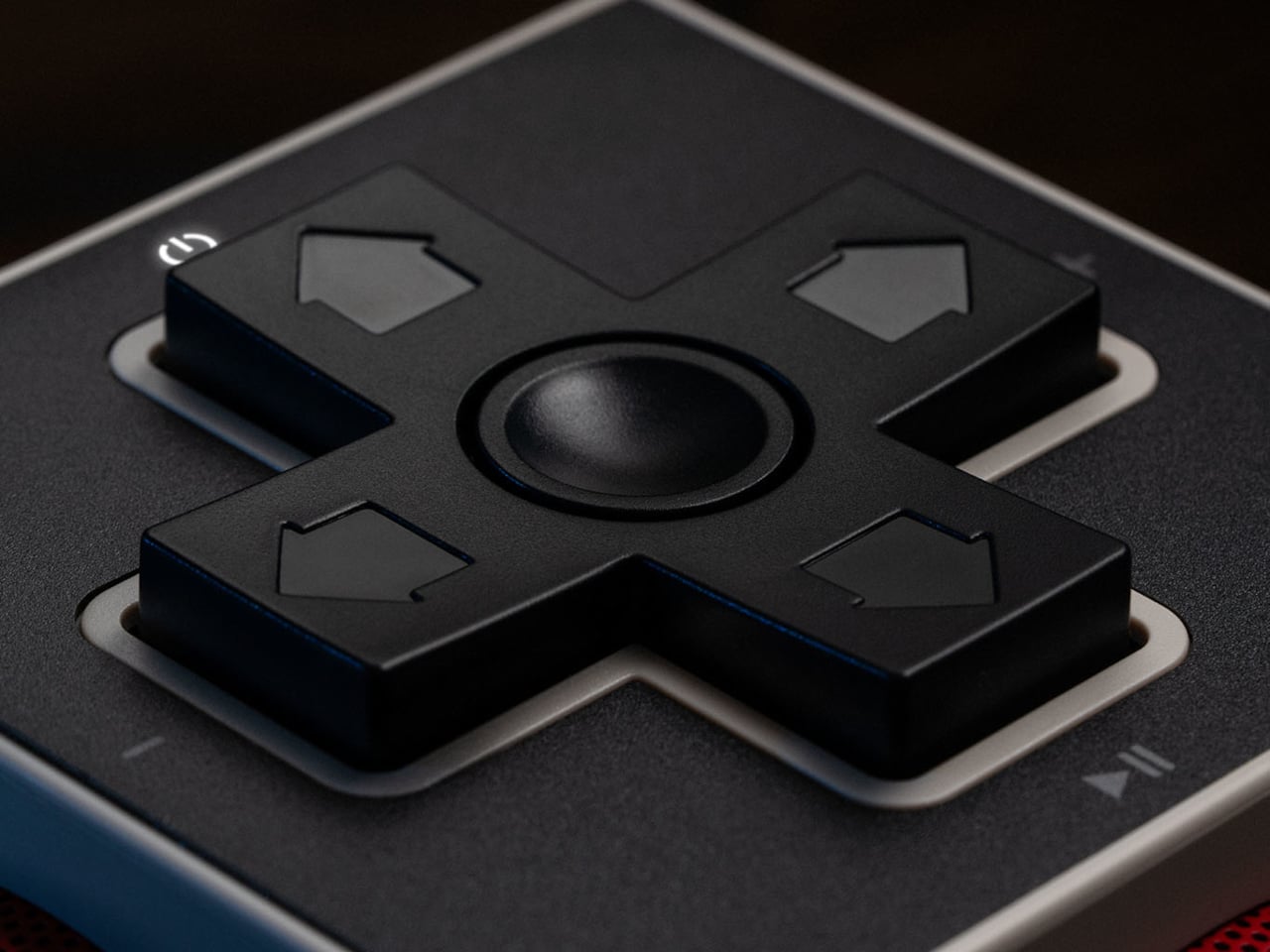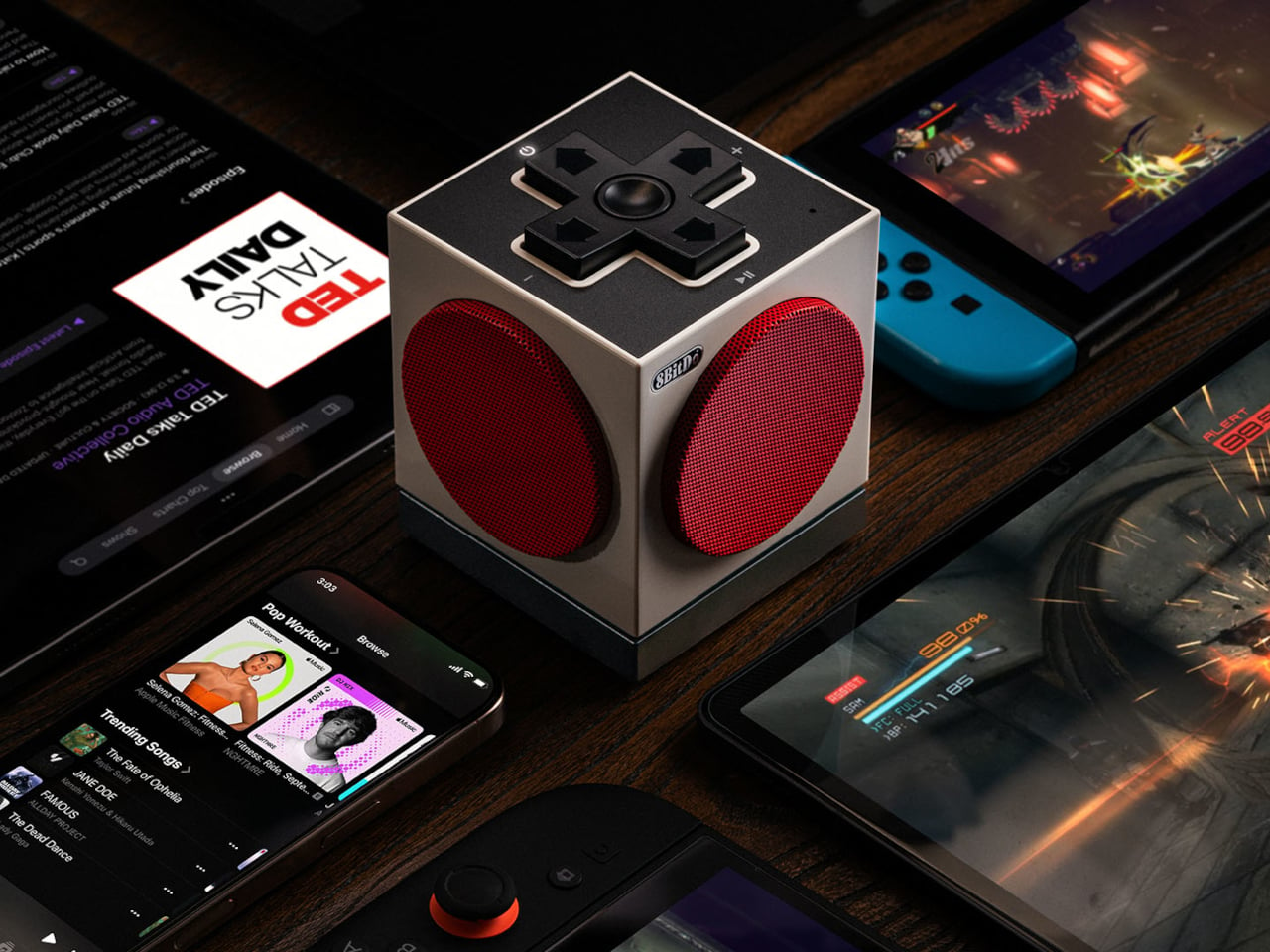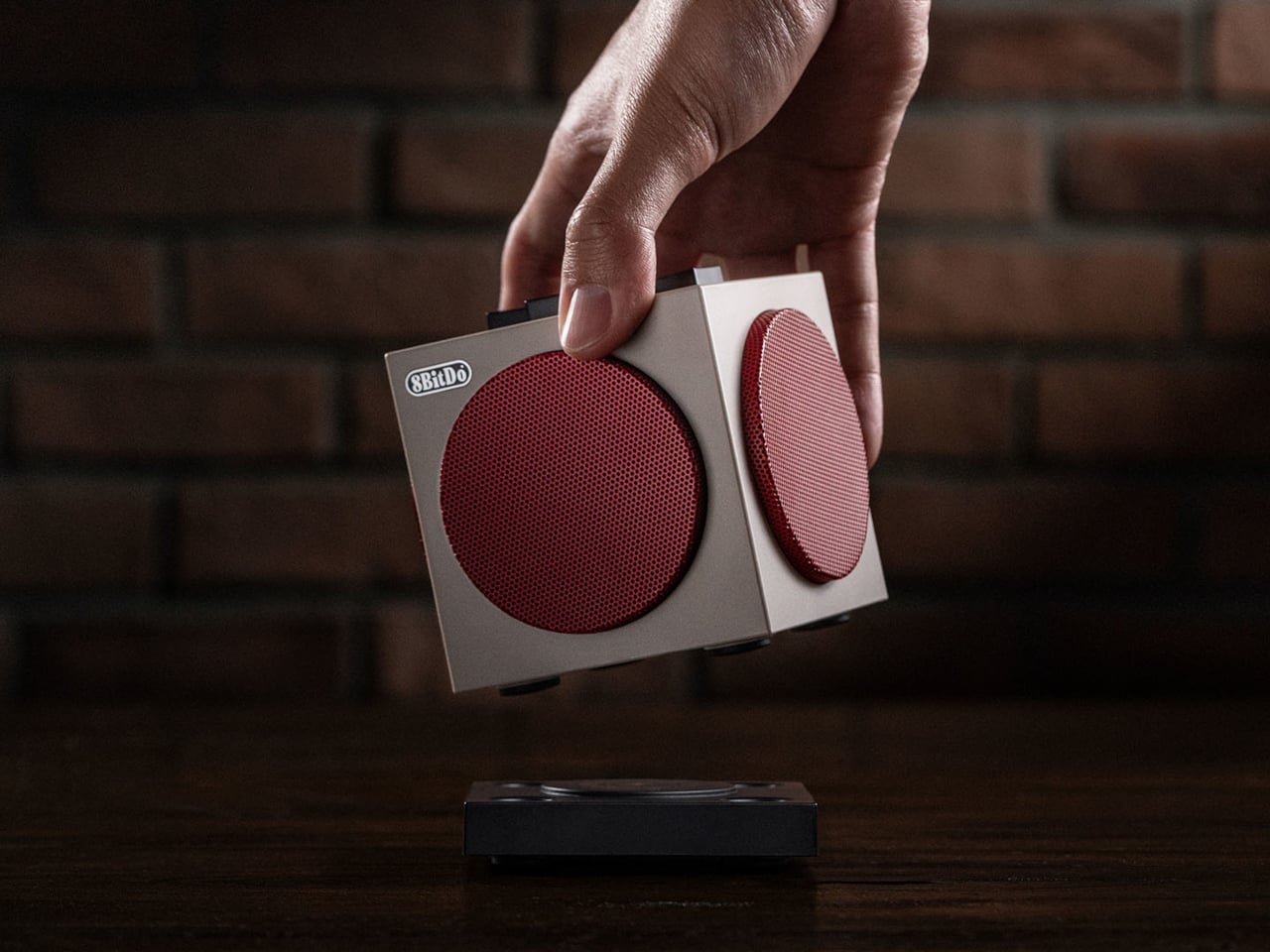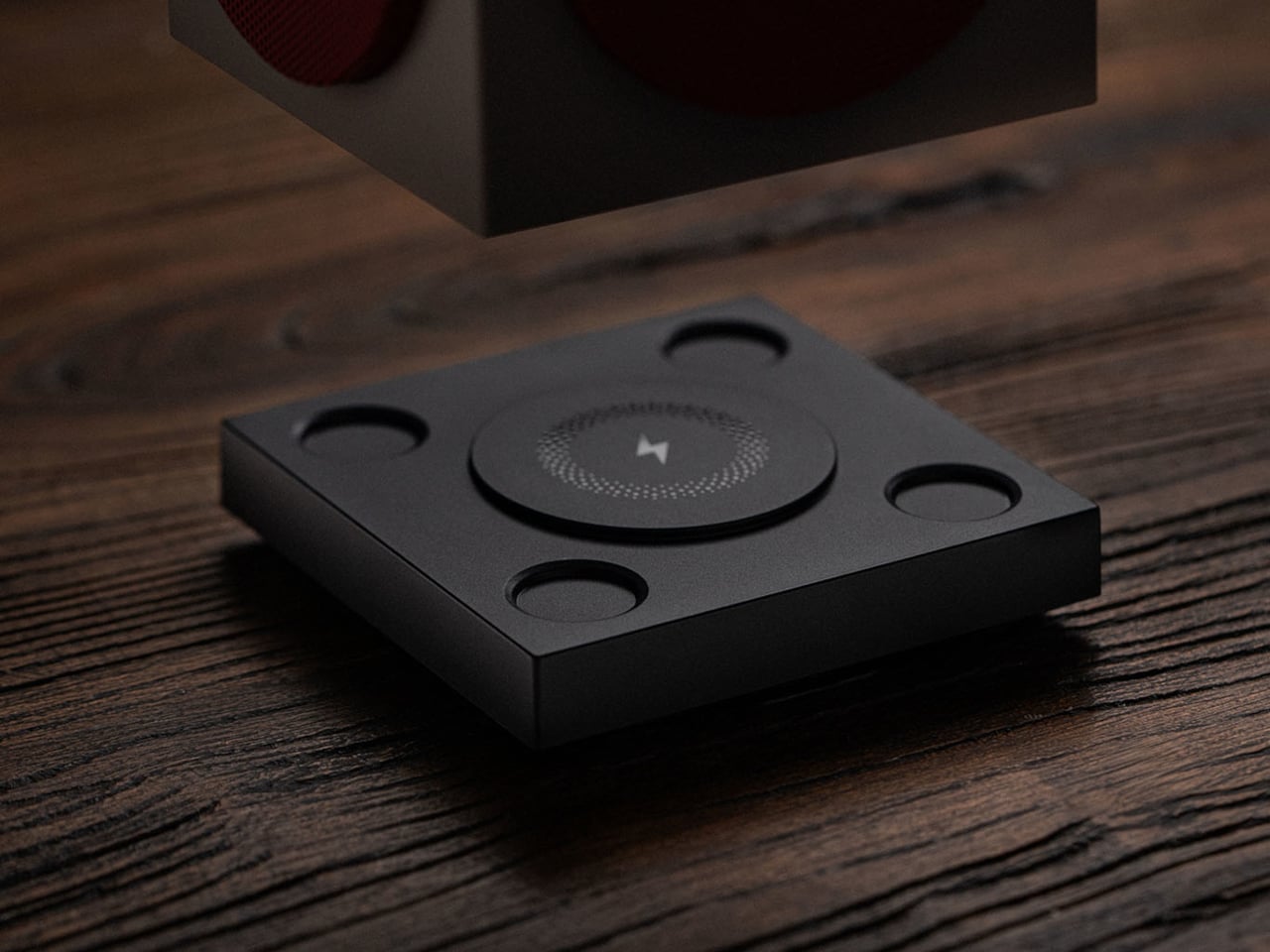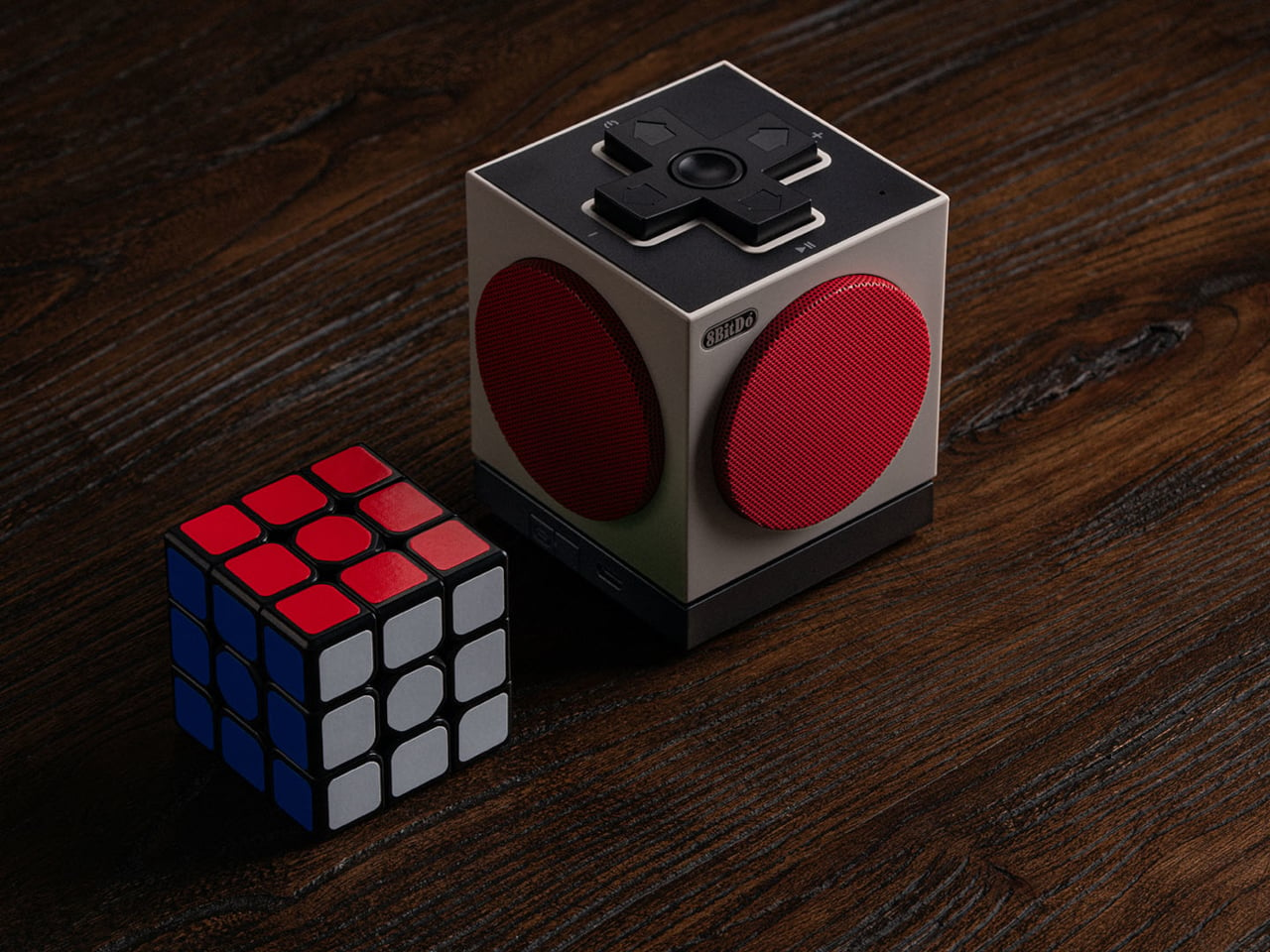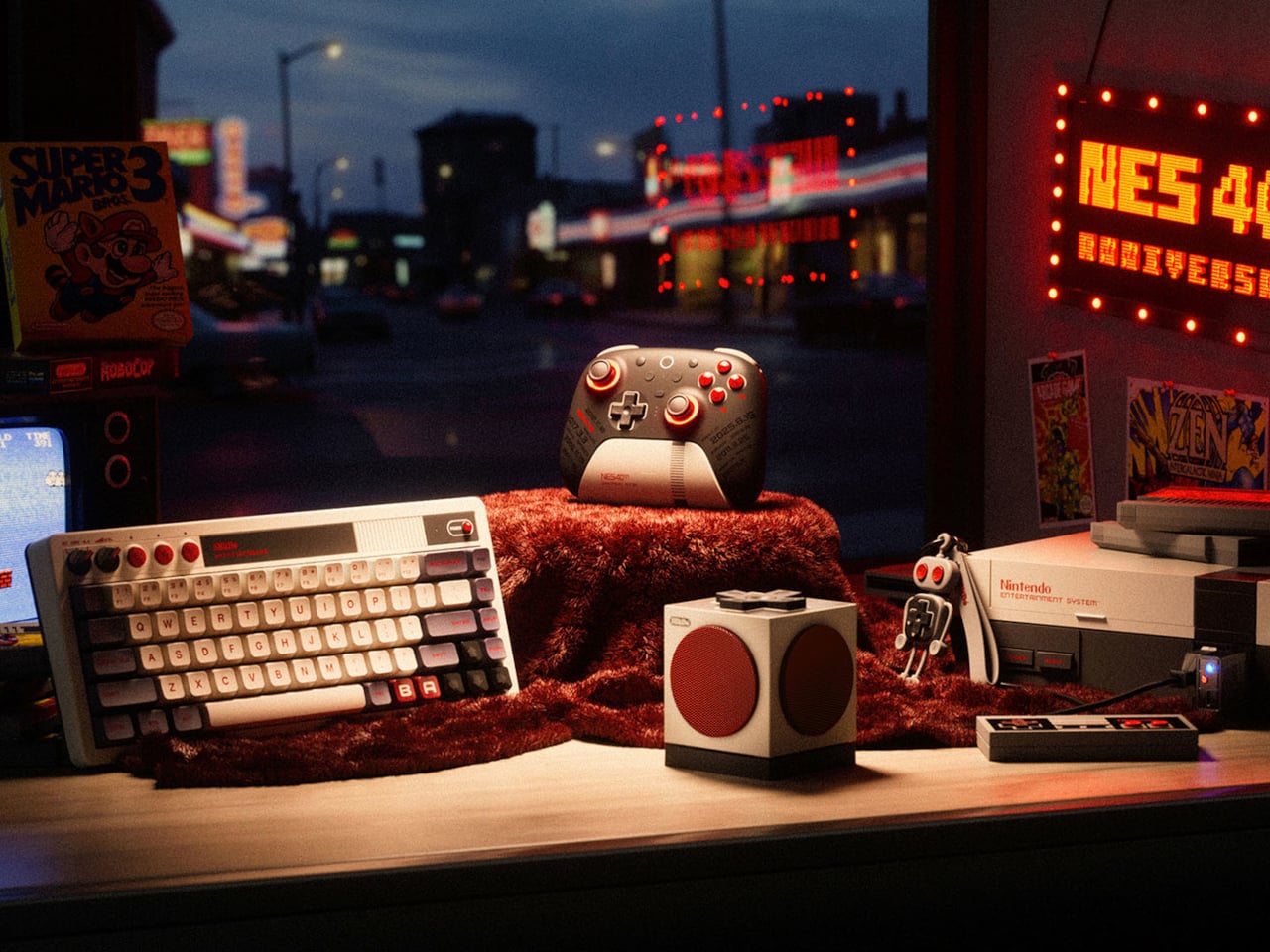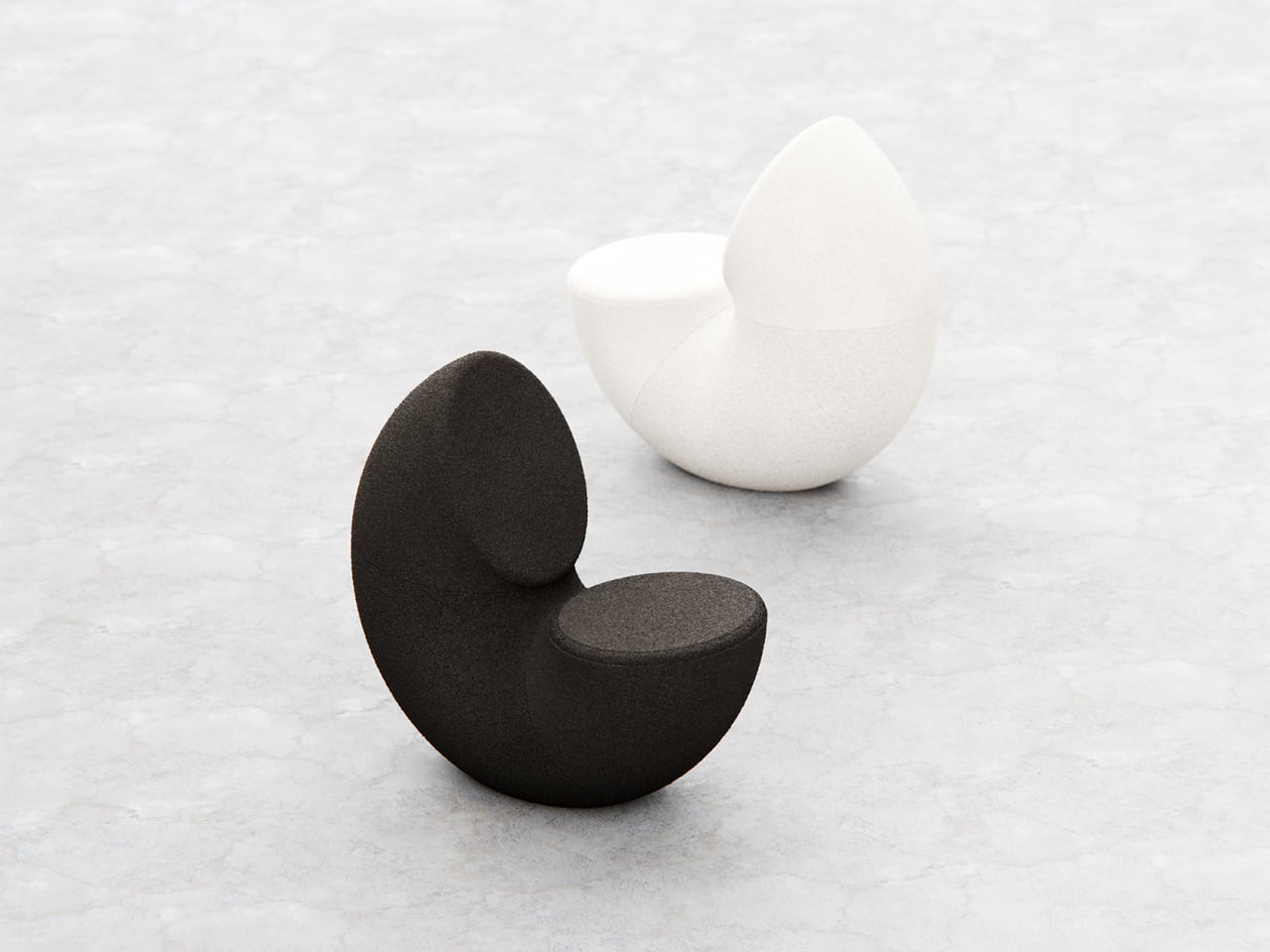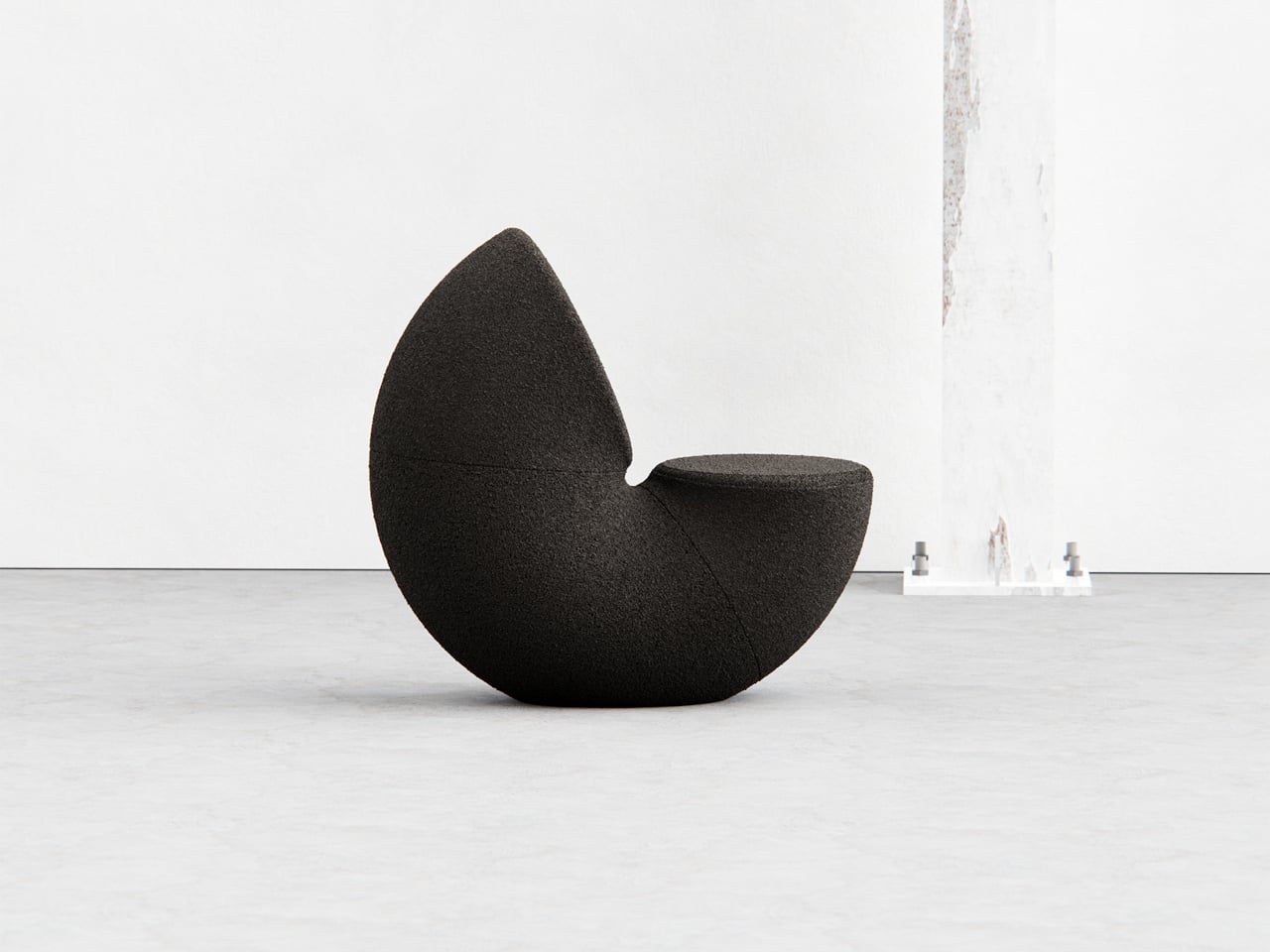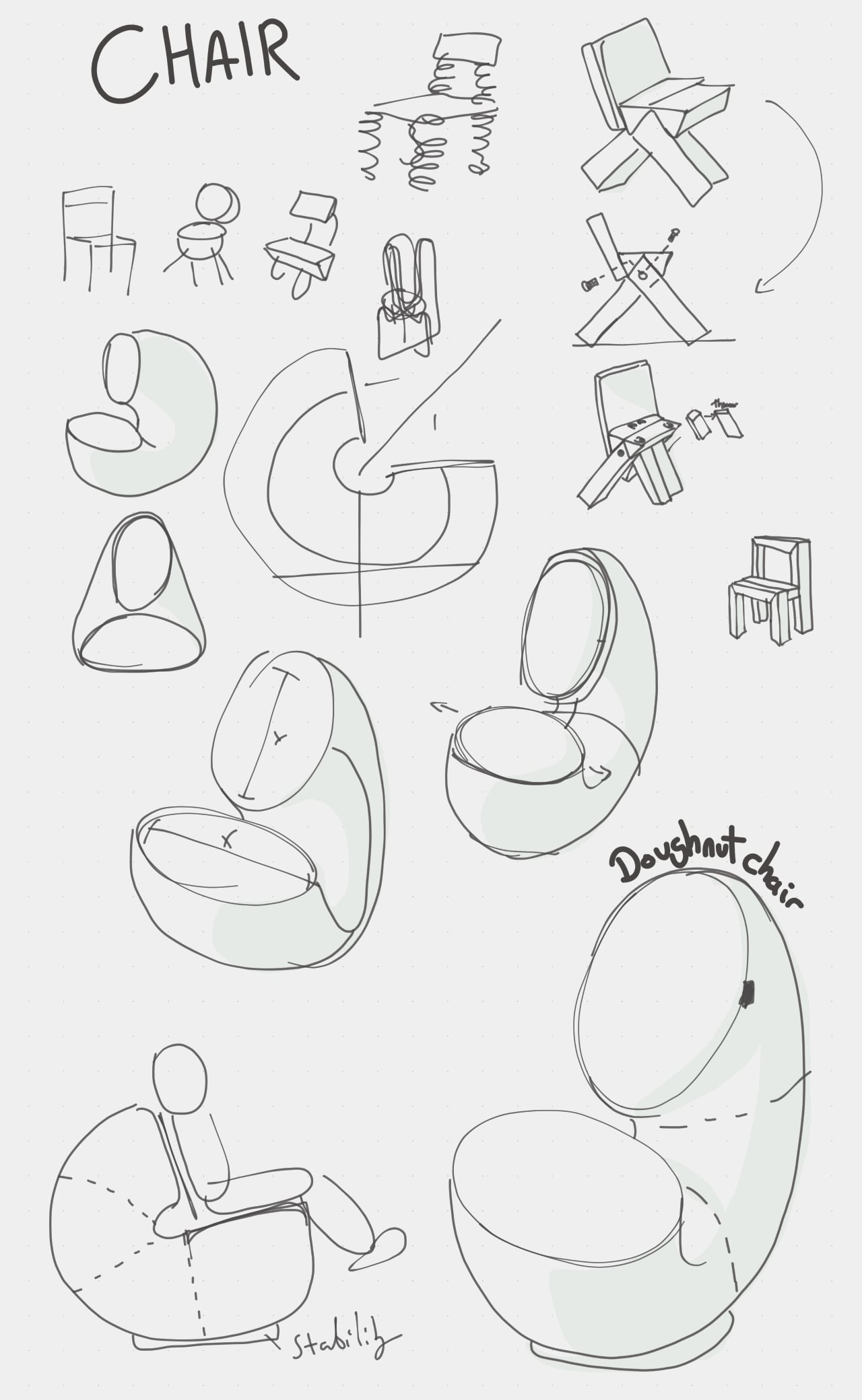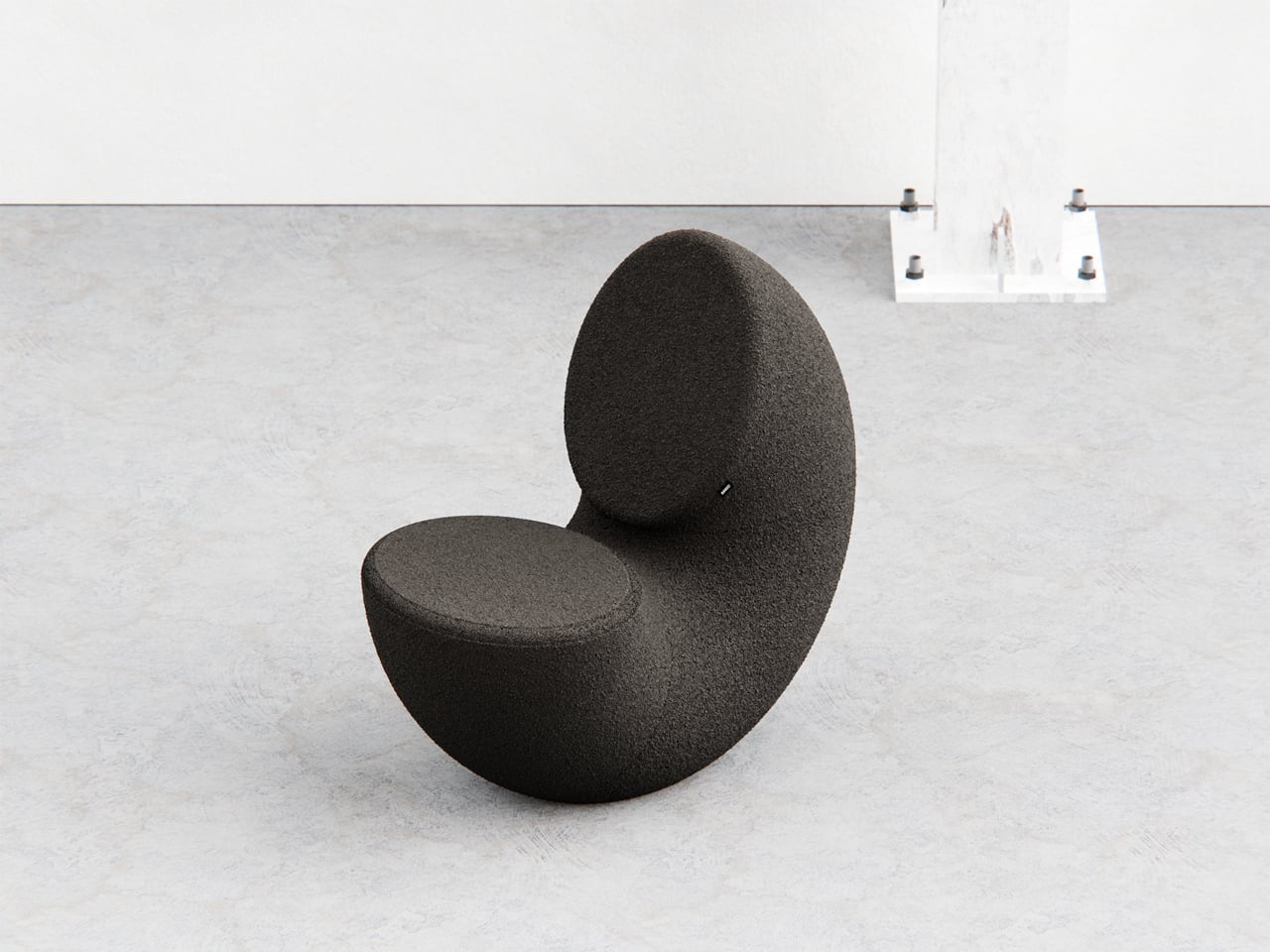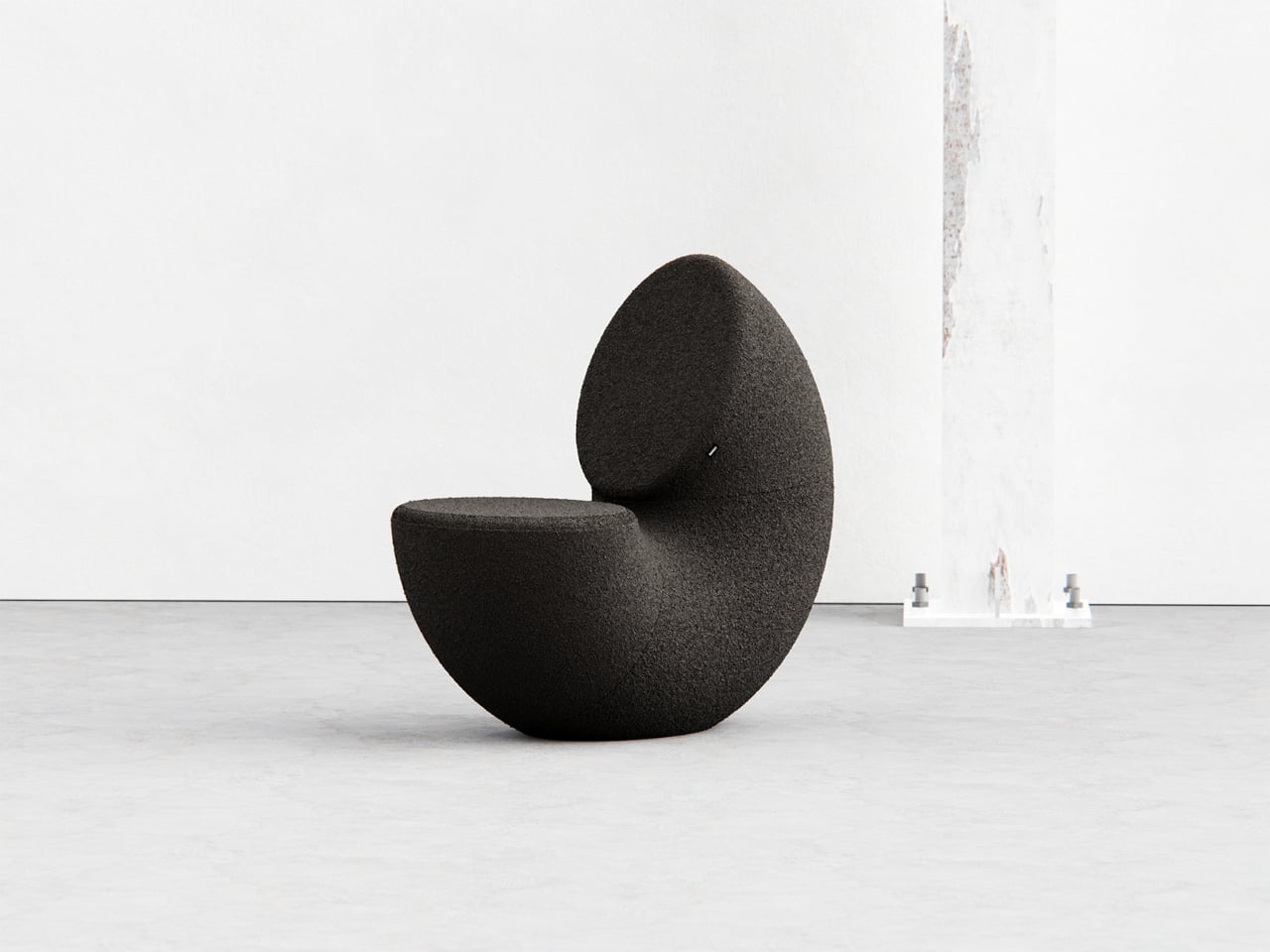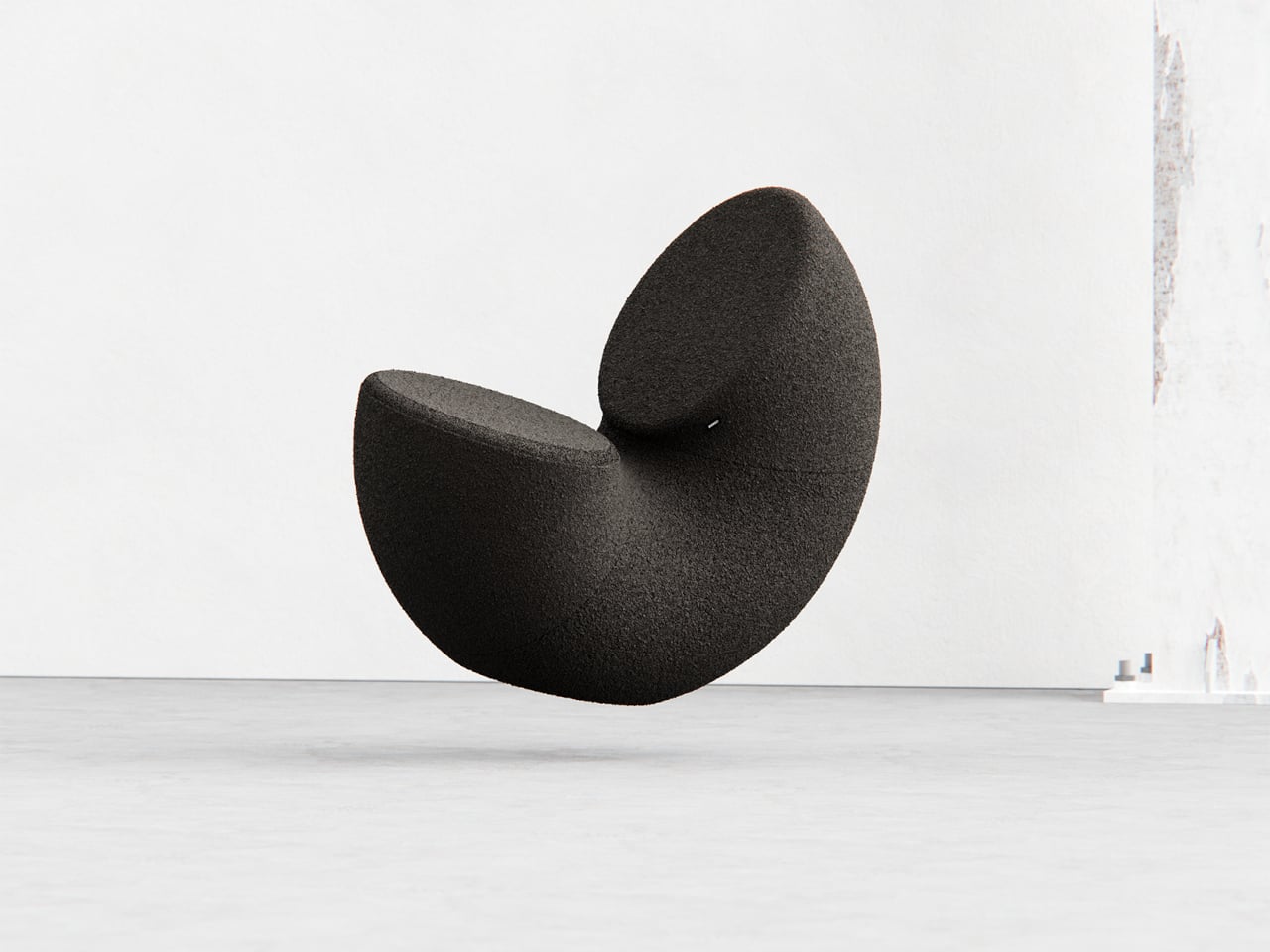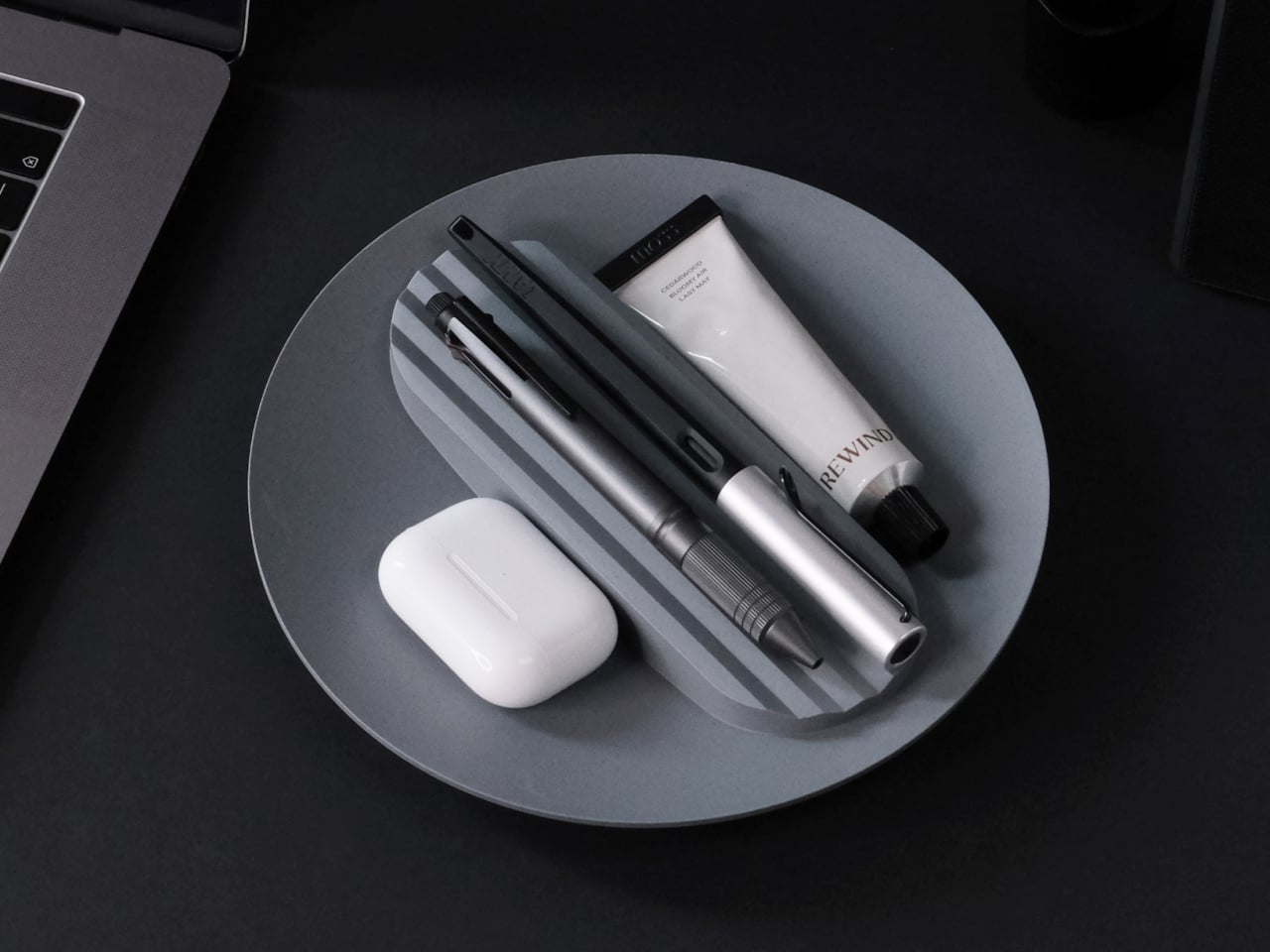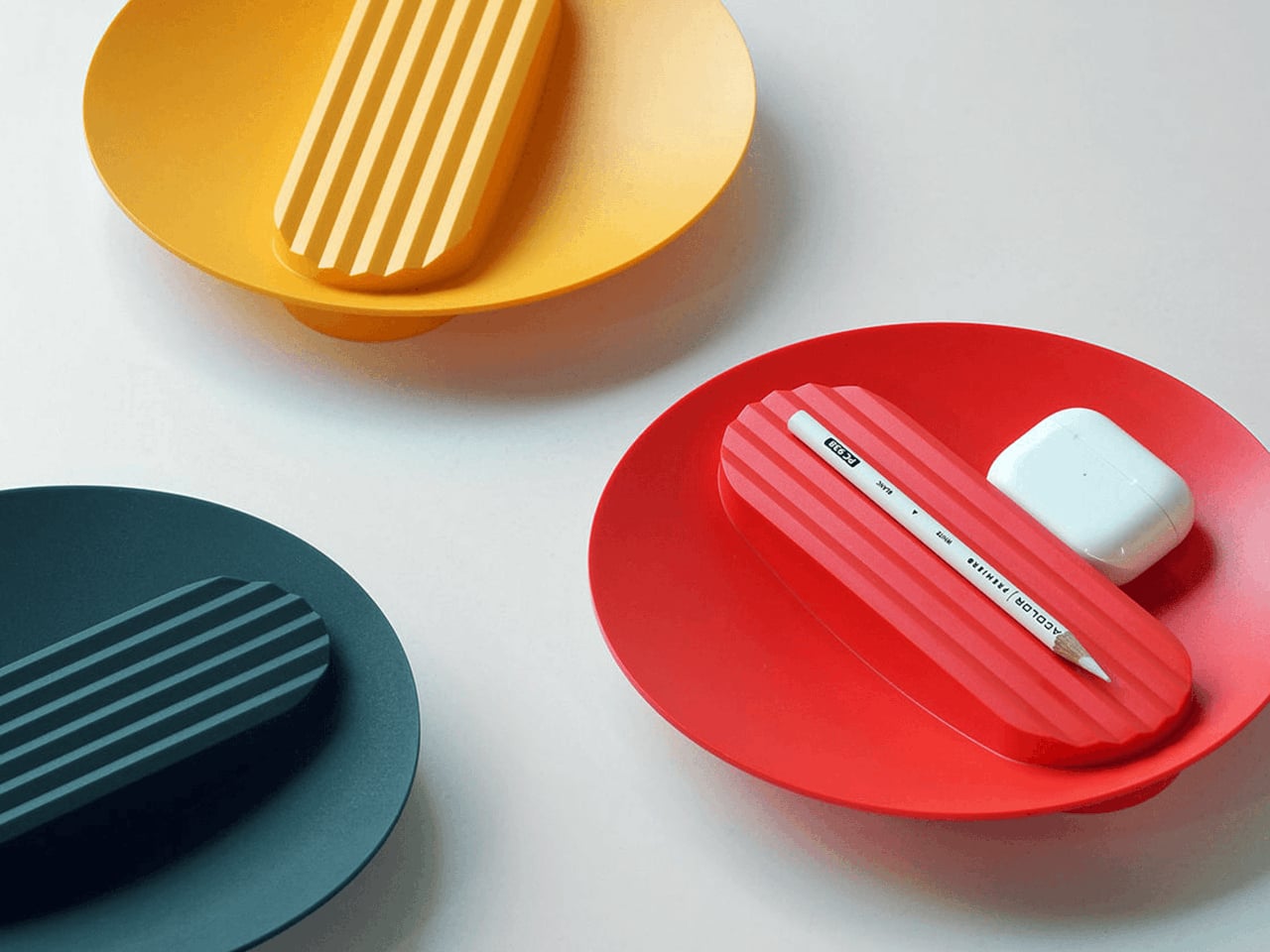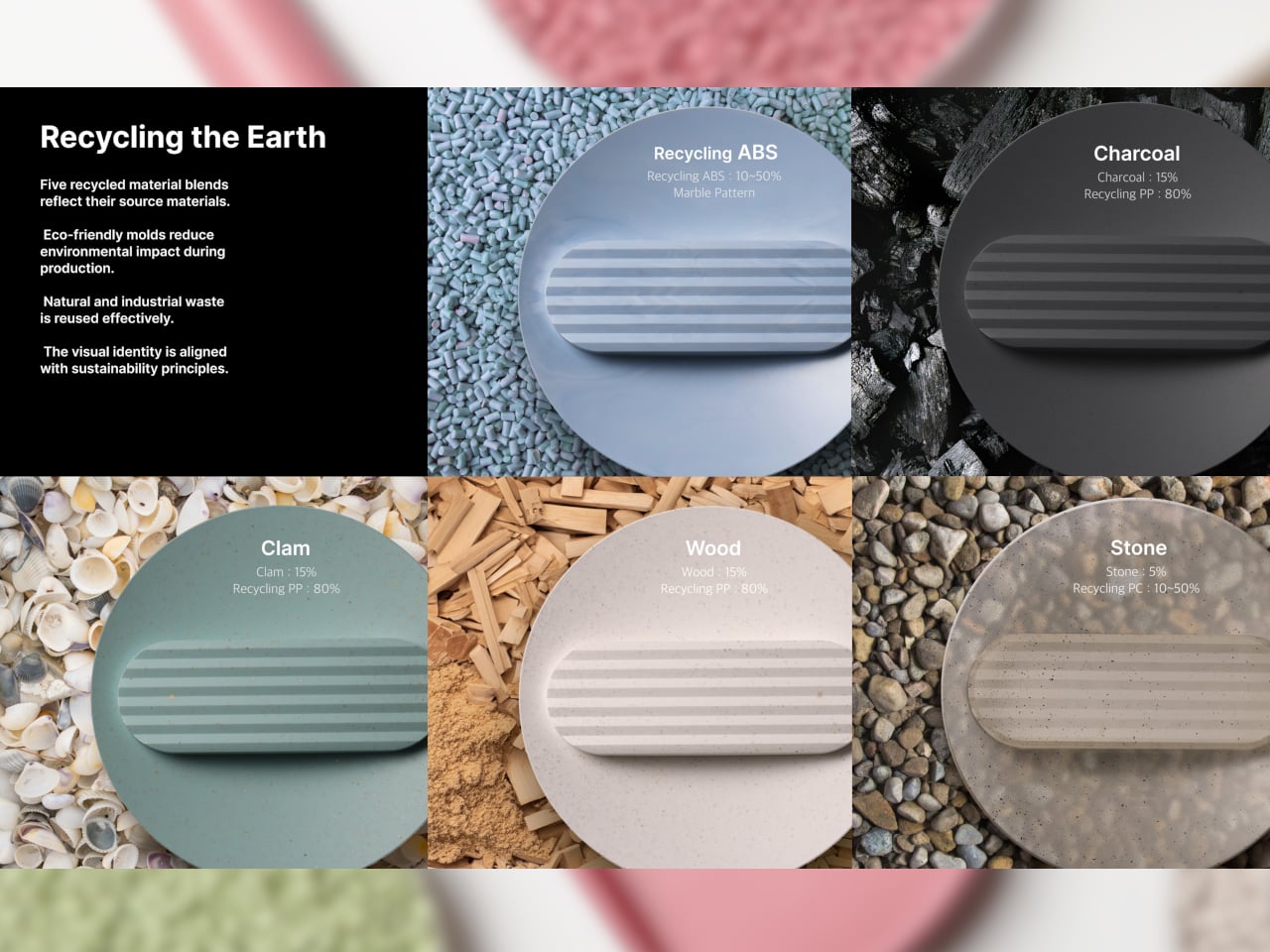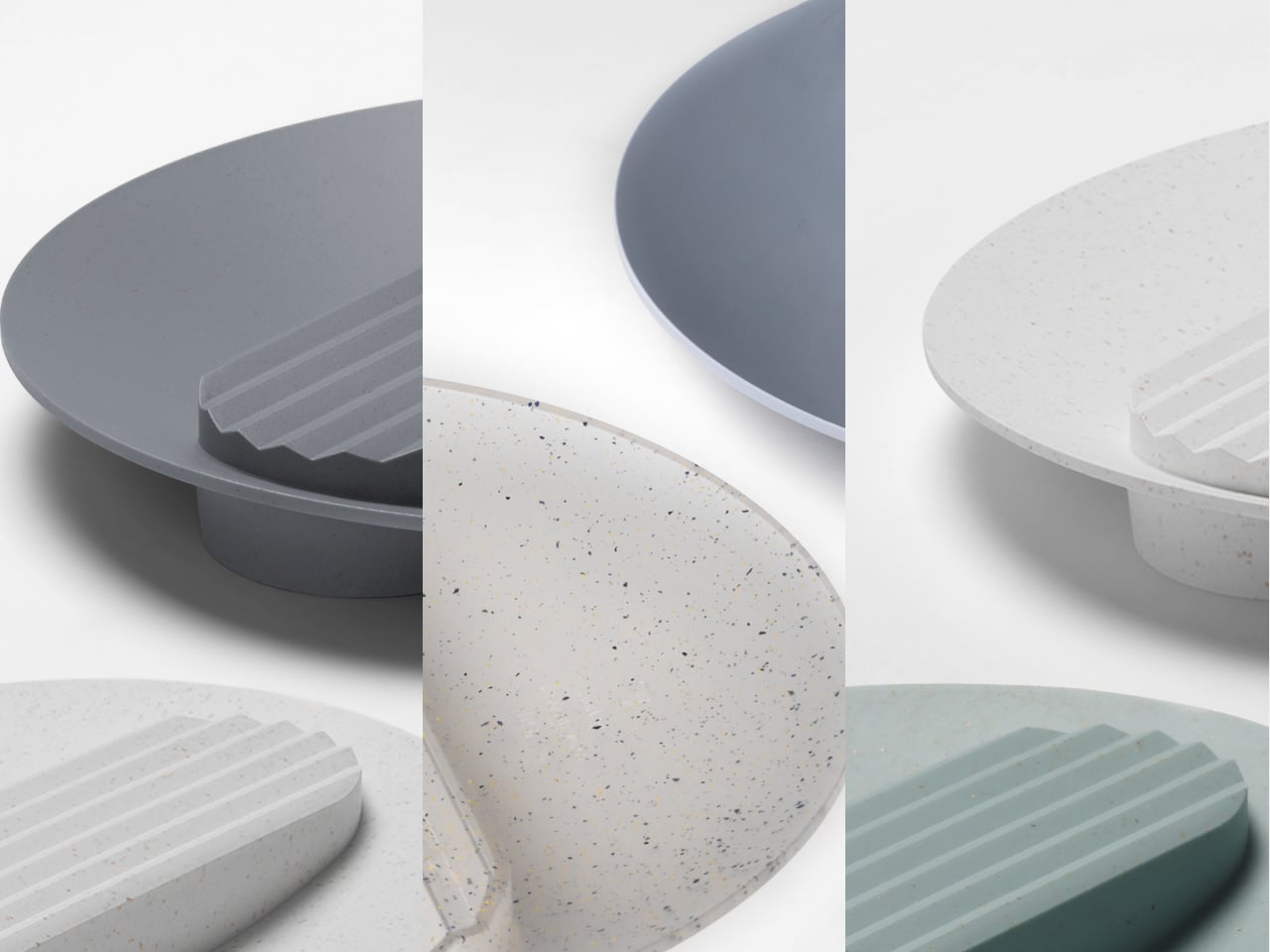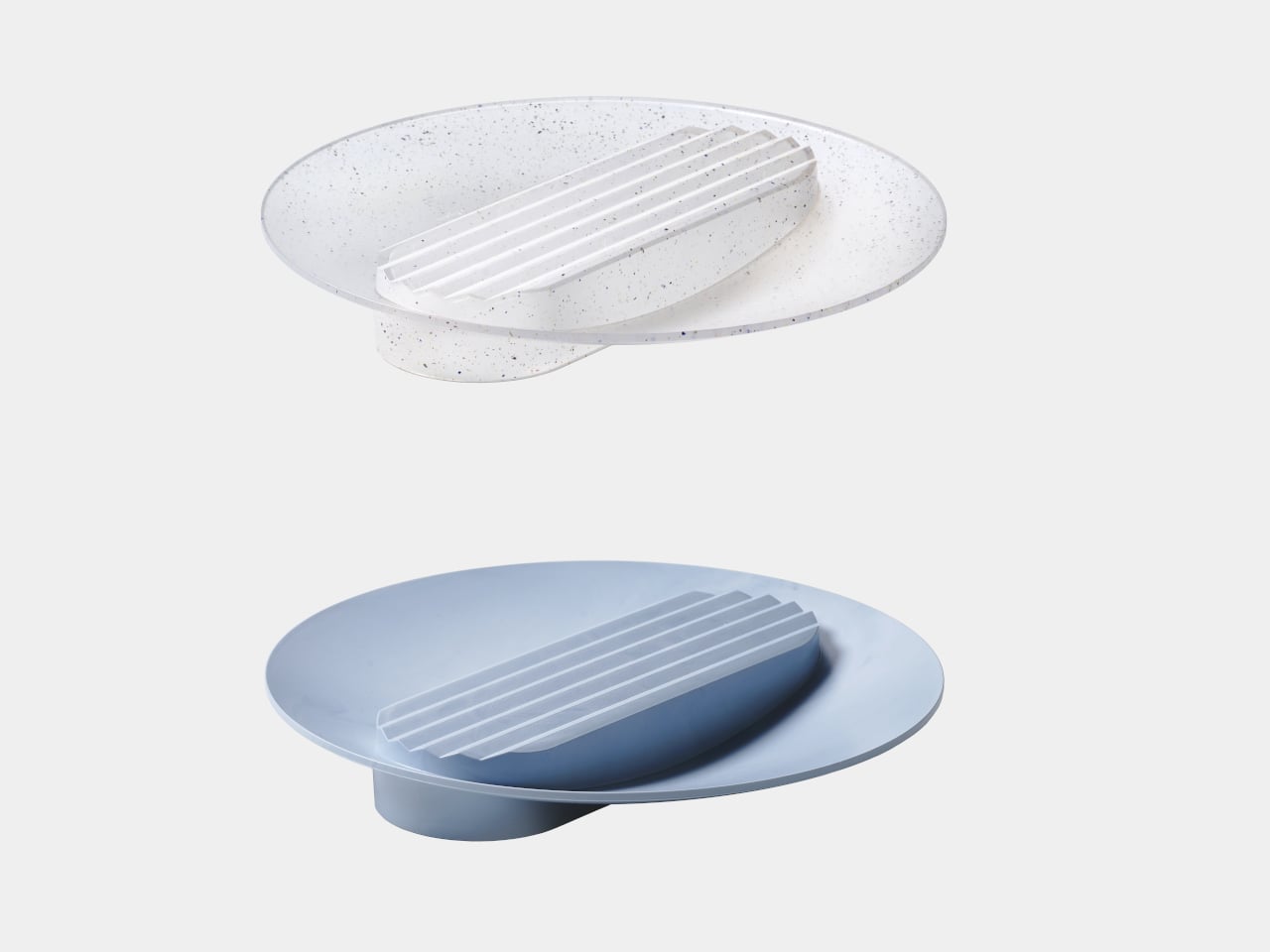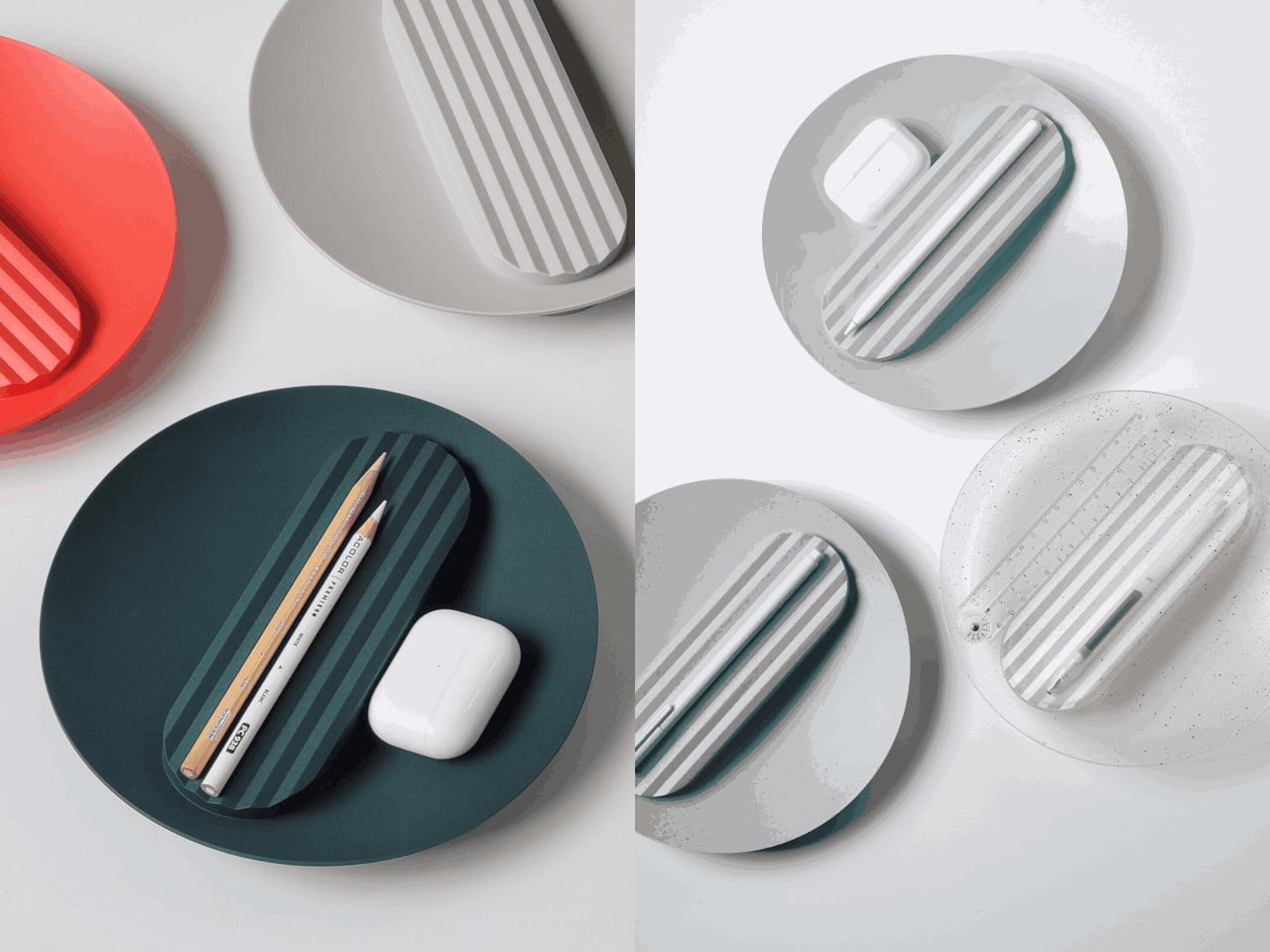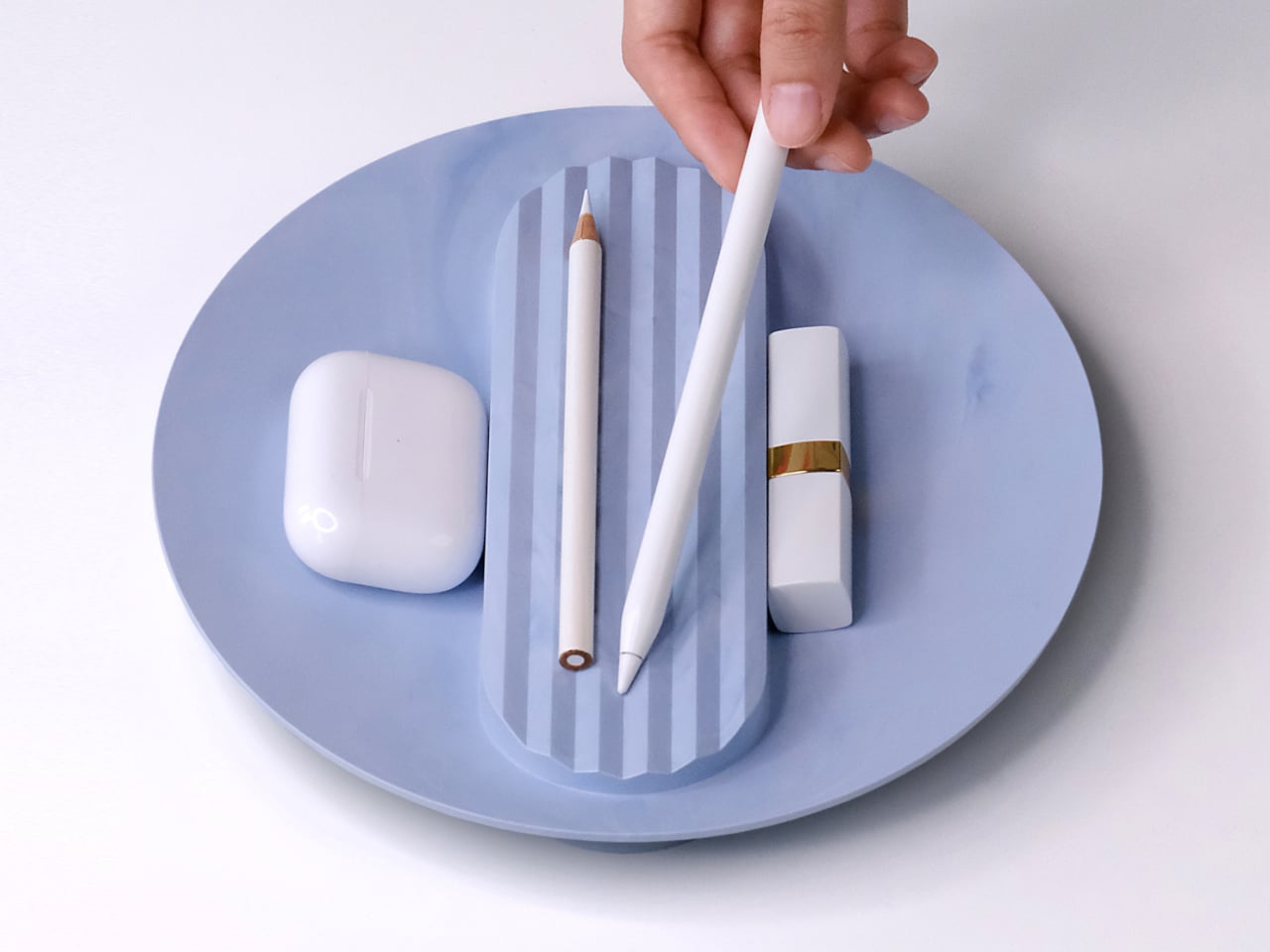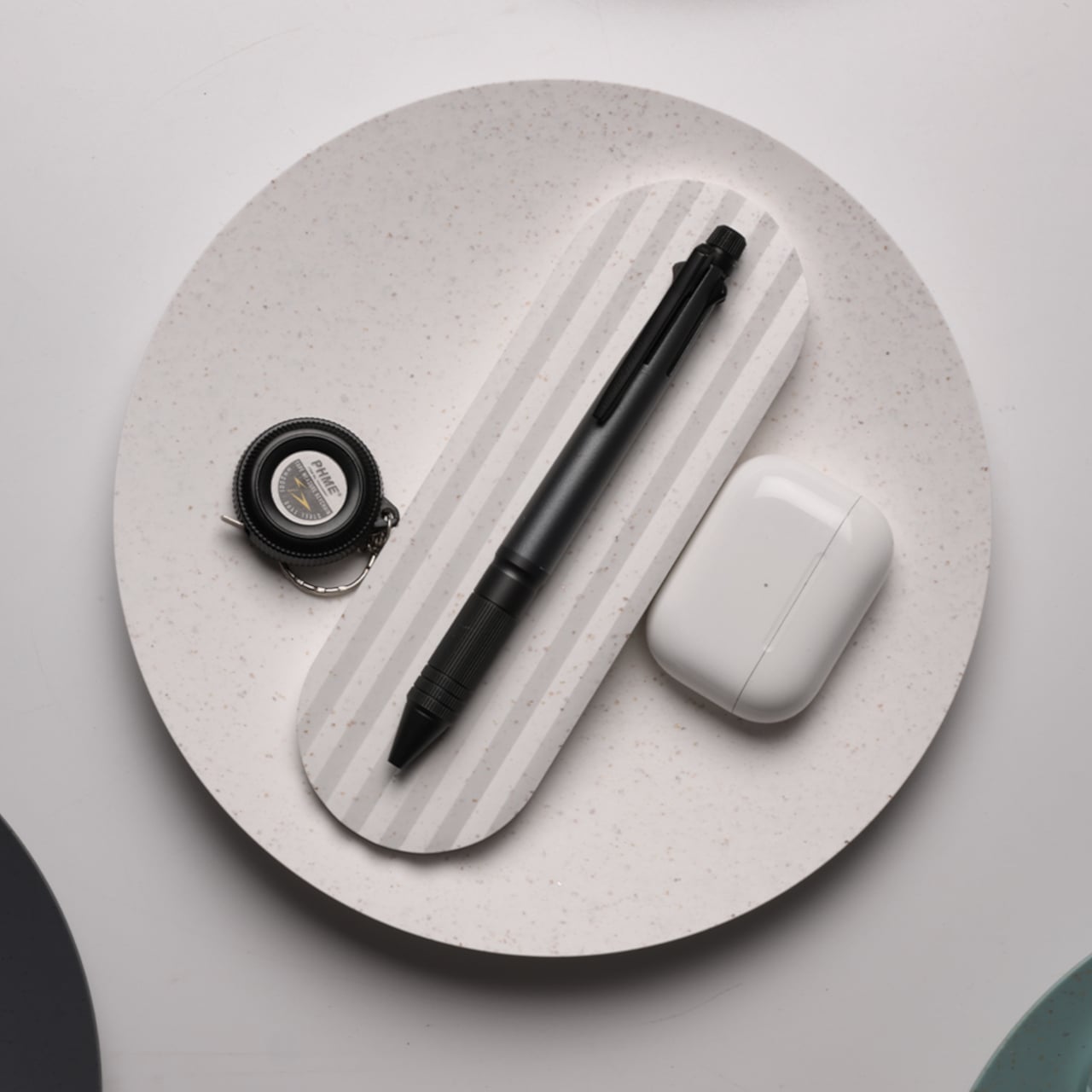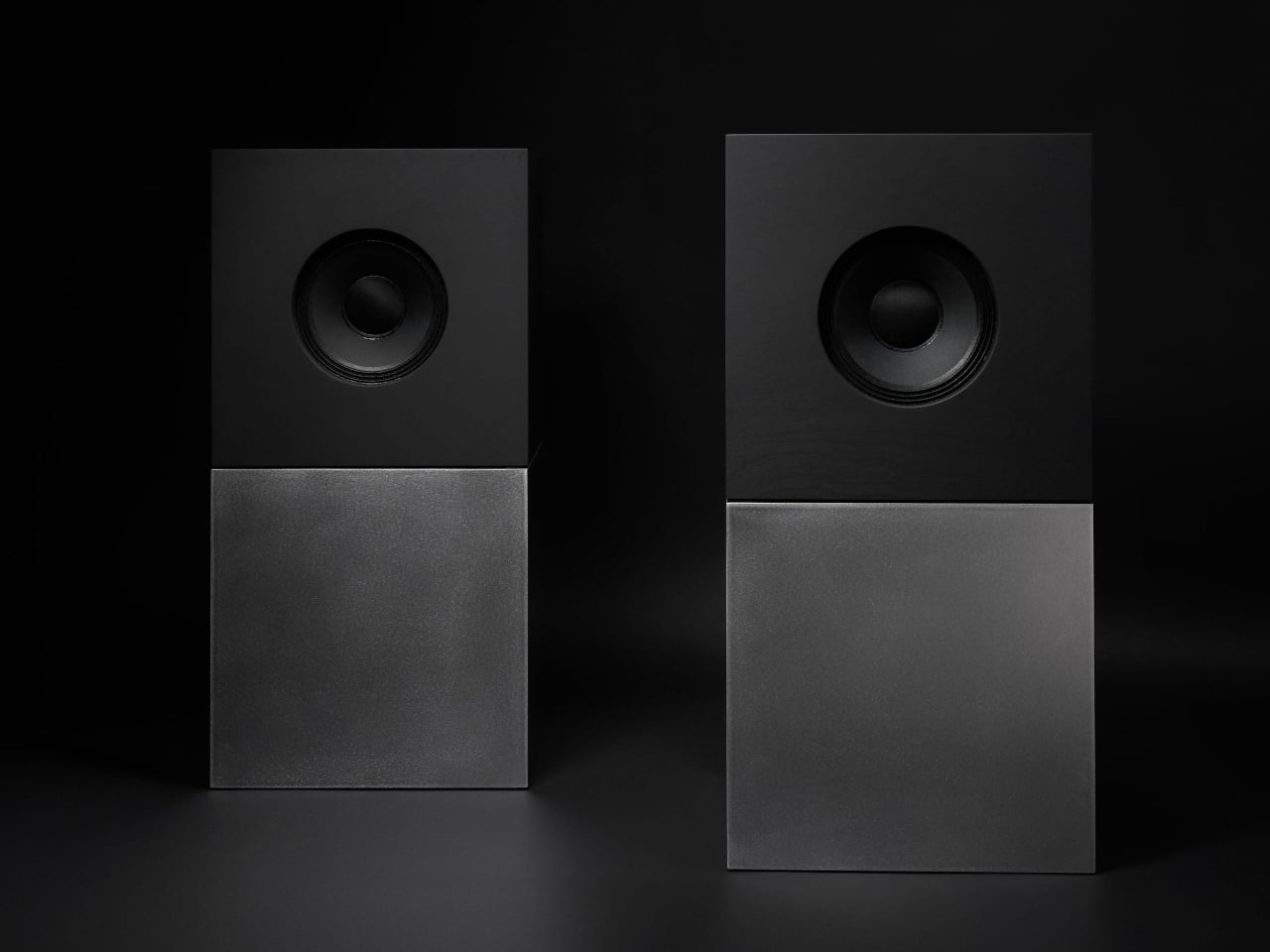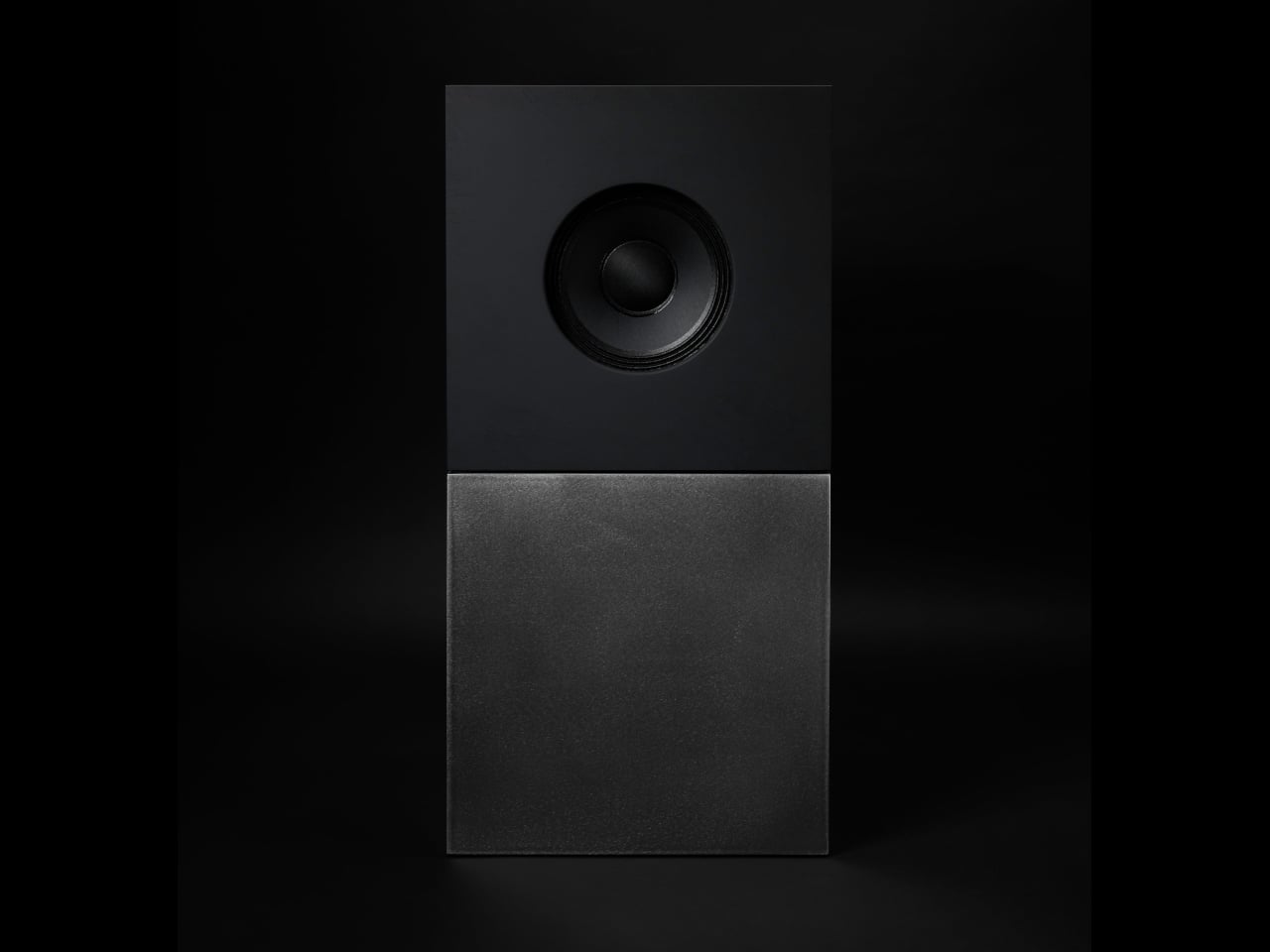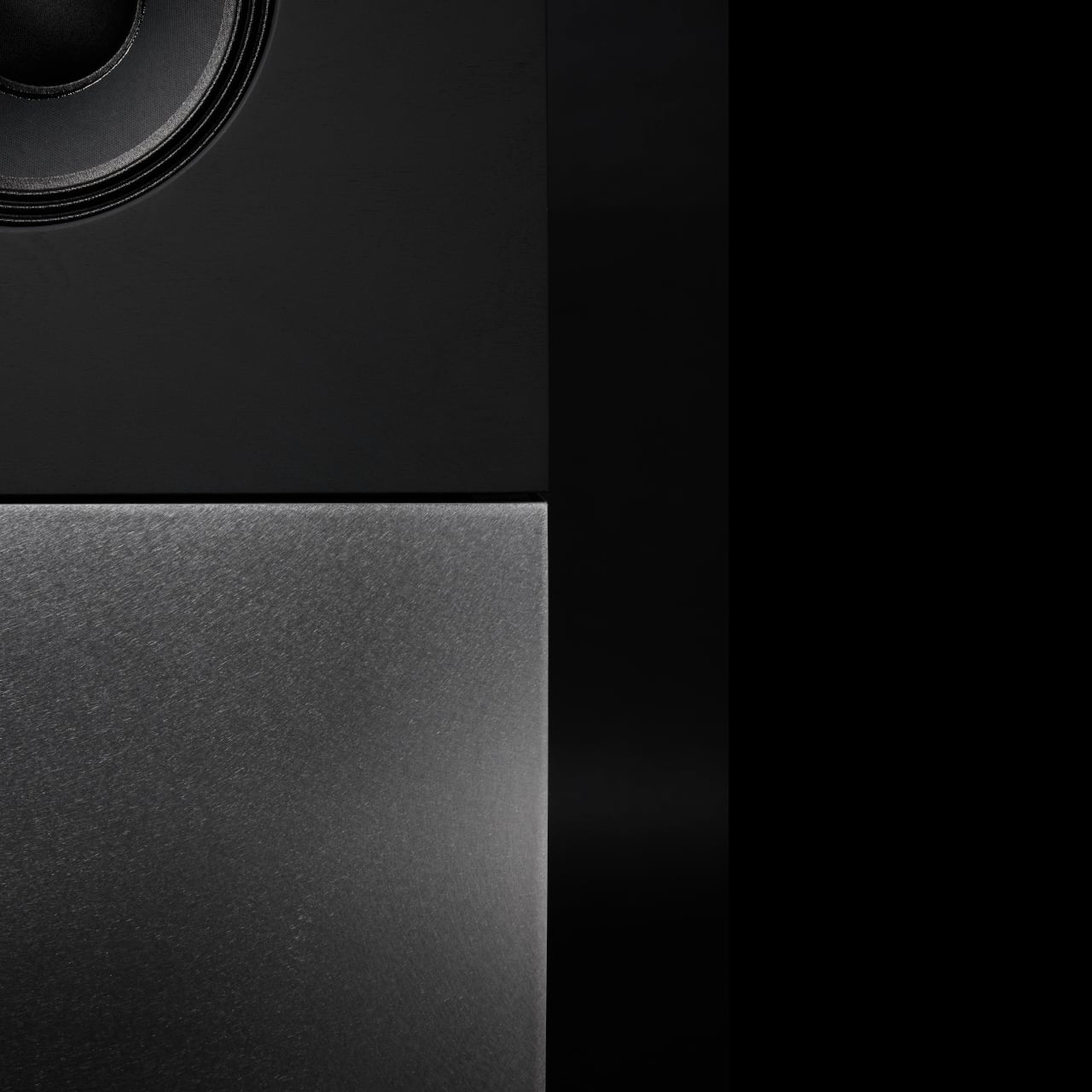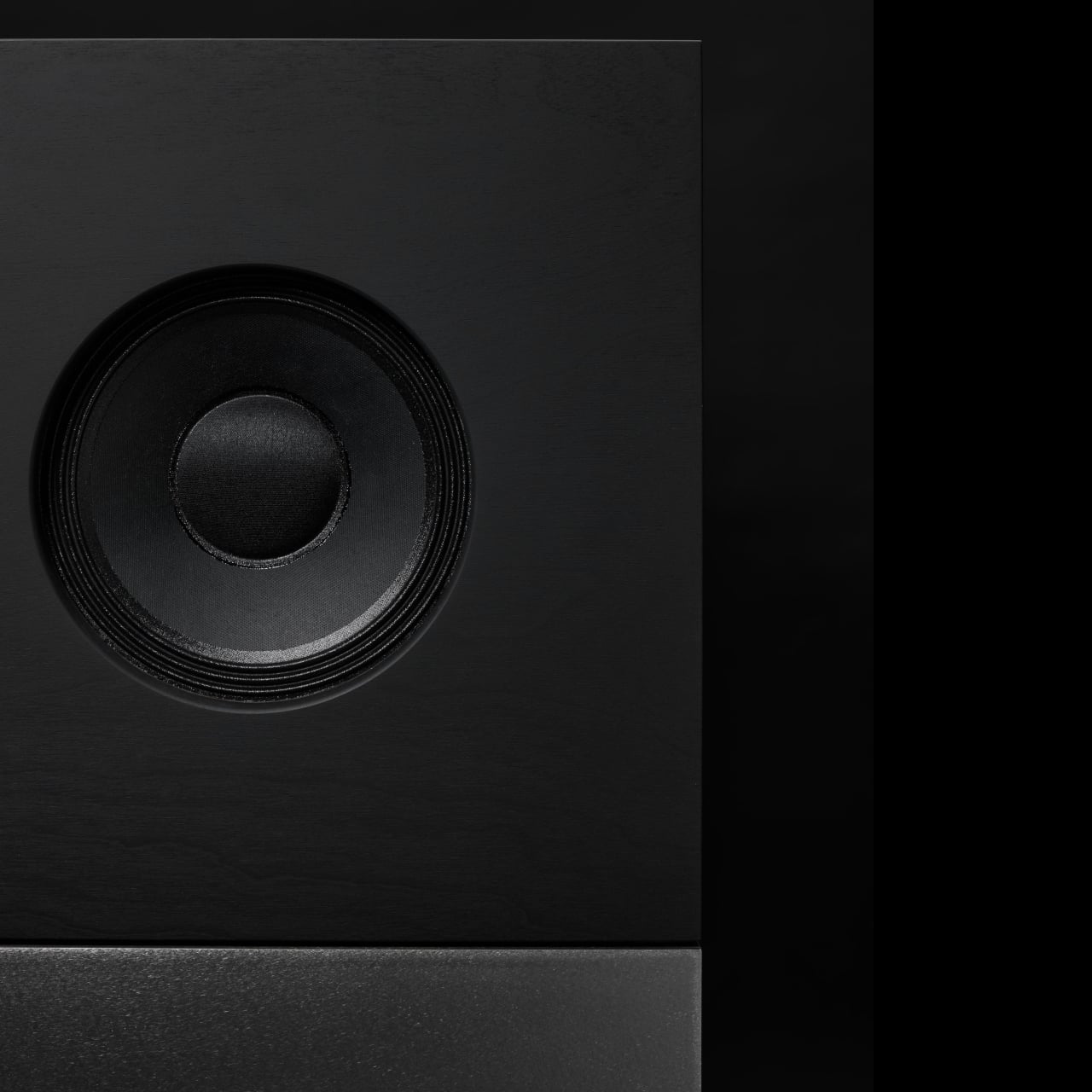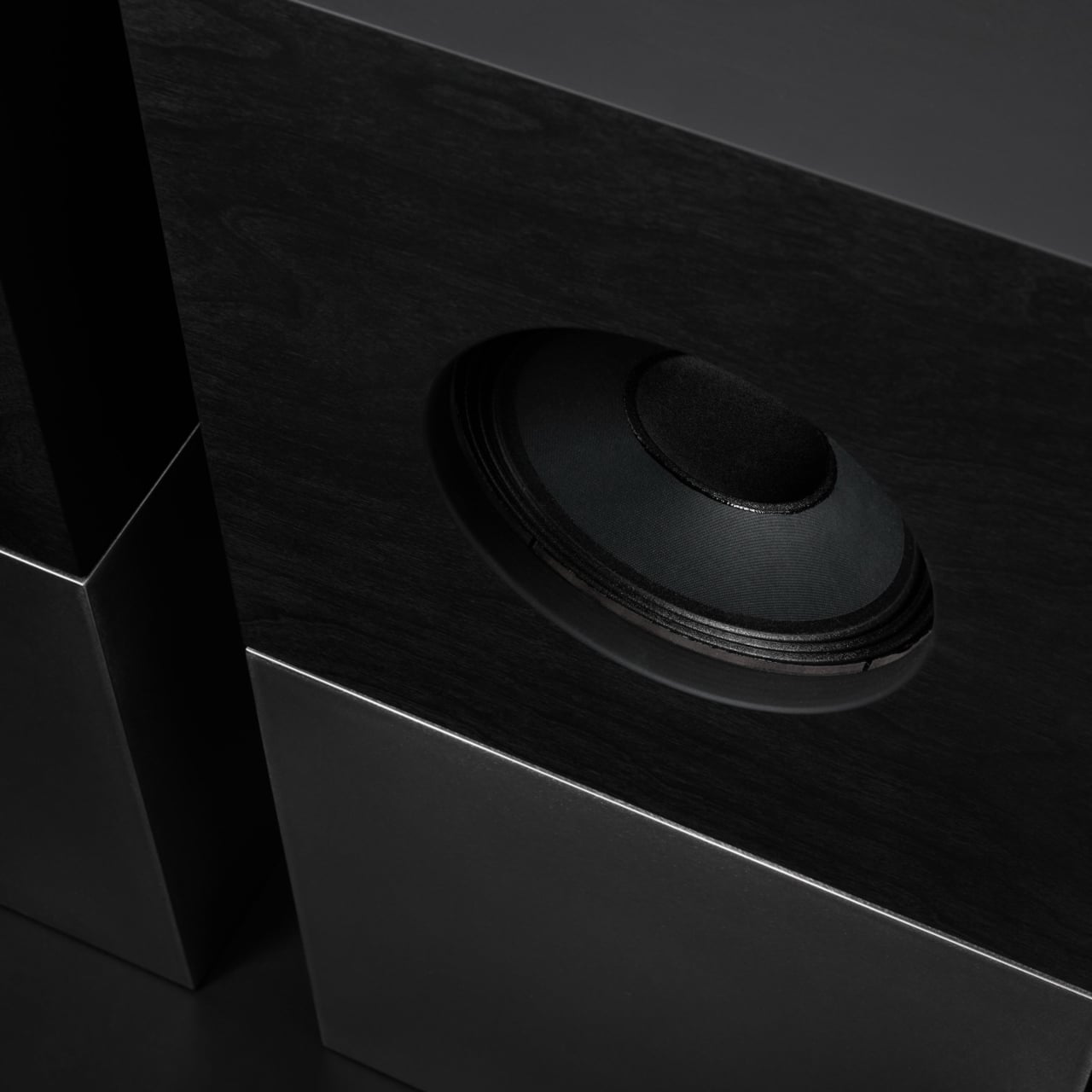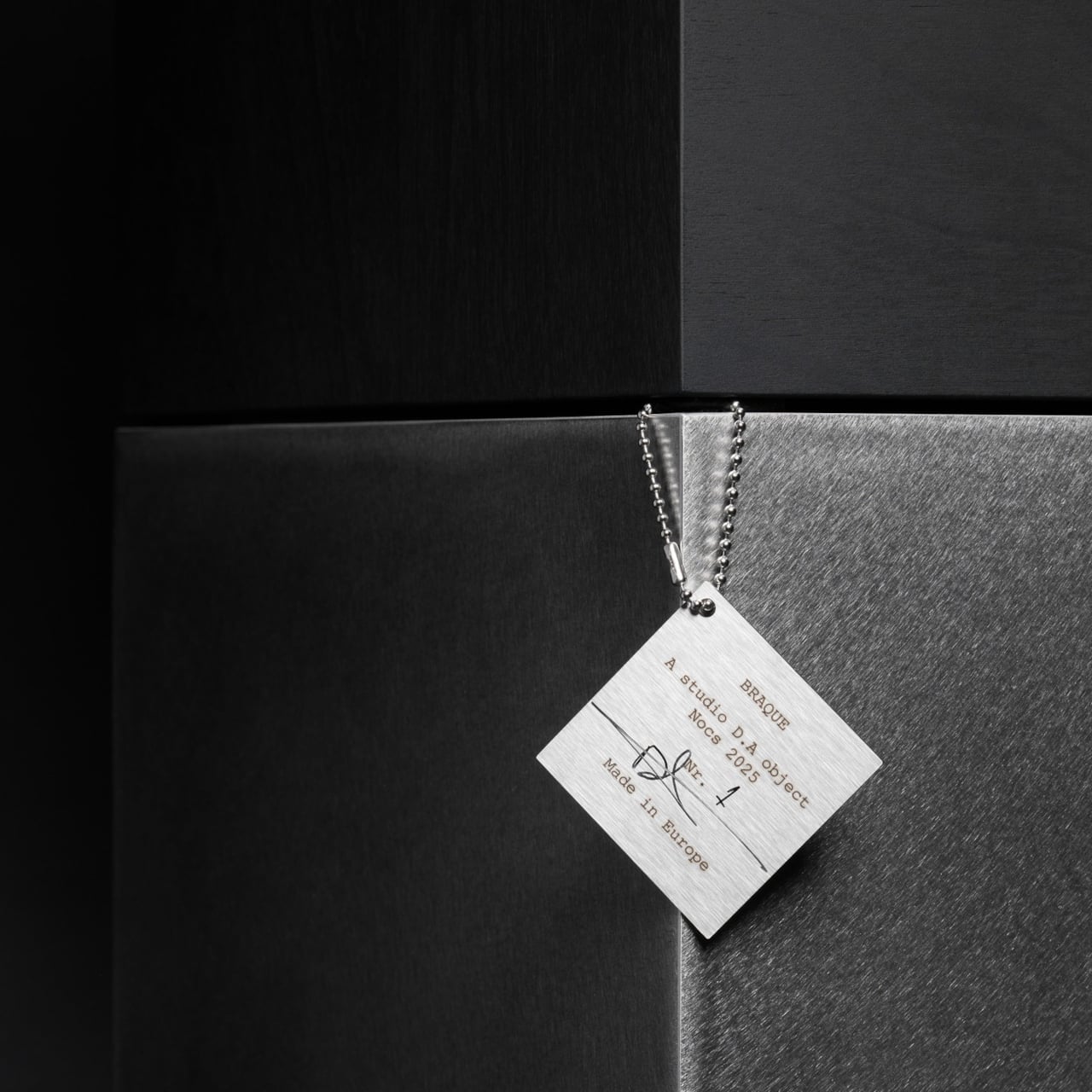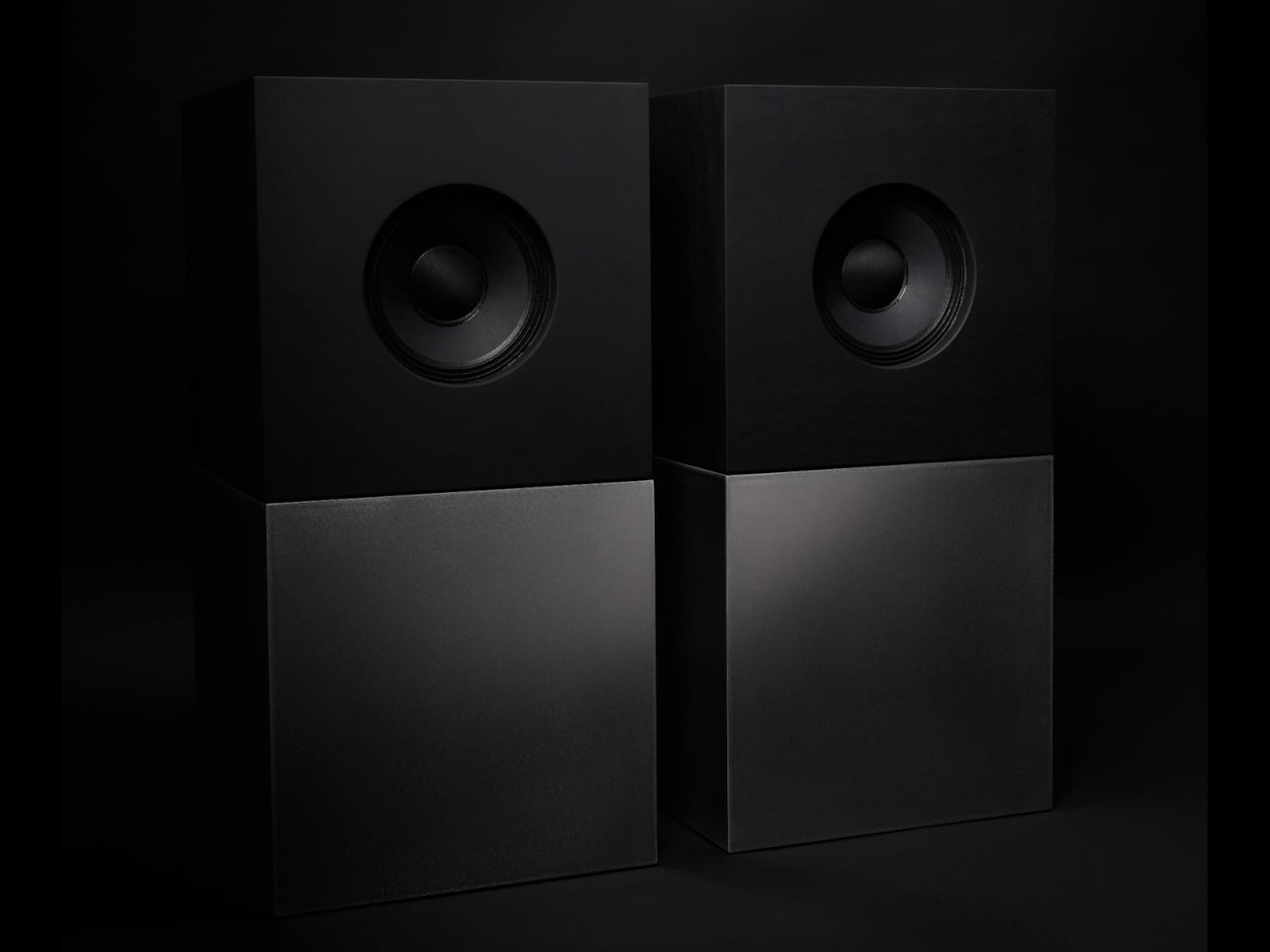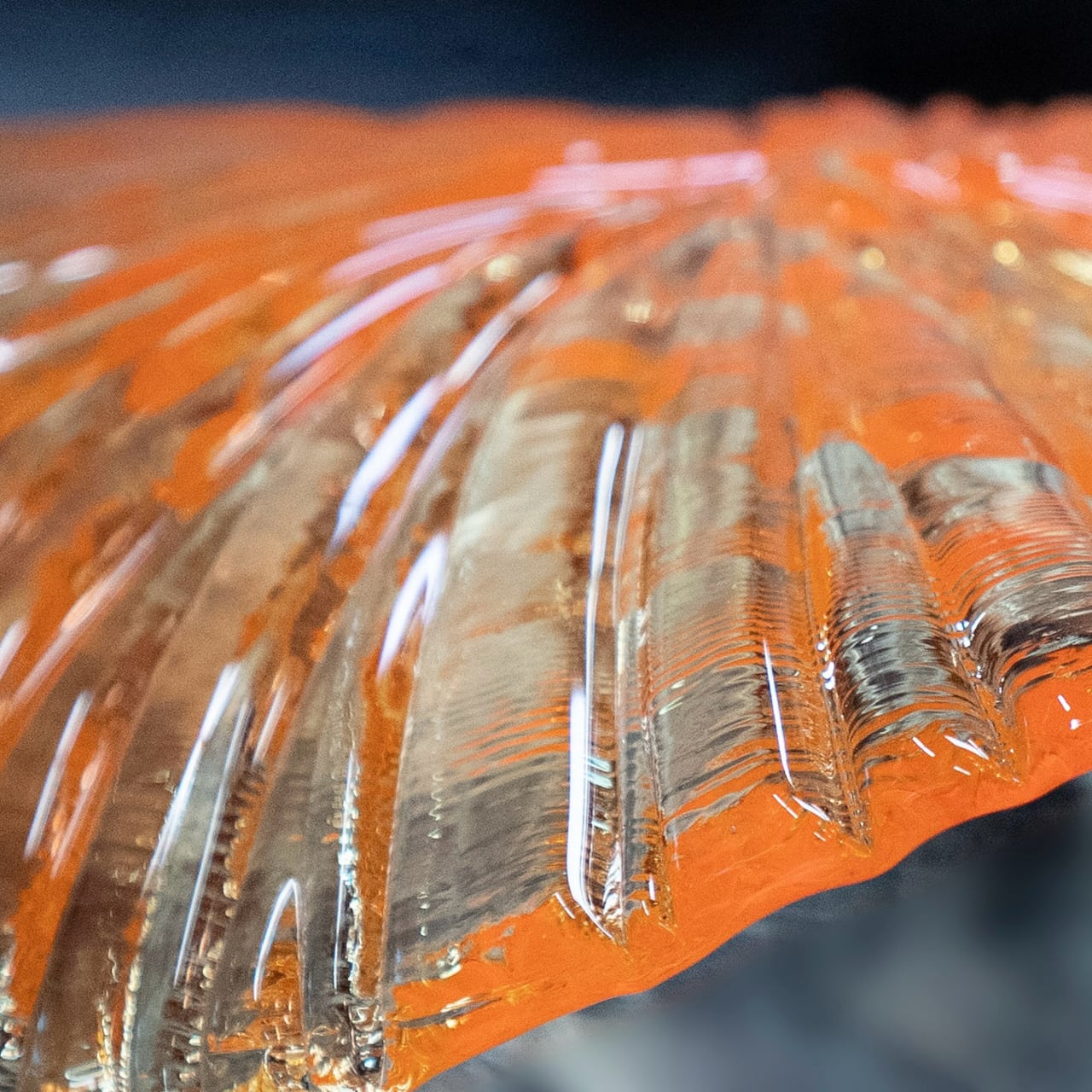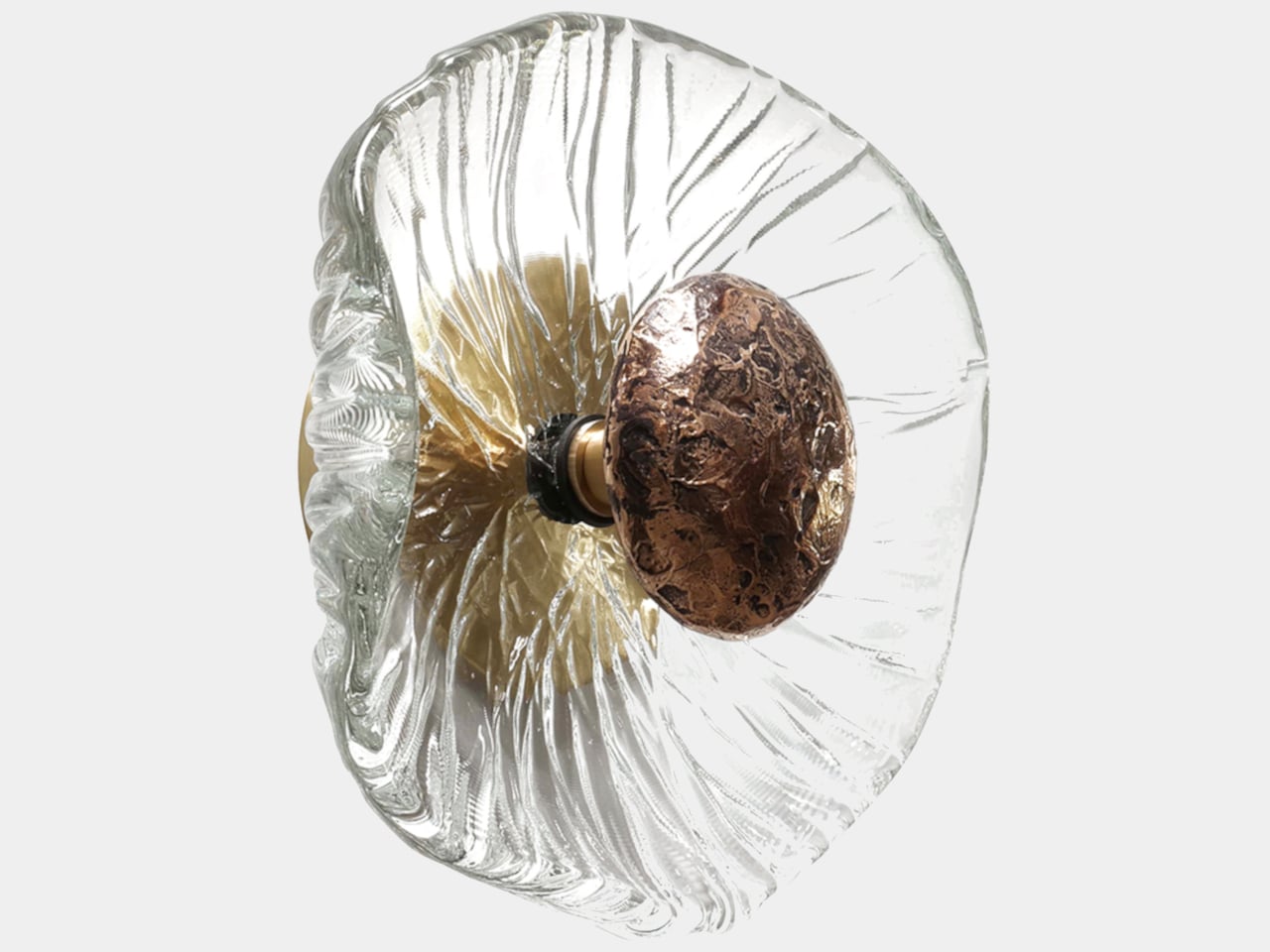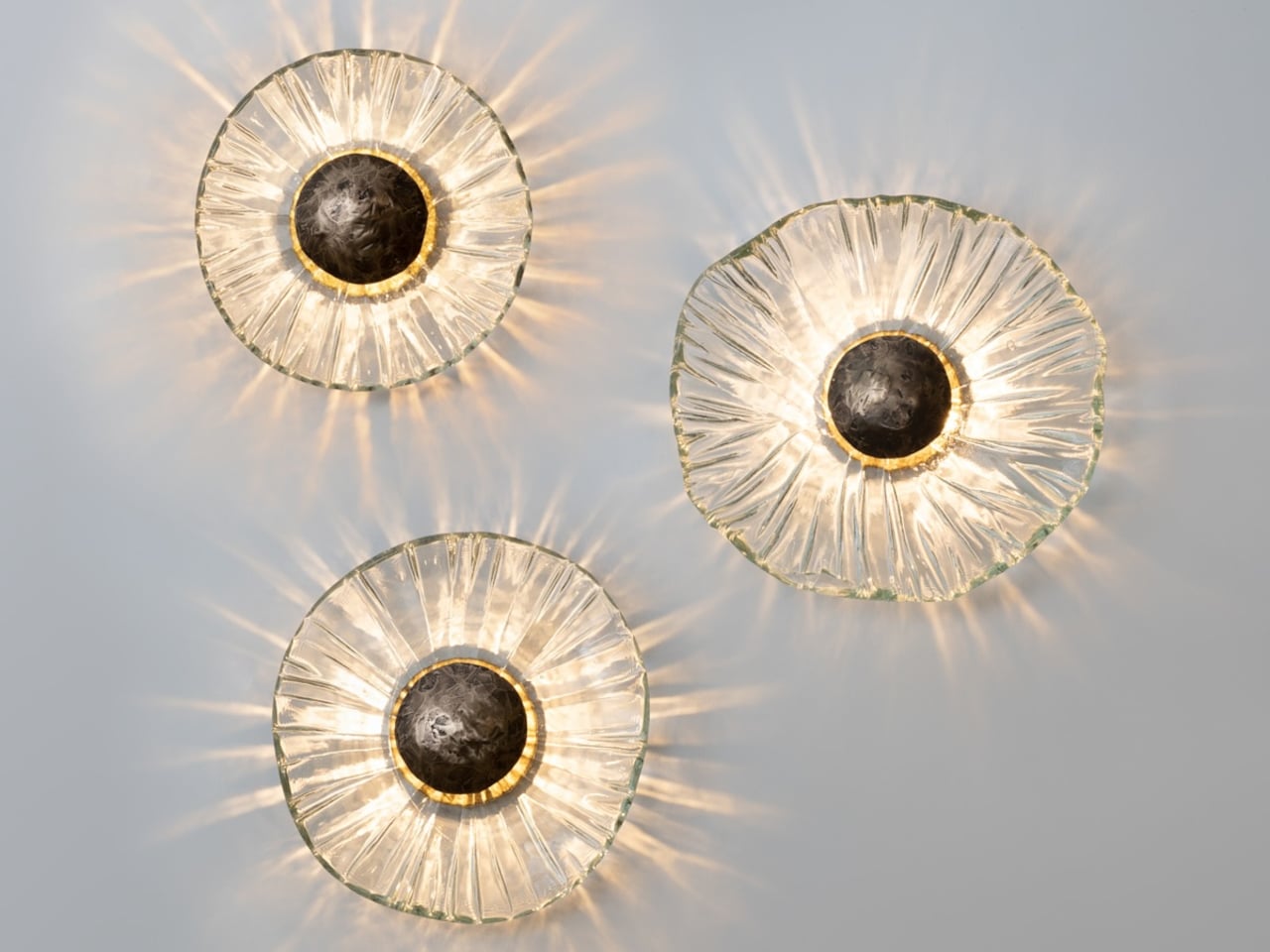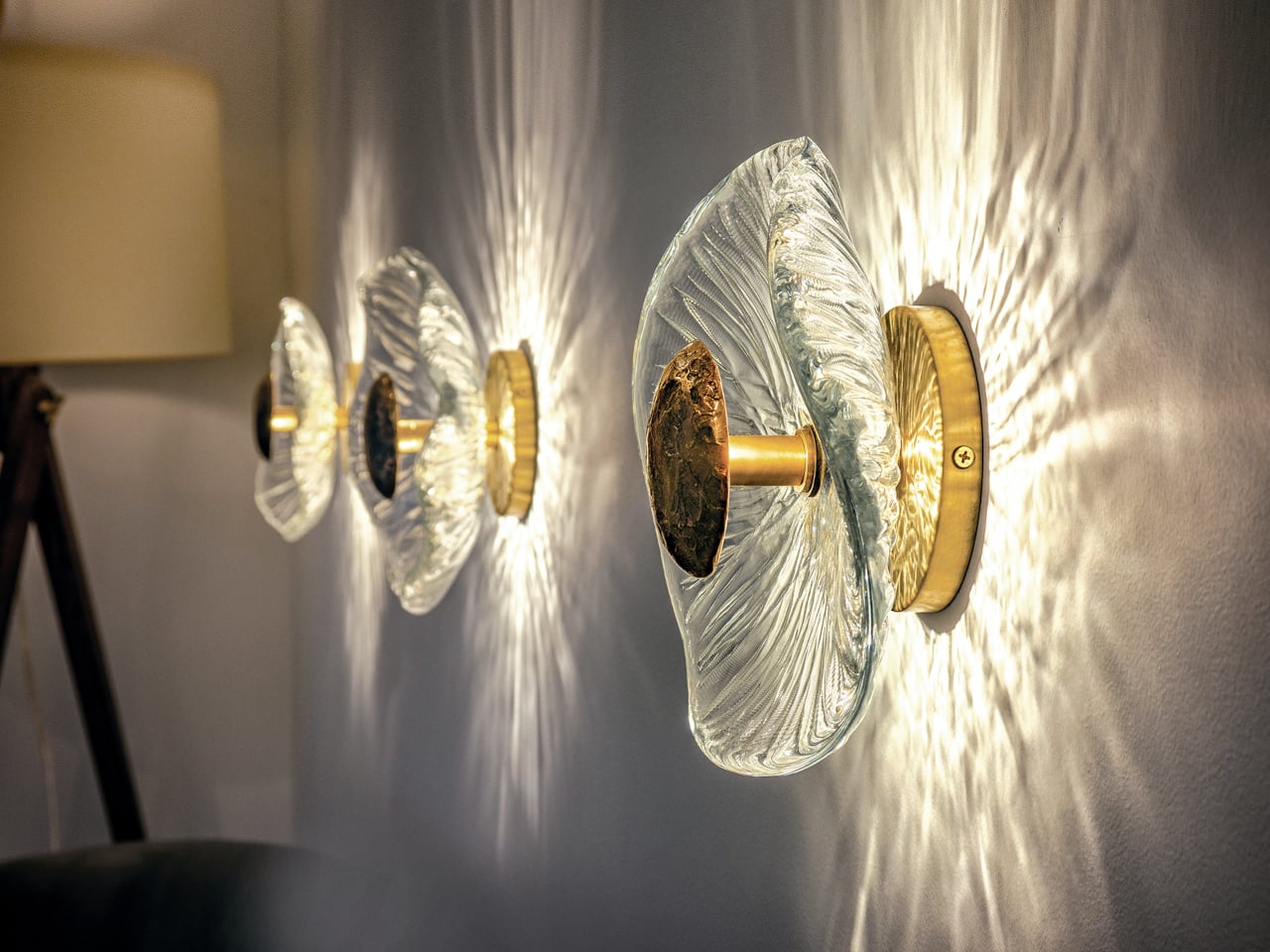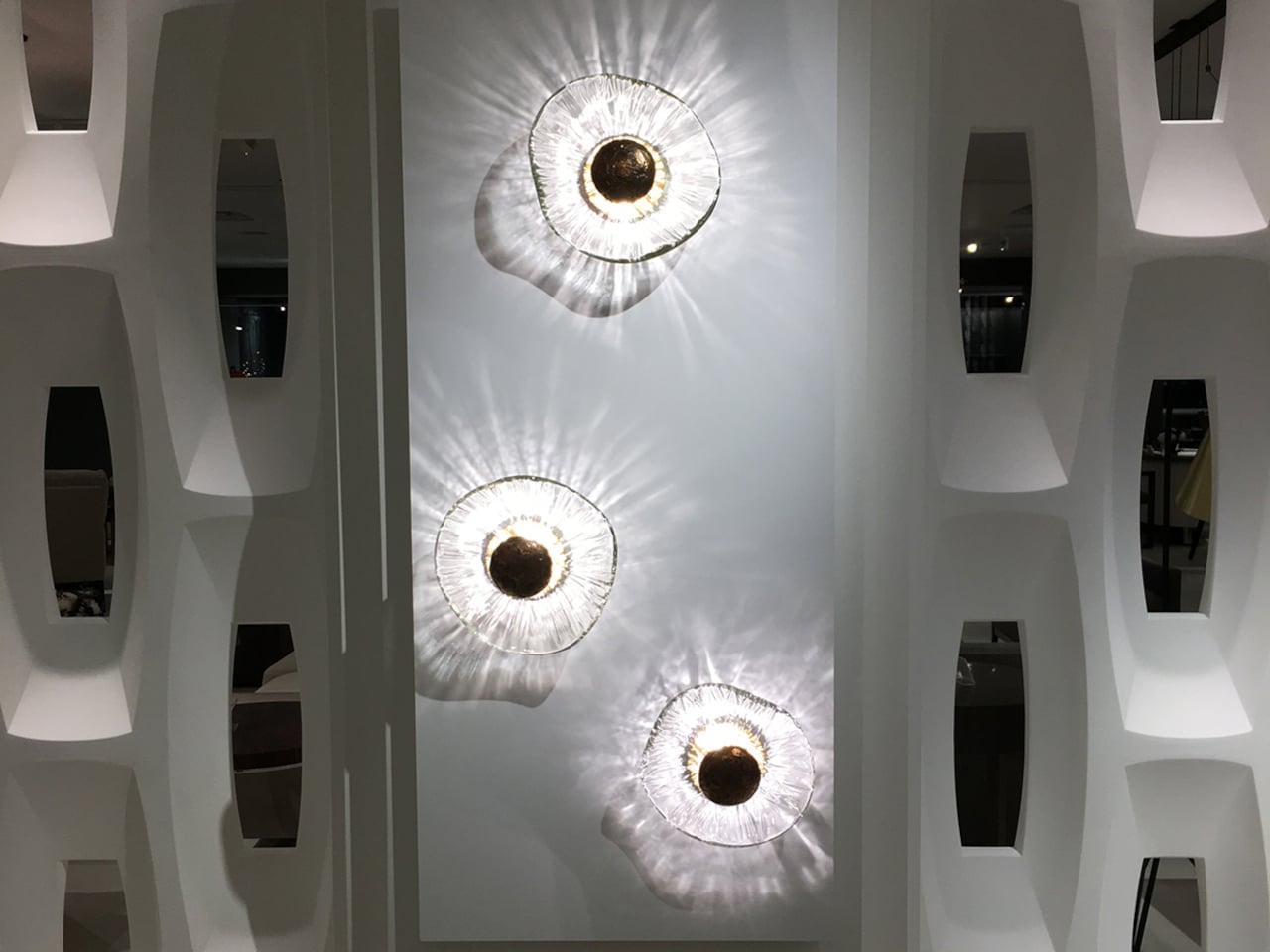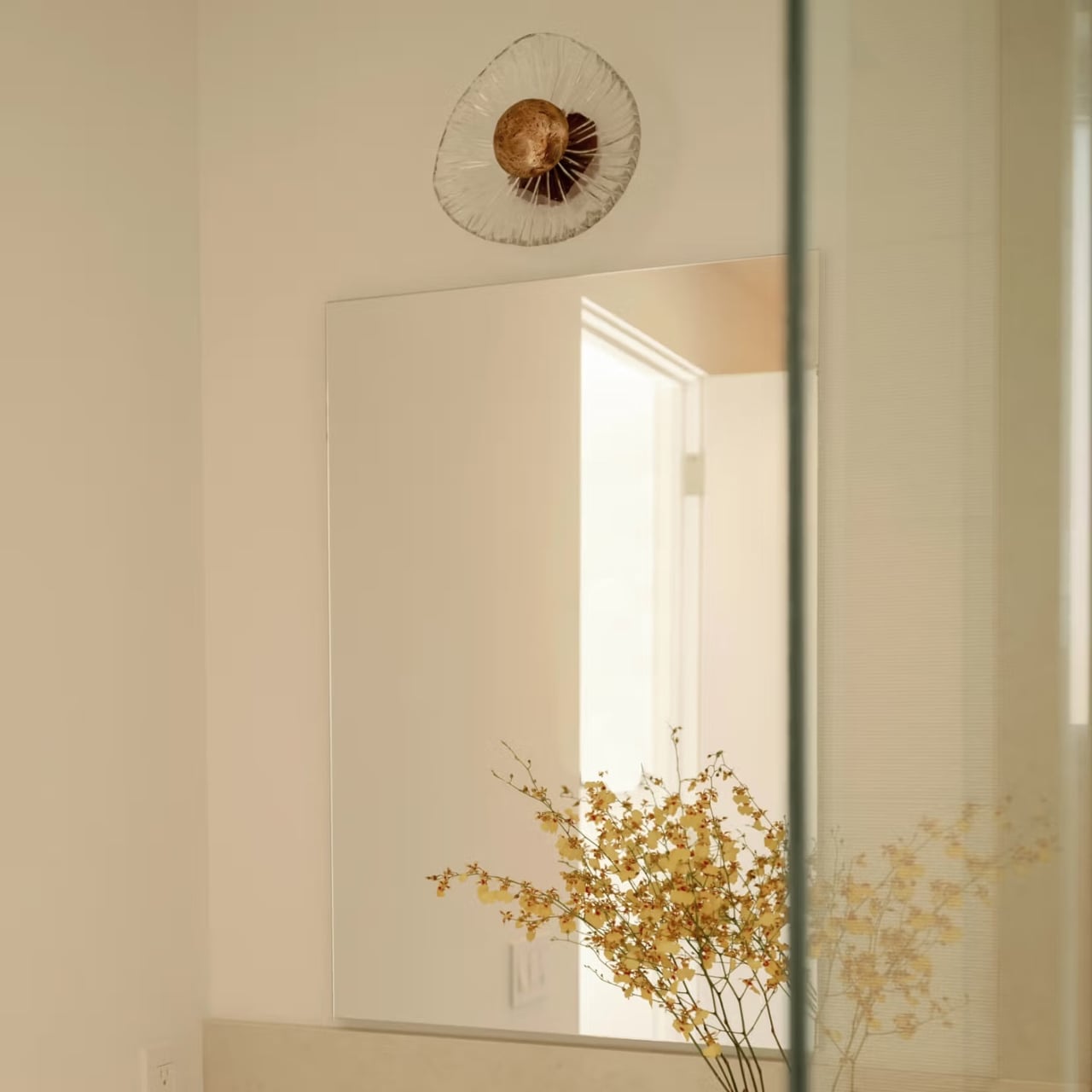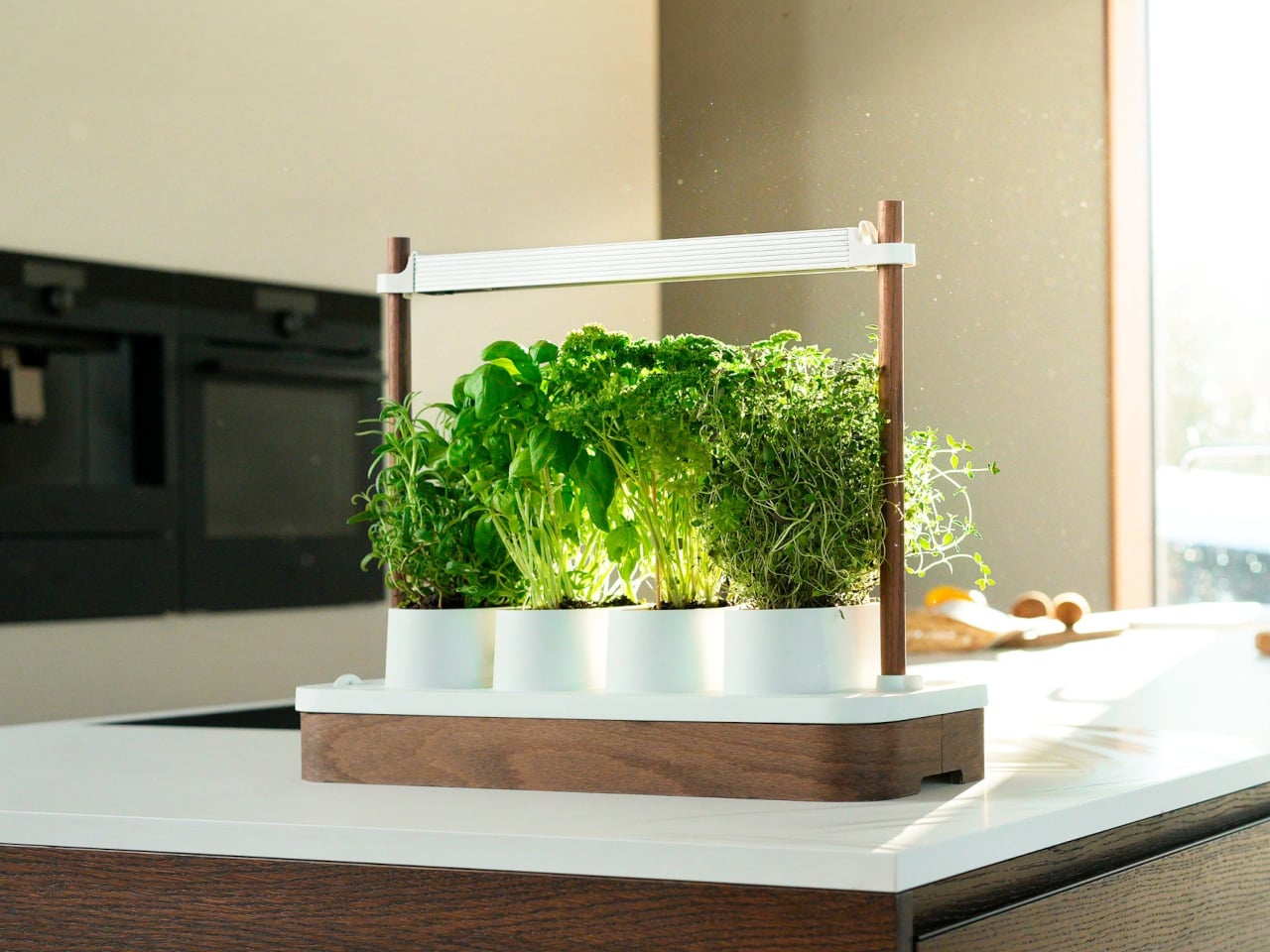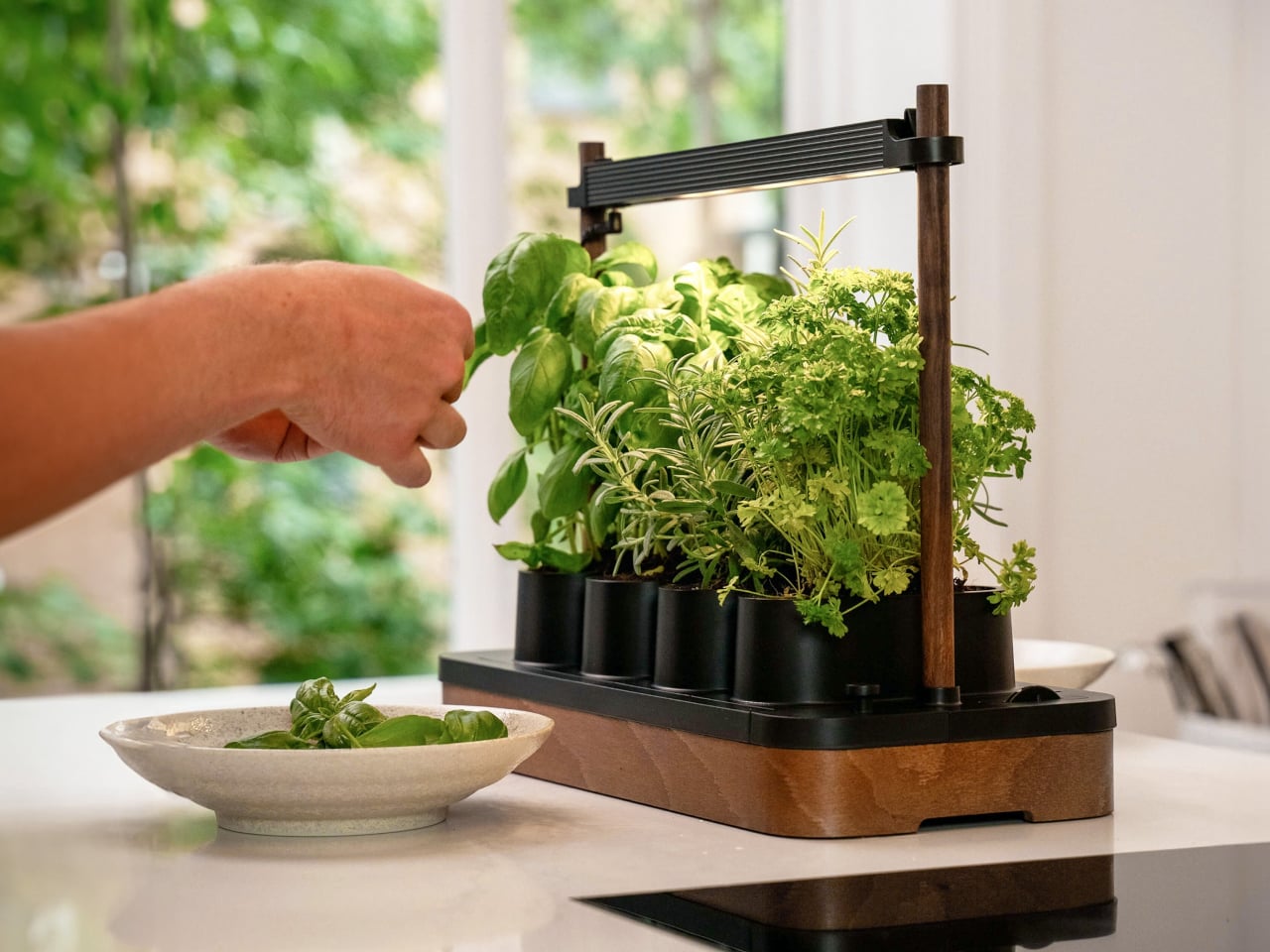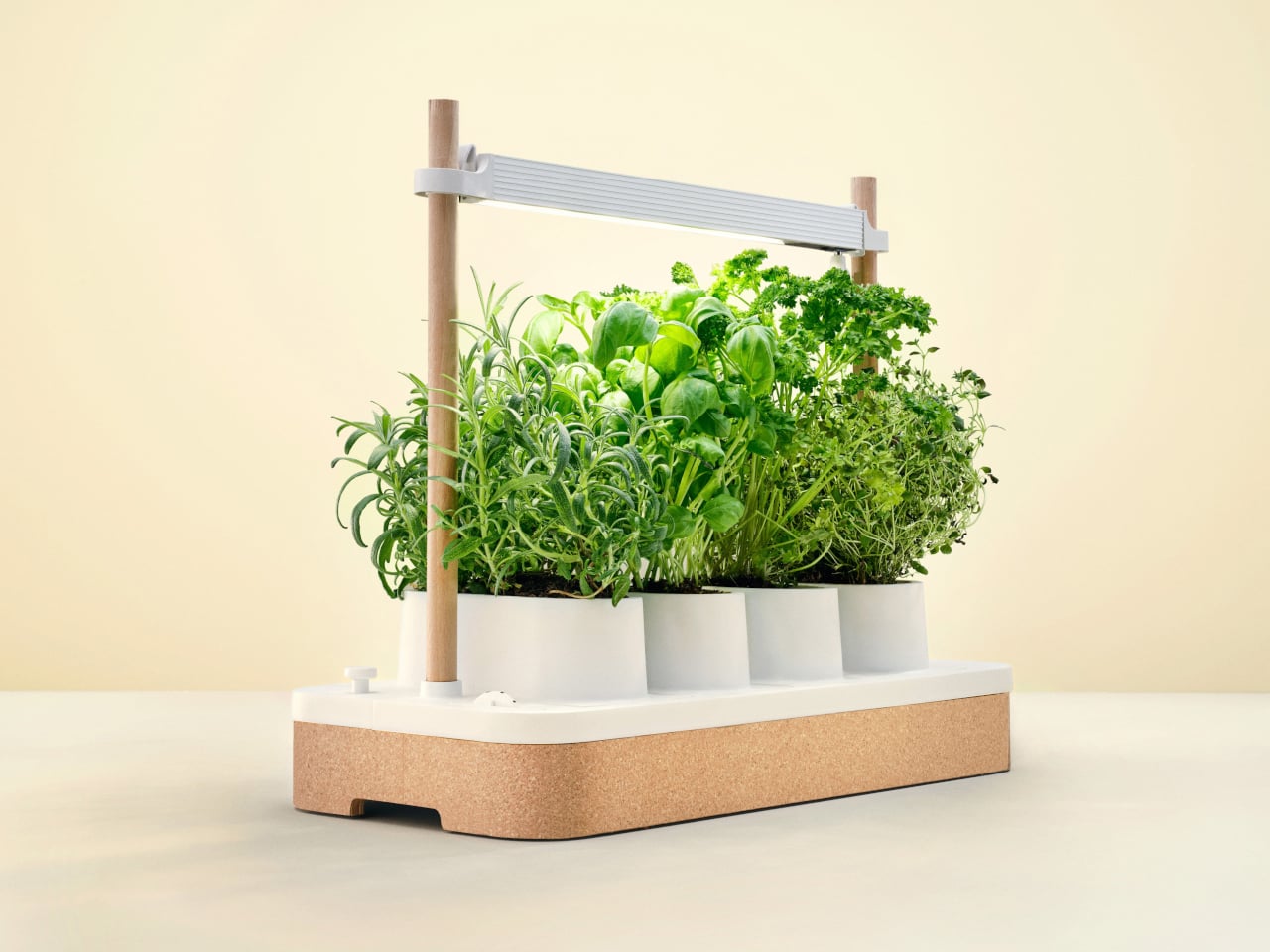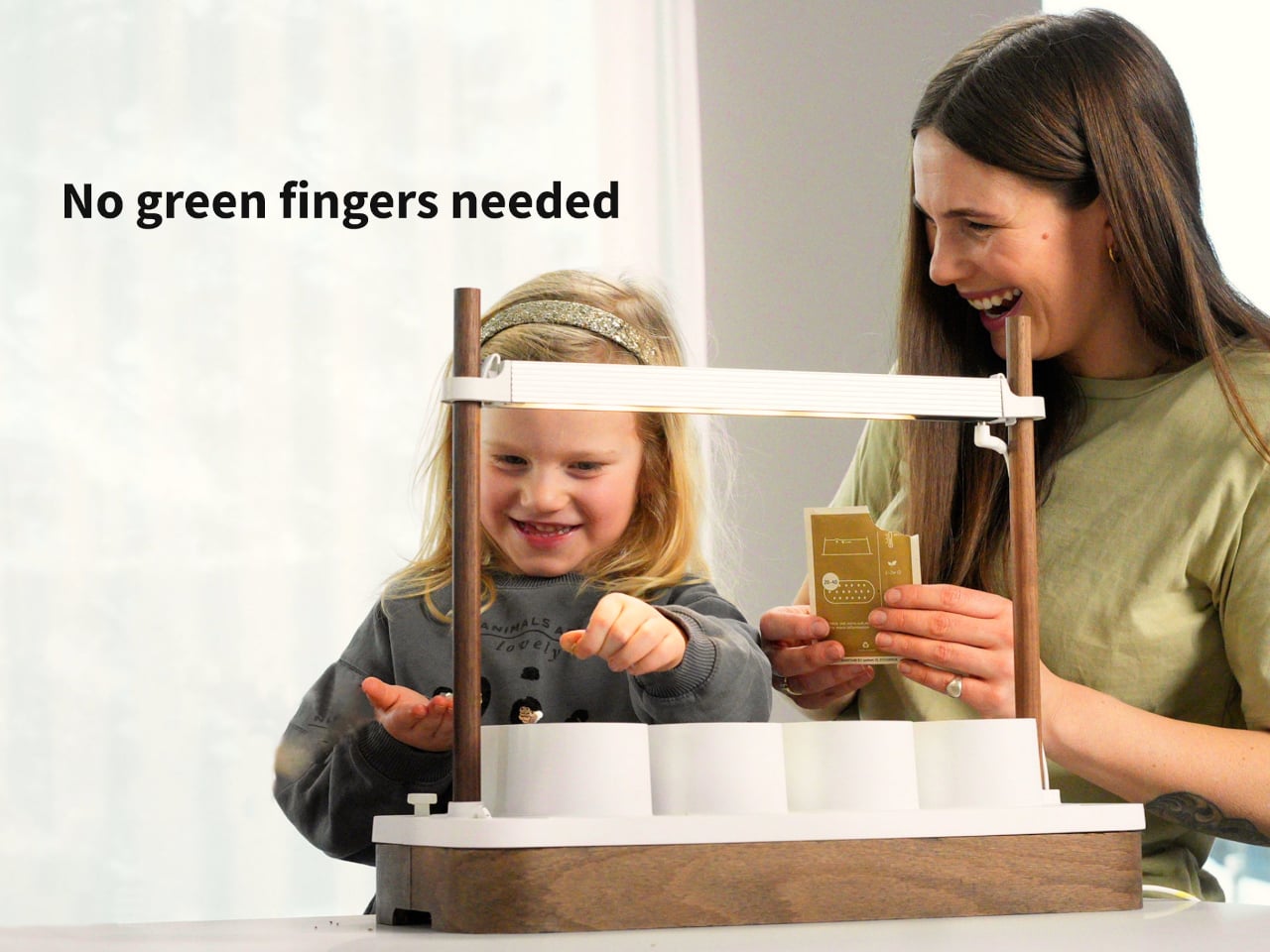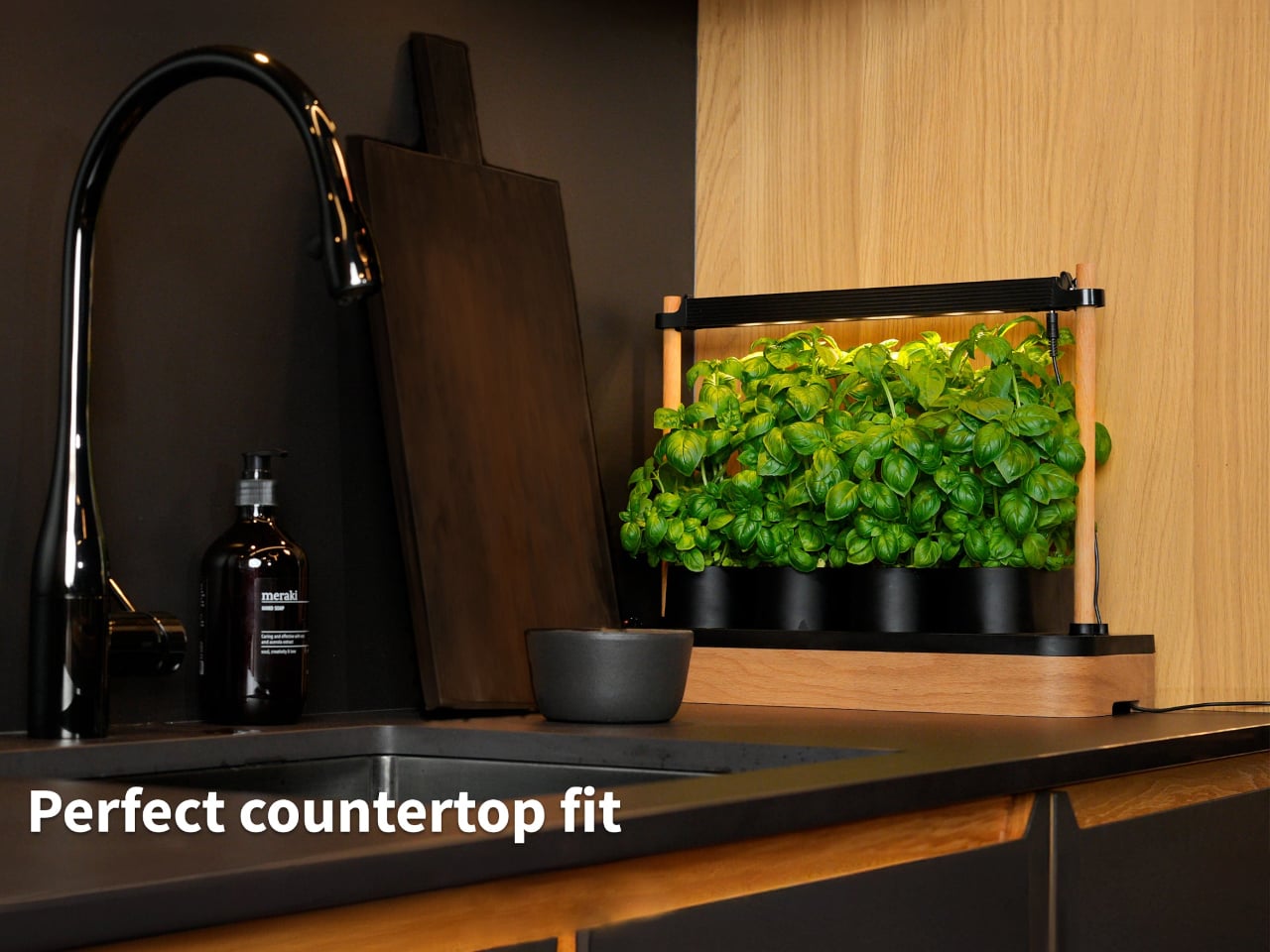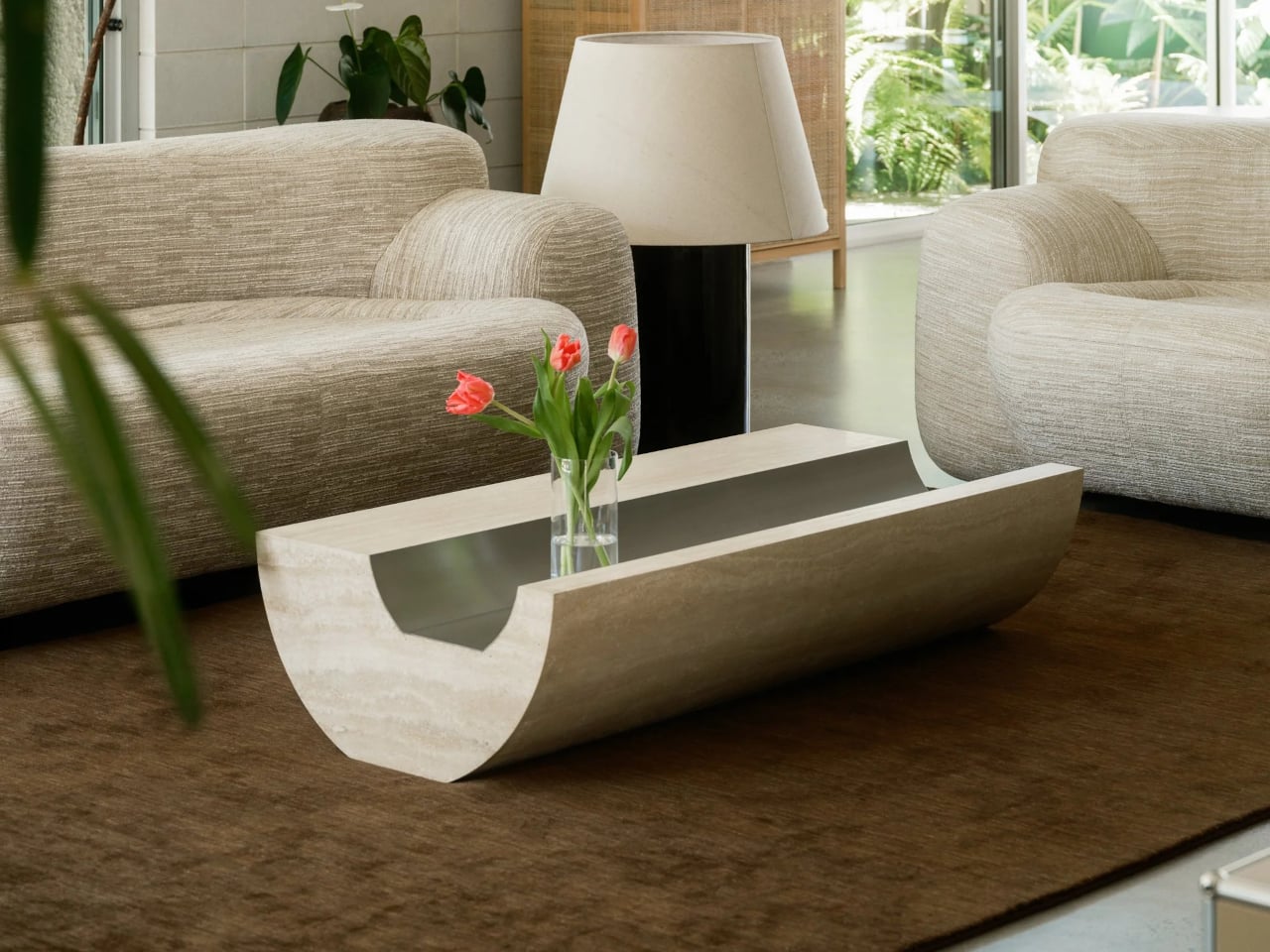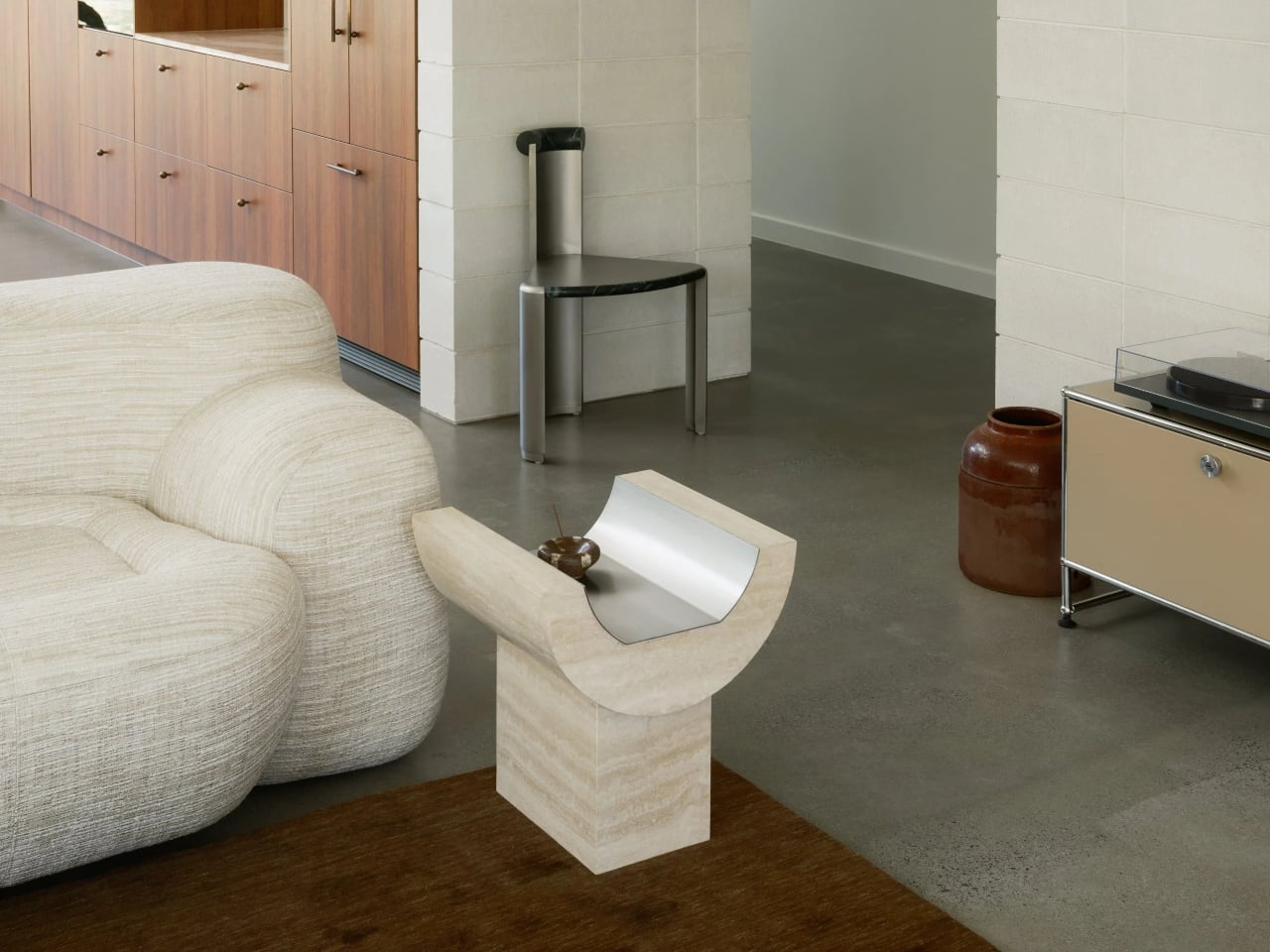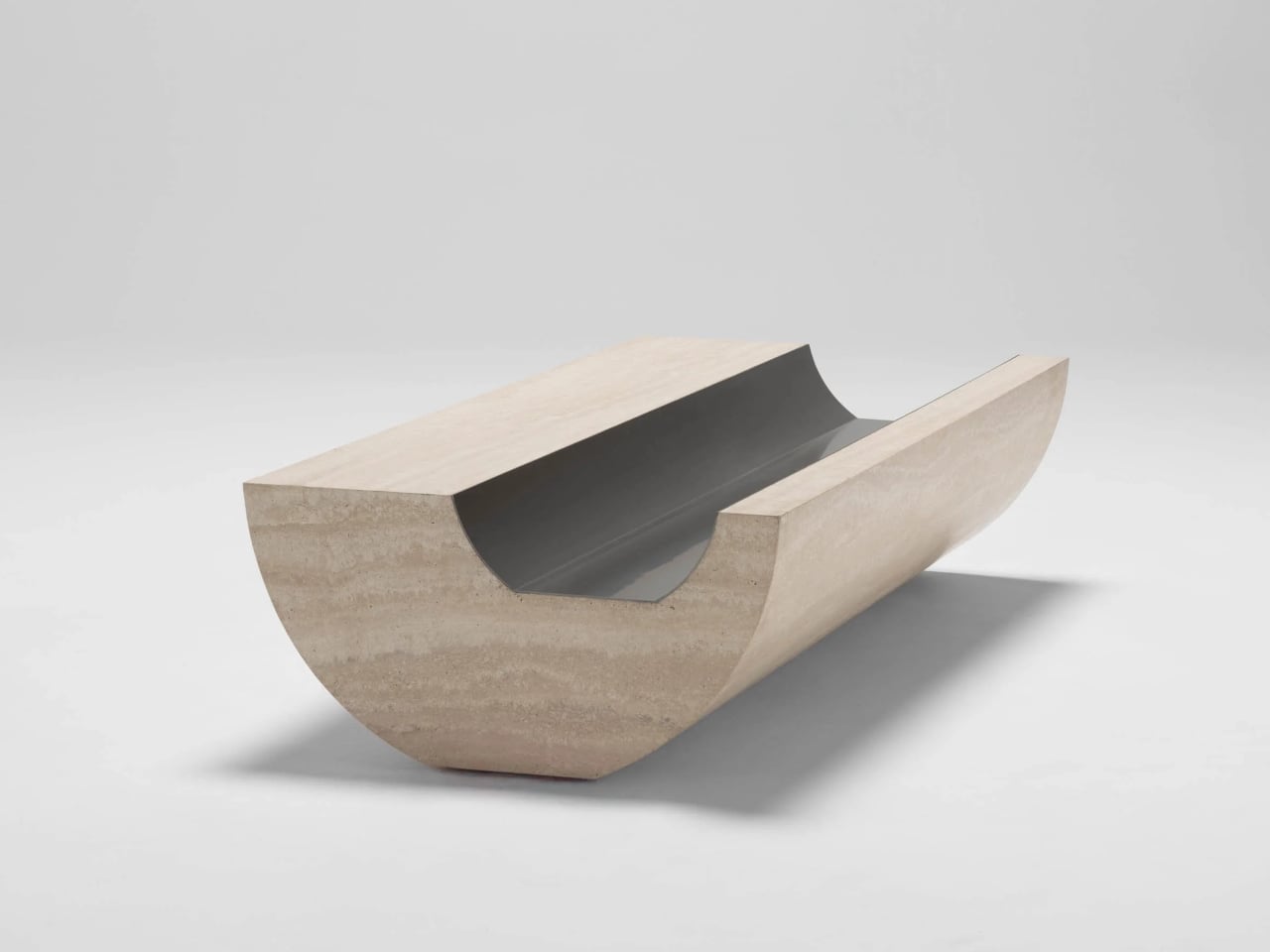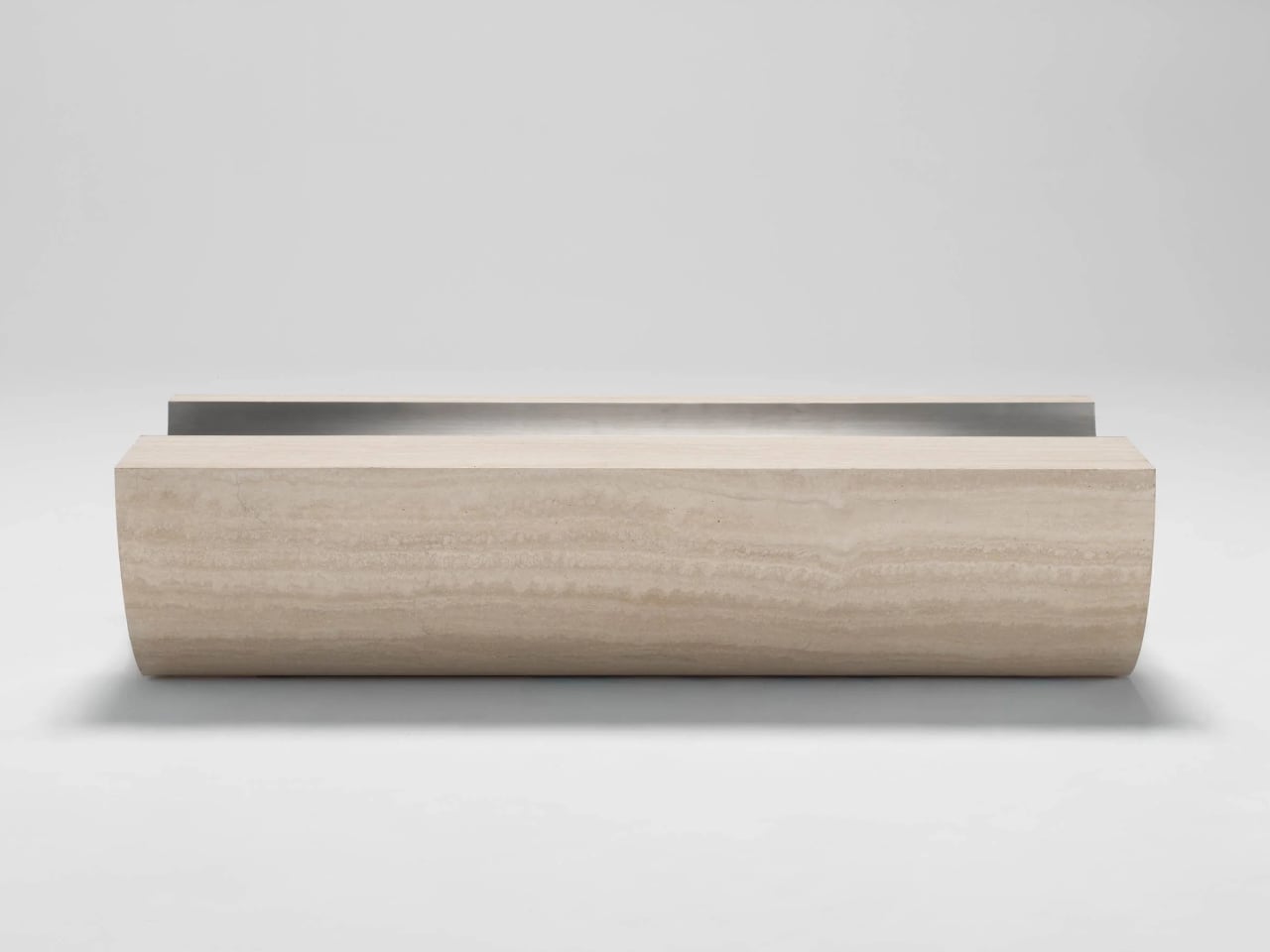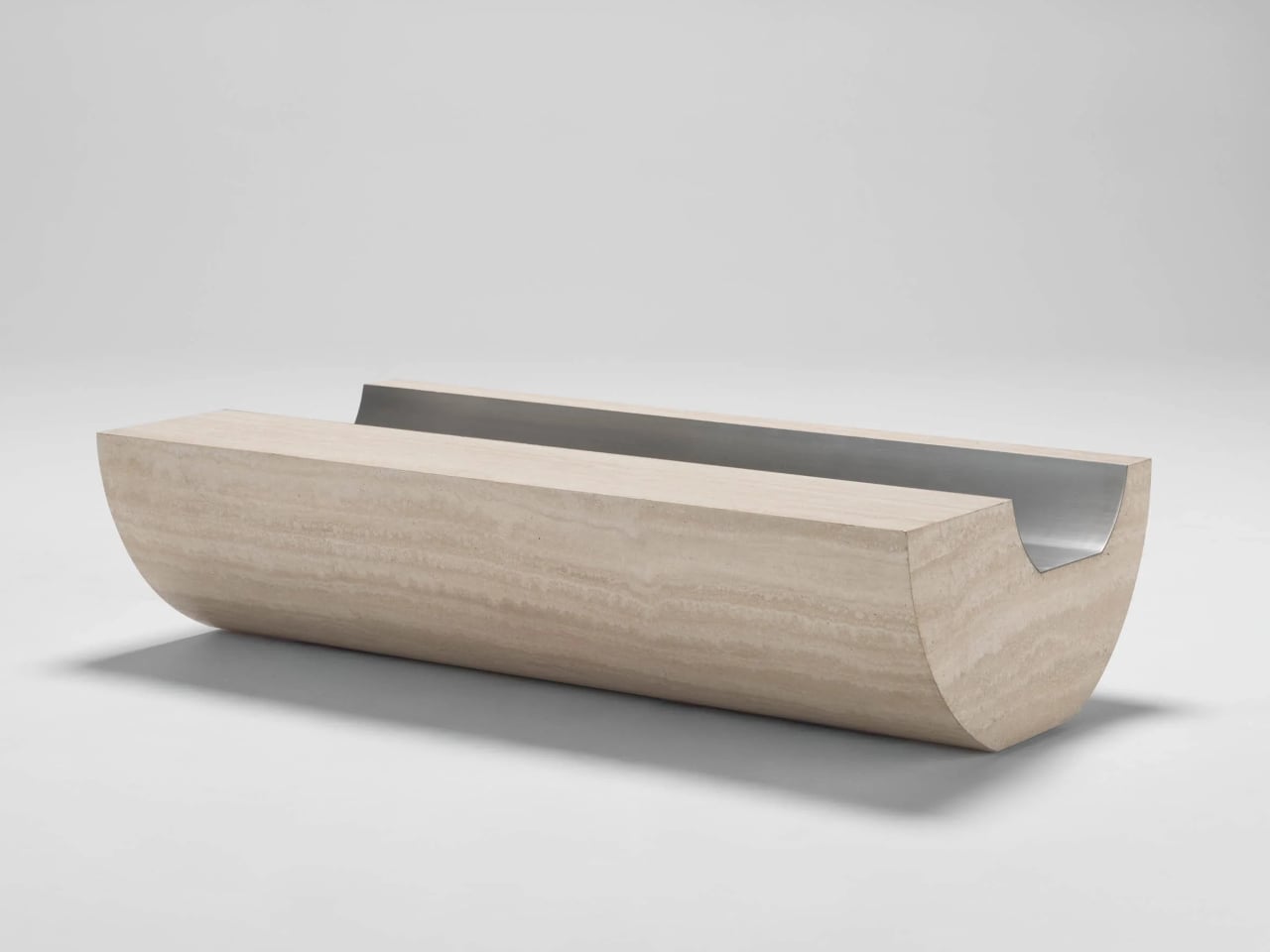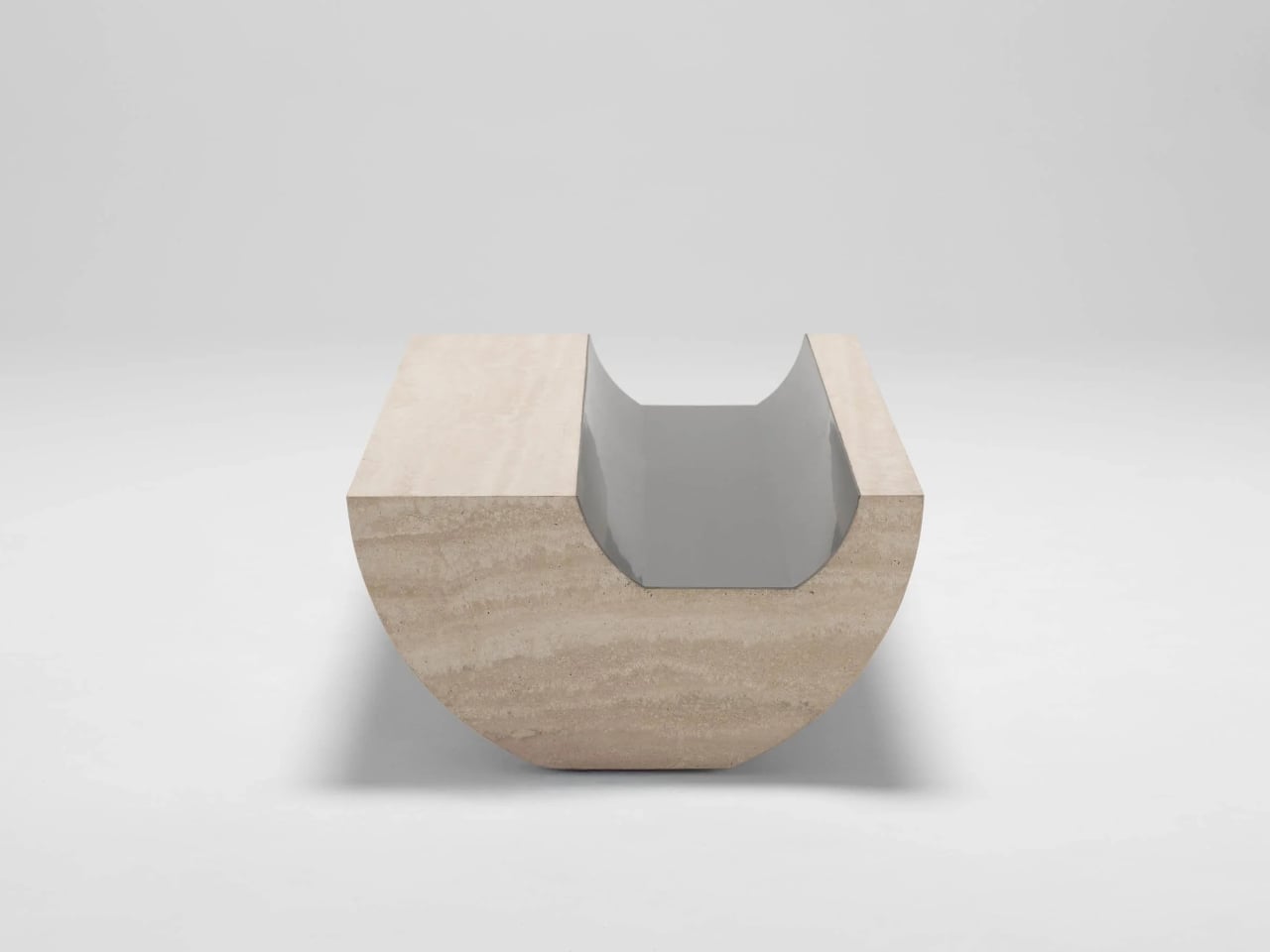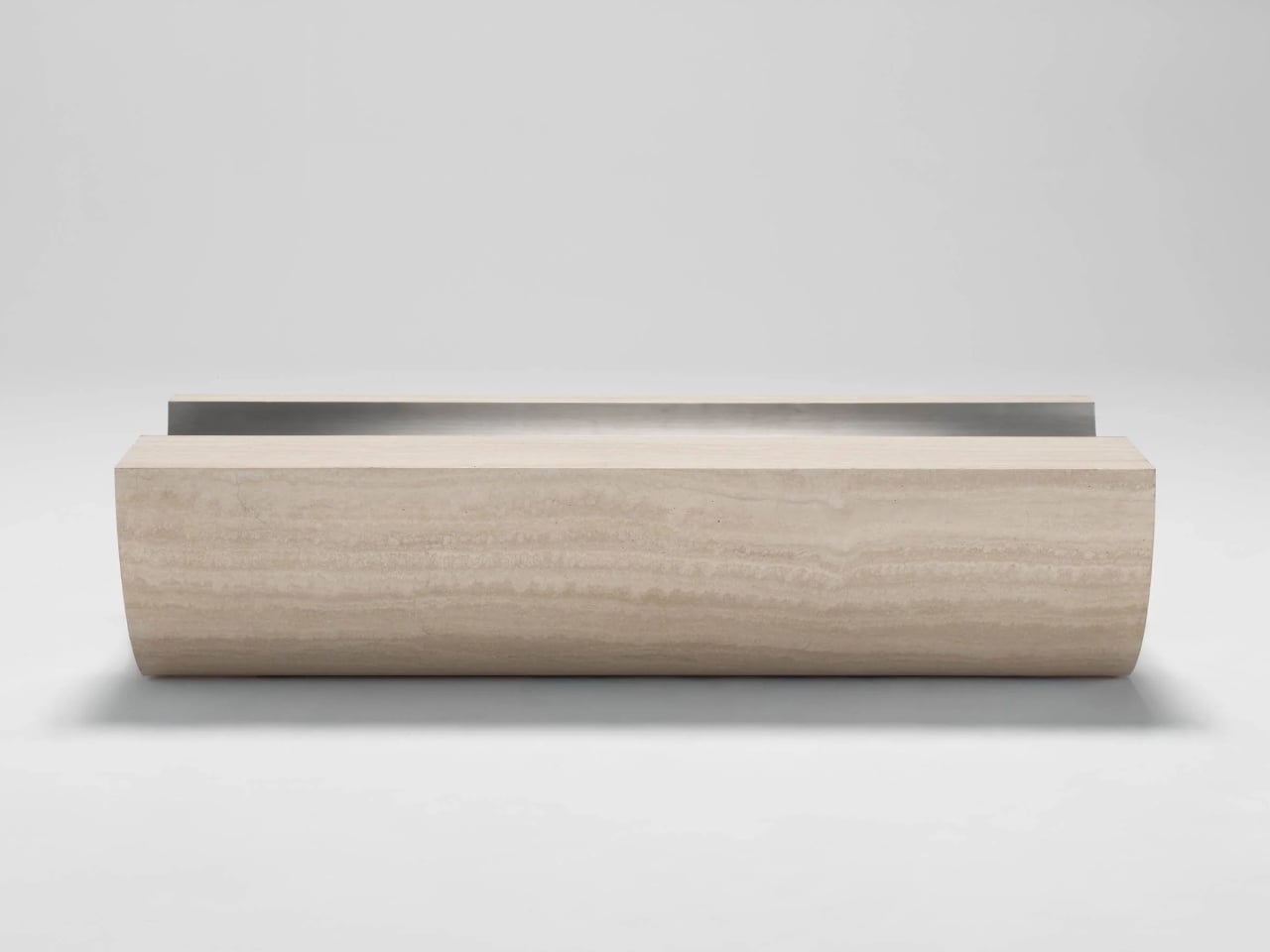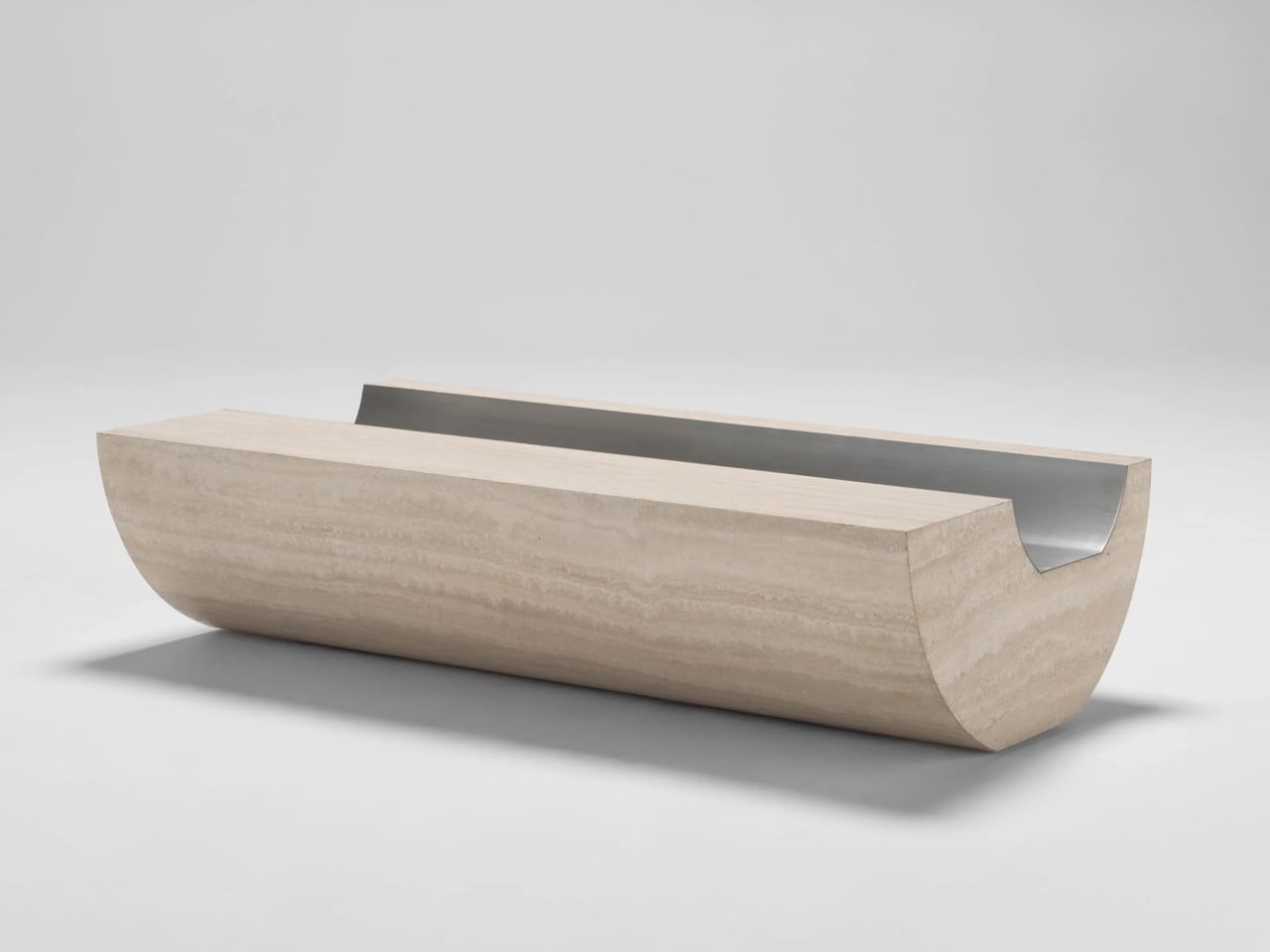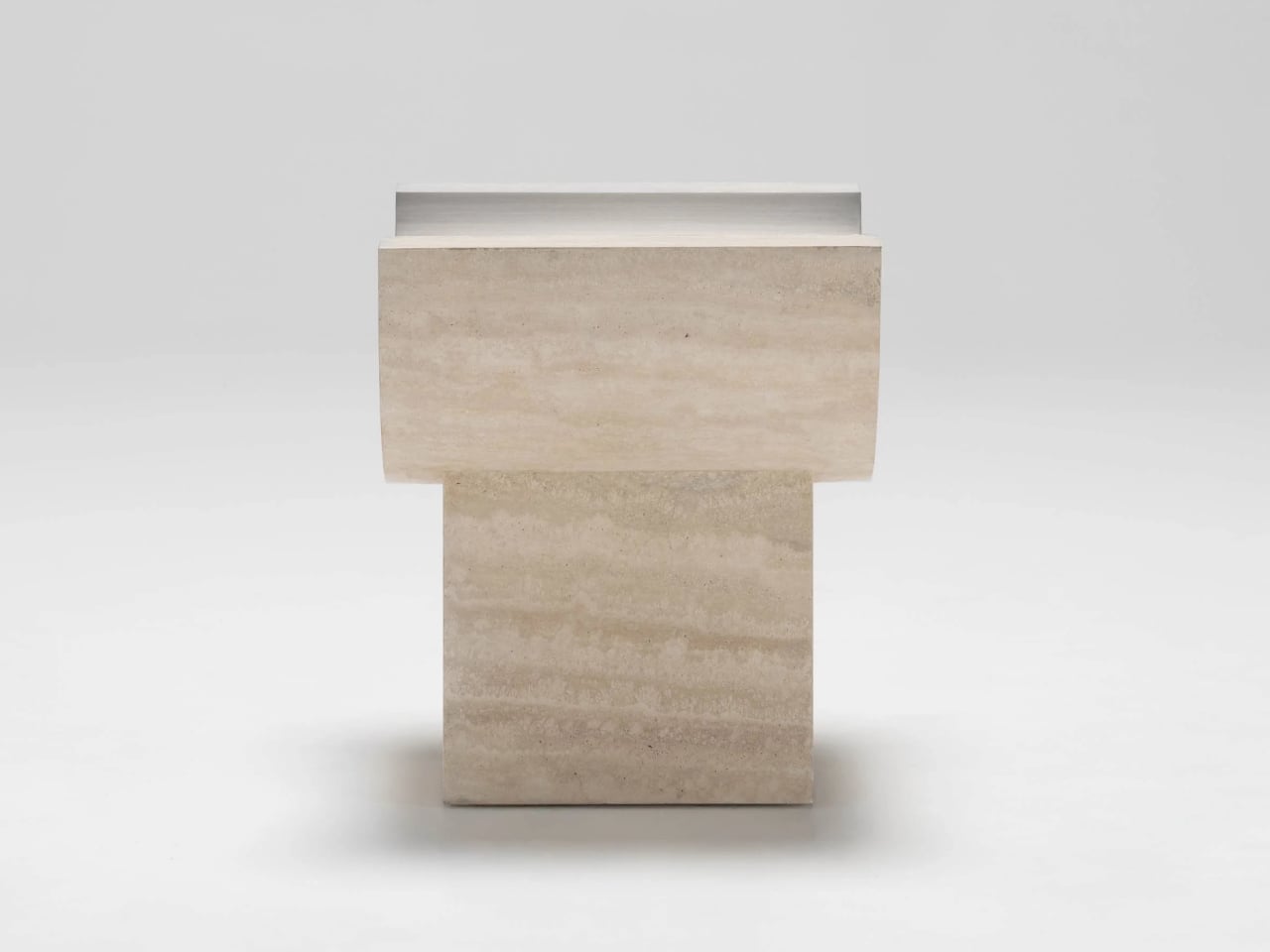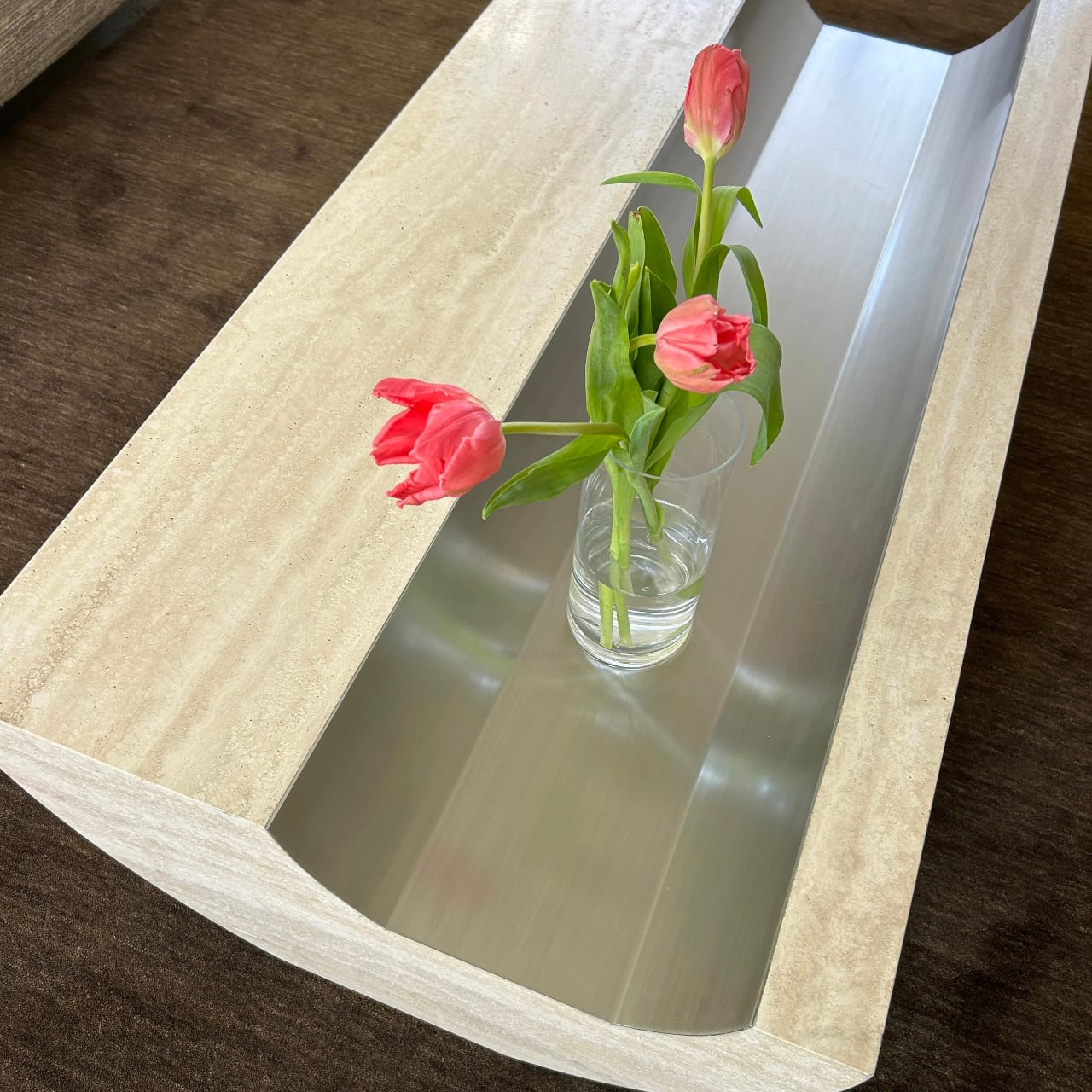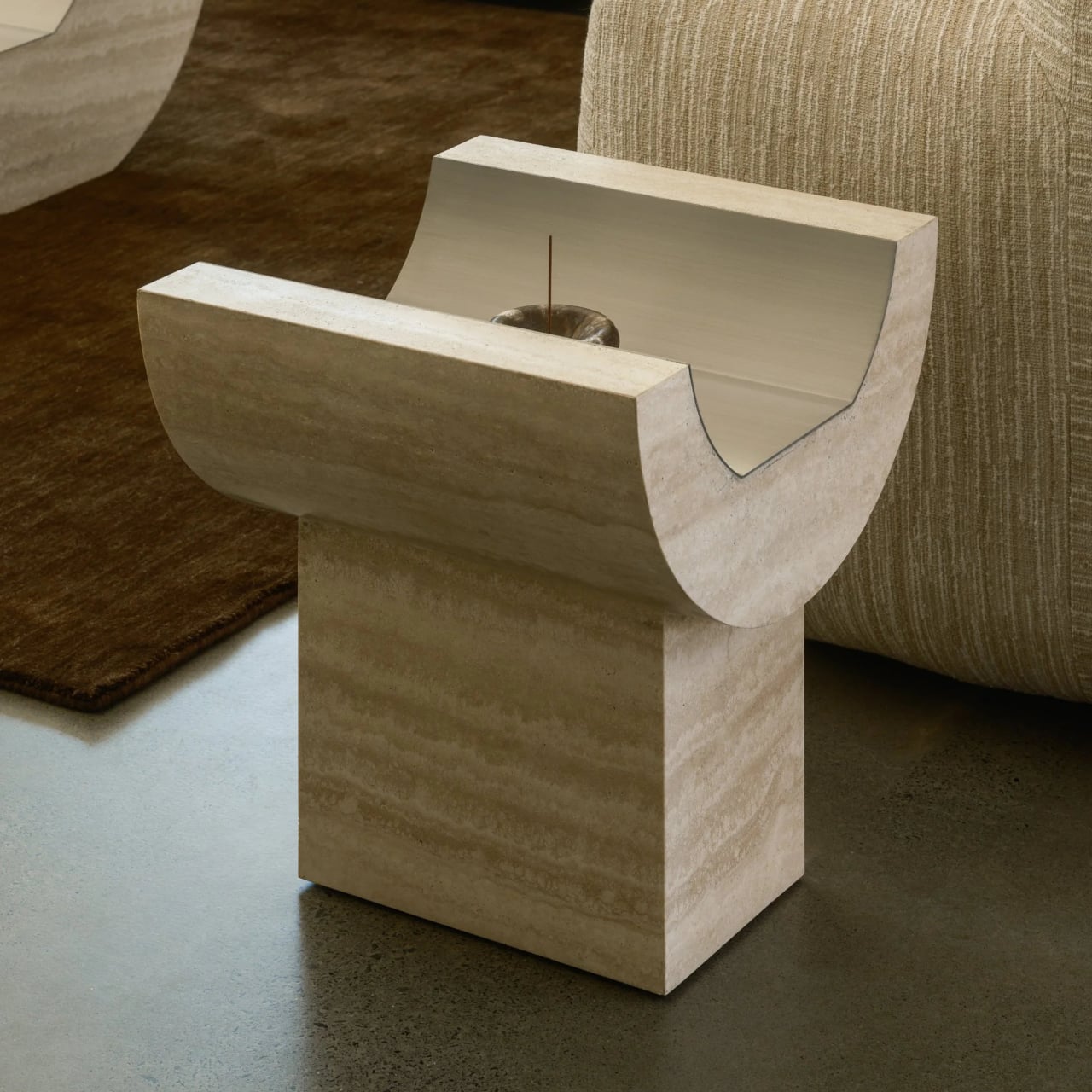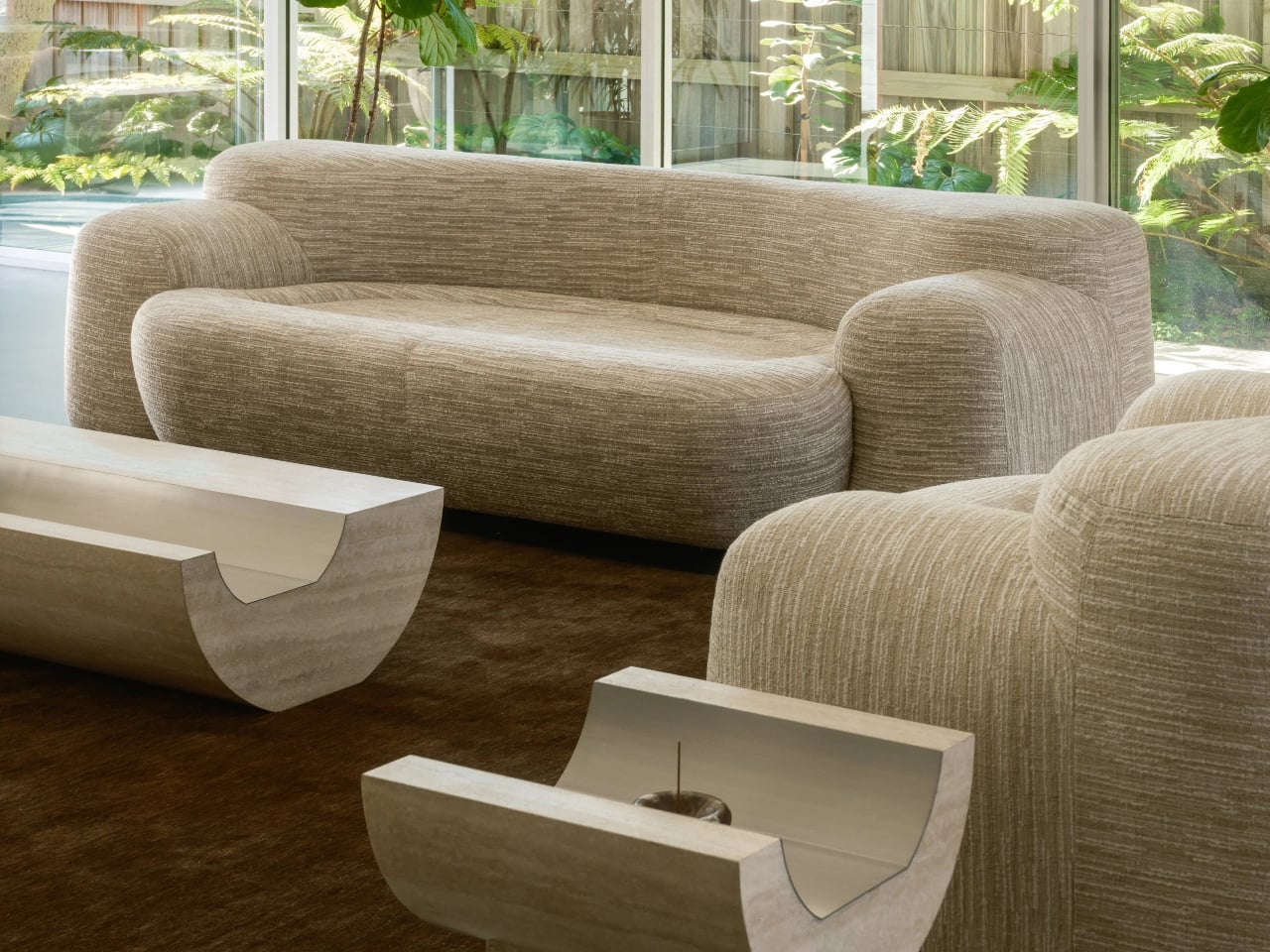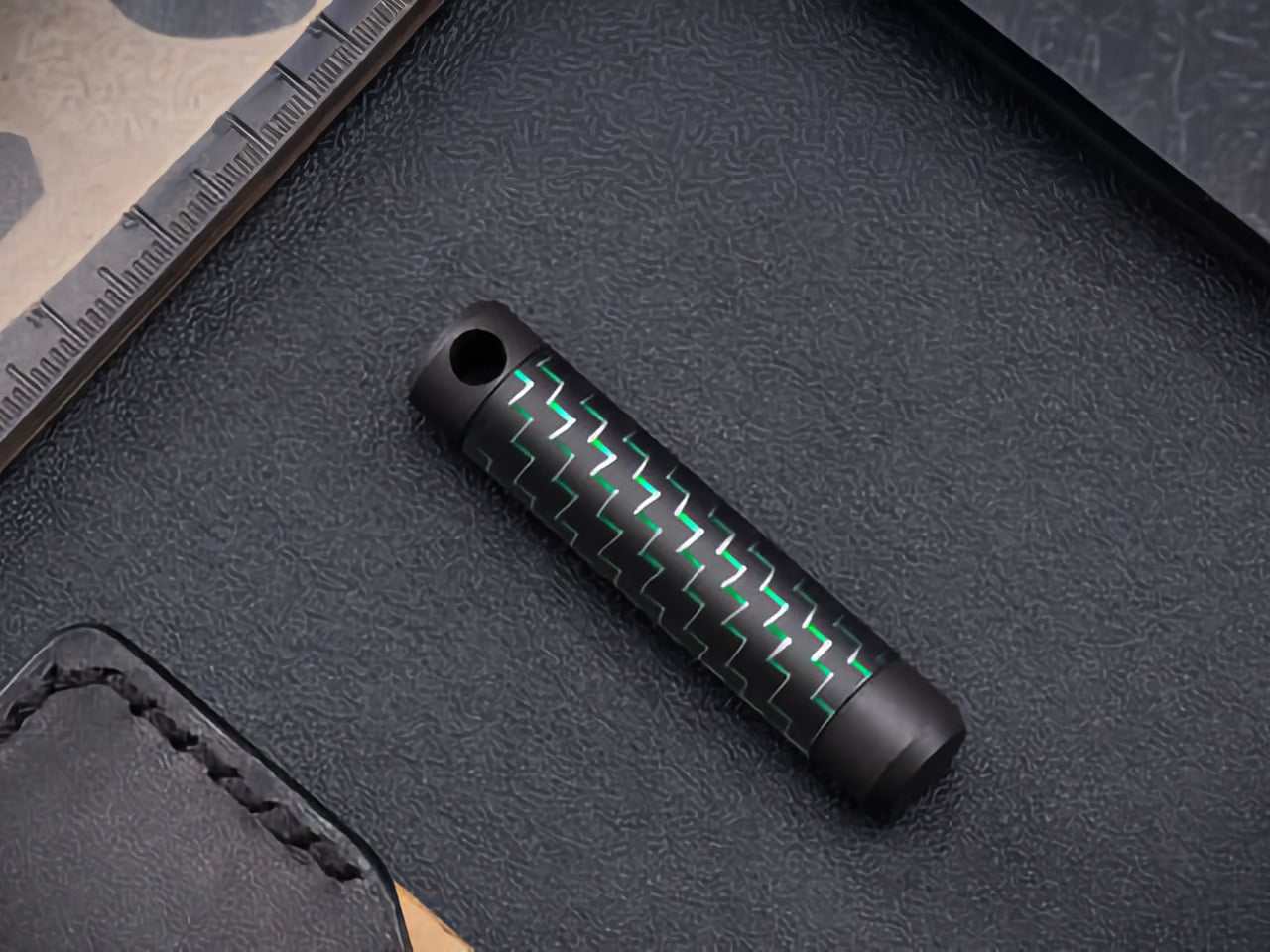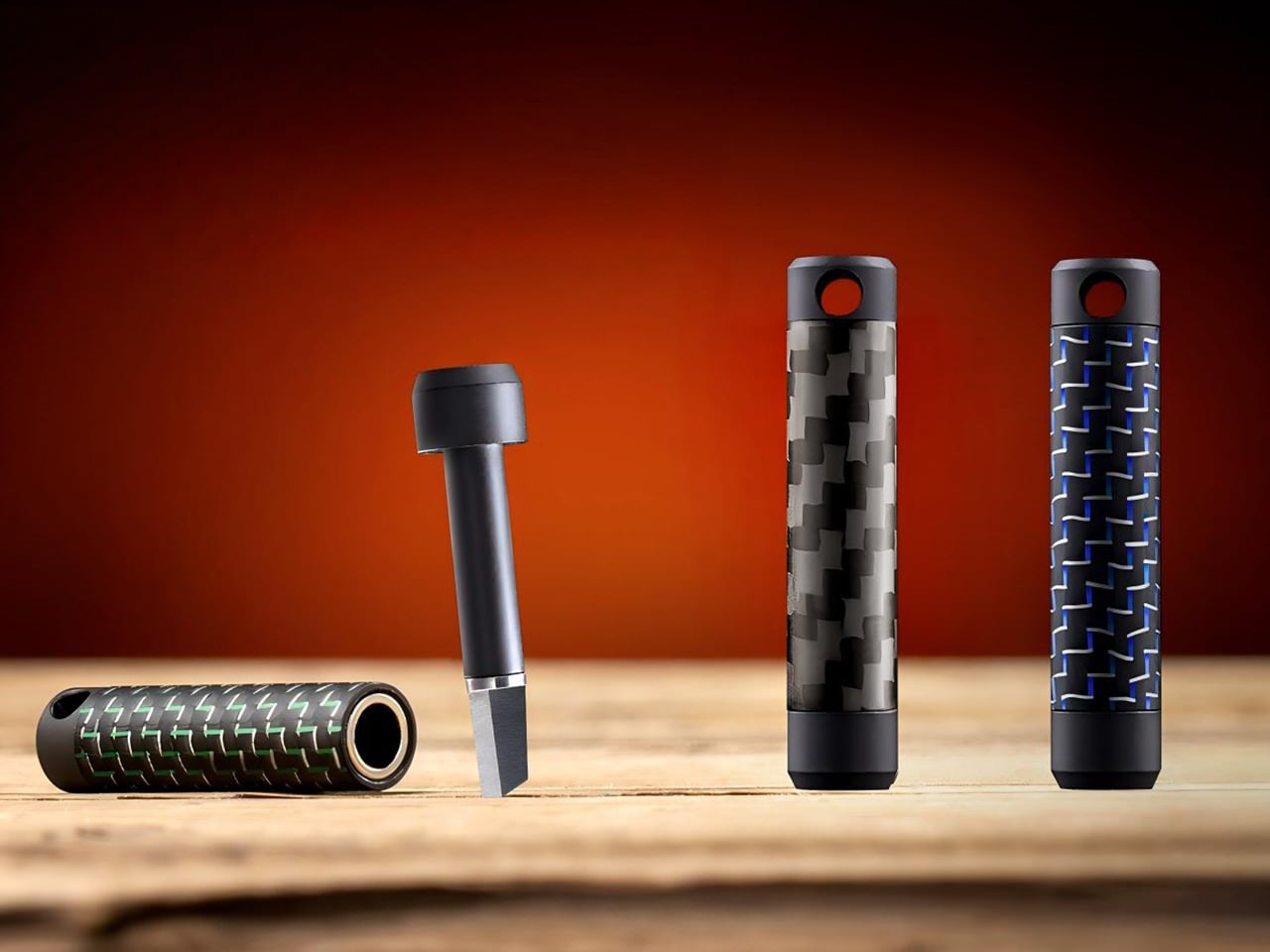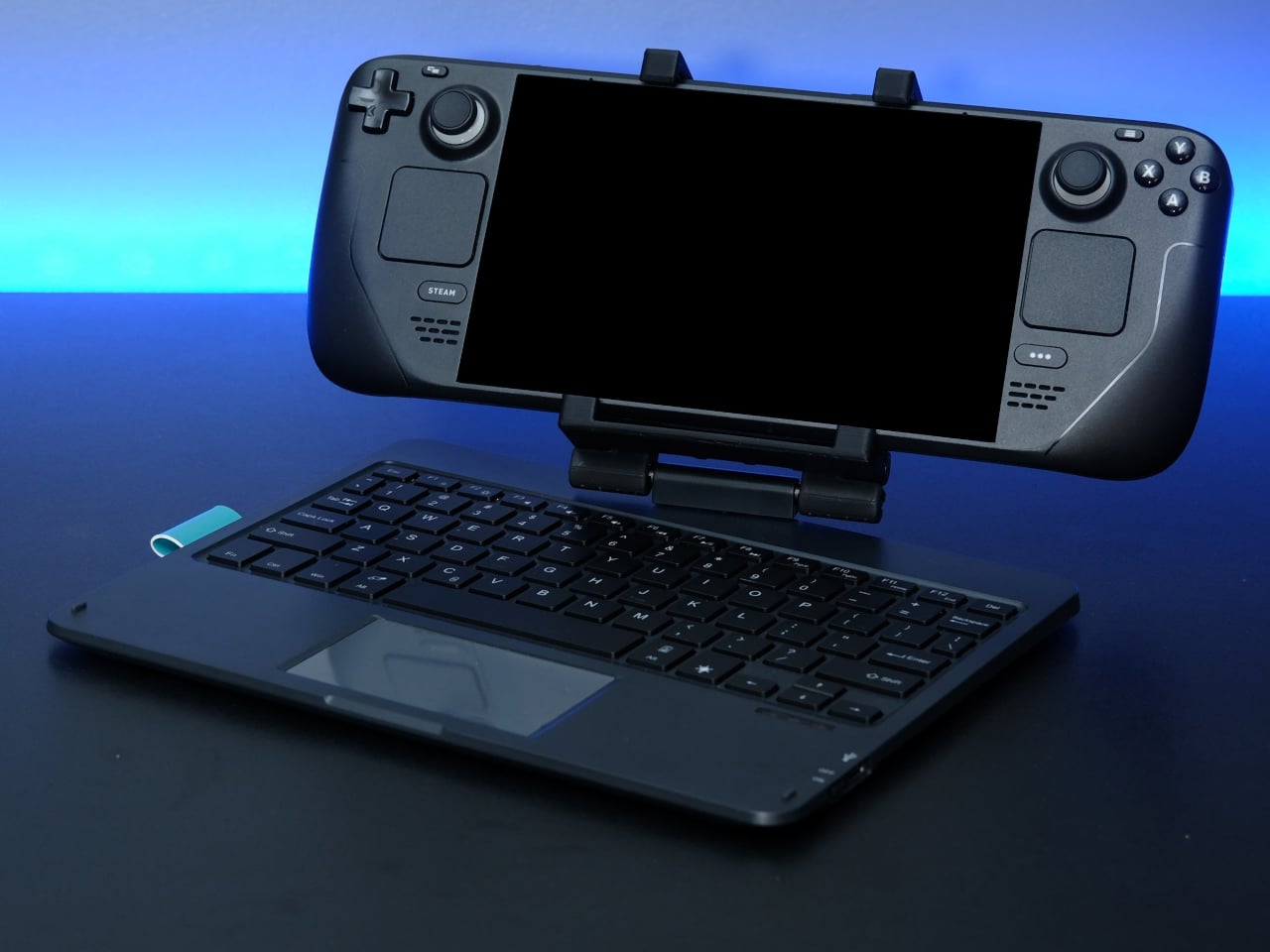
The Steam Deck, ROG Ally, and Legion Go are powerful little PCs that still behave like oversized controllers when you actually need to type, browse, or use desktop mode. Most people end up juggling a separate keyboard, mouse, and stand. DeckTop by Invensic takes a different approach, a clamp-on keyboard and trackpad that tries to give these handhelds a laptop posture without turning them into dock-only machines stuck next to a monitor.
Invensic frames DeckTop as a Bluetooth keyboard and trackpad you can mount to your Steam Deck, with a 360-degree swivel and multicolor LED backlighting. It is sold as a Steam Deck accessory but is also designed to work with Steam Deck OLED, Killswitch cases, ROG Ally, and Legion Go, so it is really a general handheld shell that treats all of them like screens on a tiny notebook.
Designer: Invensic
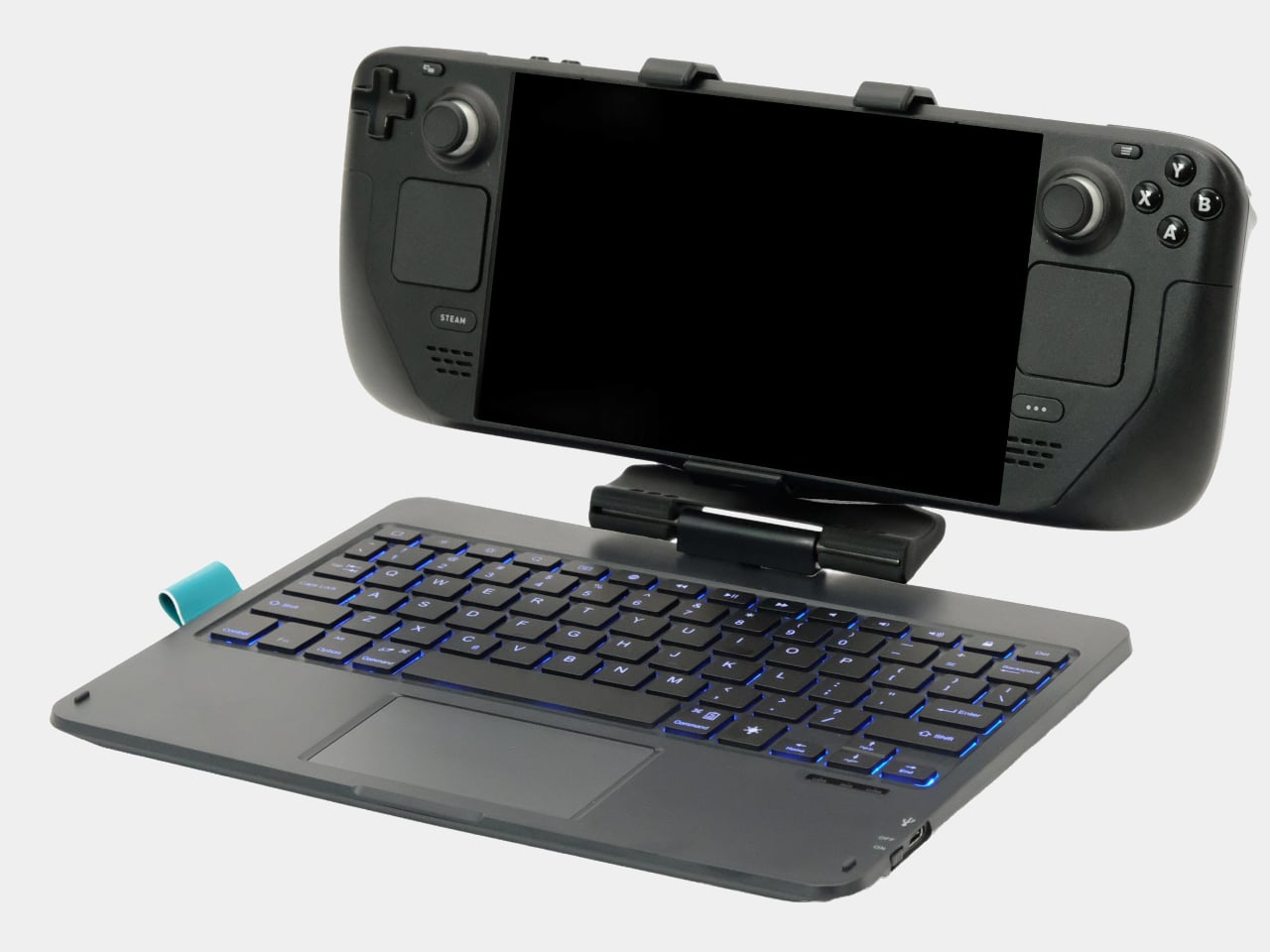
The folding clip has spring-loaded arms that grab onto the handheld and connect to the keyboard via a swivel hinge. The hinge lets you tilt and rotate the device through a full circle, so you can find a comfortable viewing angle on a desk, on a tray table, or on a couch. When you are done, the clip folds flat over the keyboard, bringing the whole thing down to about 1 inch thick, so it actually fits in a bag.
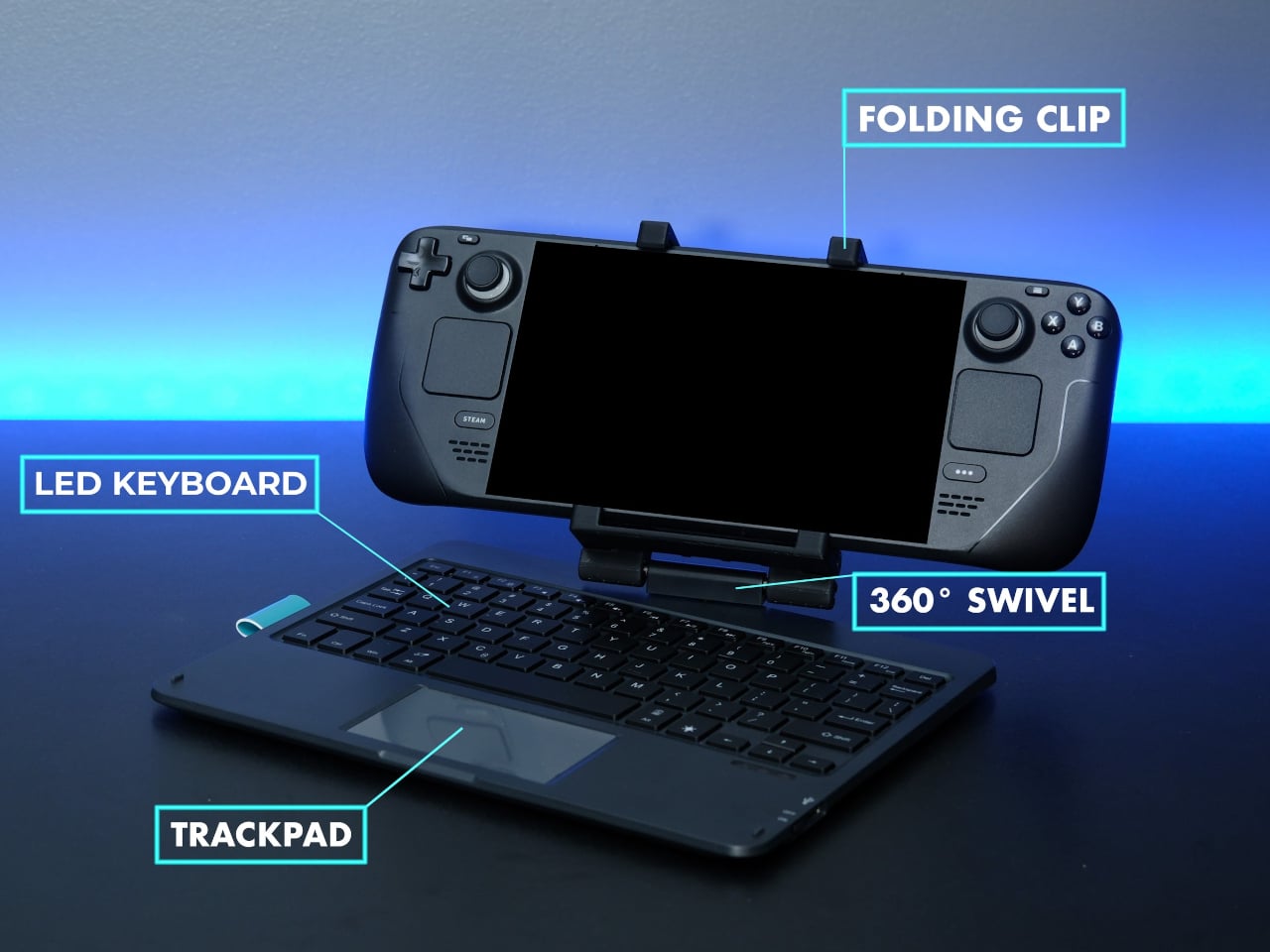
The low-profile keyboard has multicolor backlighting, and the integrated trackpad sits below the space bar. Brightness and color can be changed with simple key combos, and the trackpad supports single-finger tap for left-click and two-finger tap for right-click, just like a laptop. The idea is to give you a familiar input surface for desktop mode, emulators, and web browsing without reaching for a separate mouse.
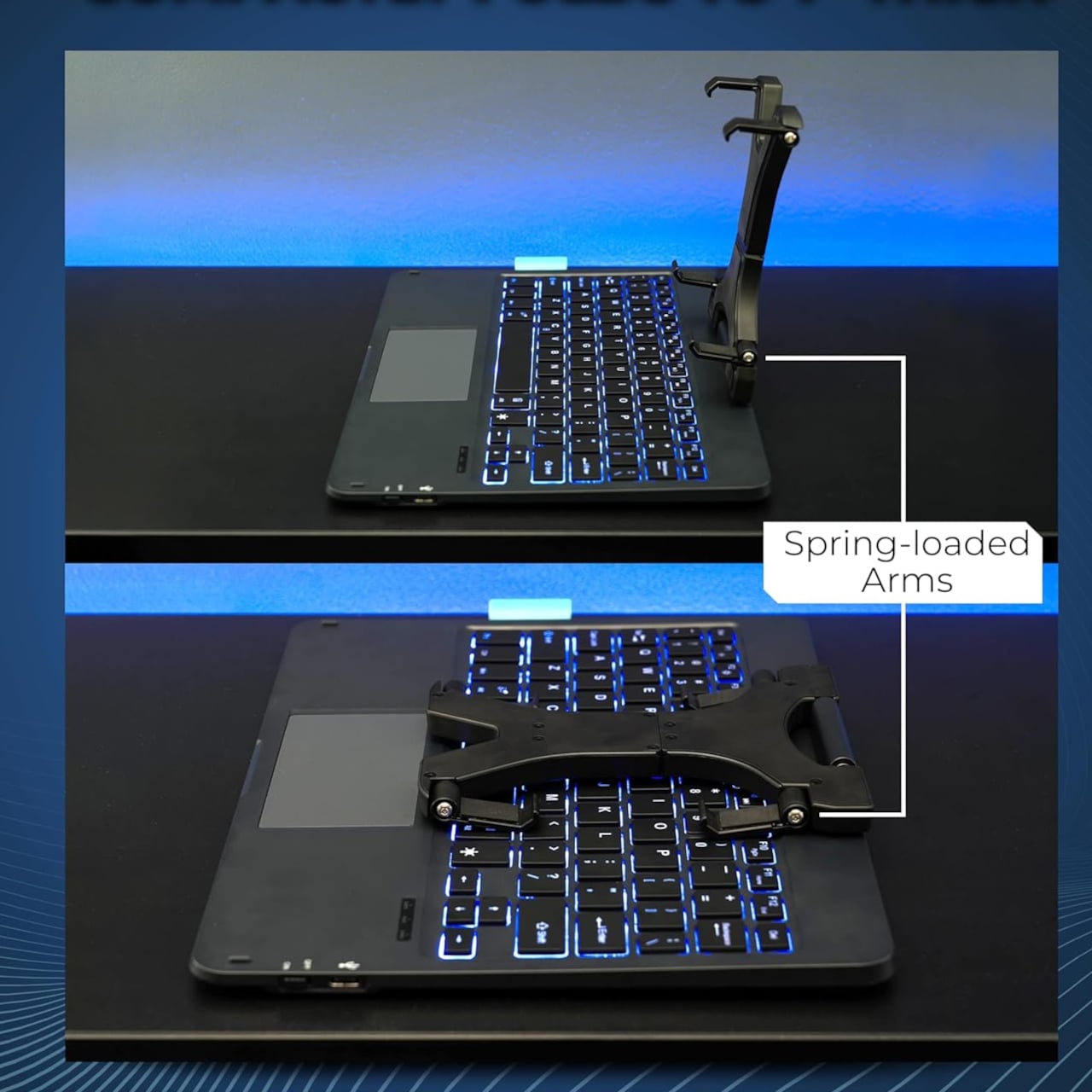
DeckTop connects over Bluetooth, so there is no cable between the keyboard and the handheld, only whatever USB-C cable you are already using for power or docking. Invensic calls out low latency, which is fine for typing, navigation, and most games, but serious competitive players will still prefer a wired or 2.4 GHz setup. For travel and couch use, though, the wireless link keeps the whole rig clean and portable.
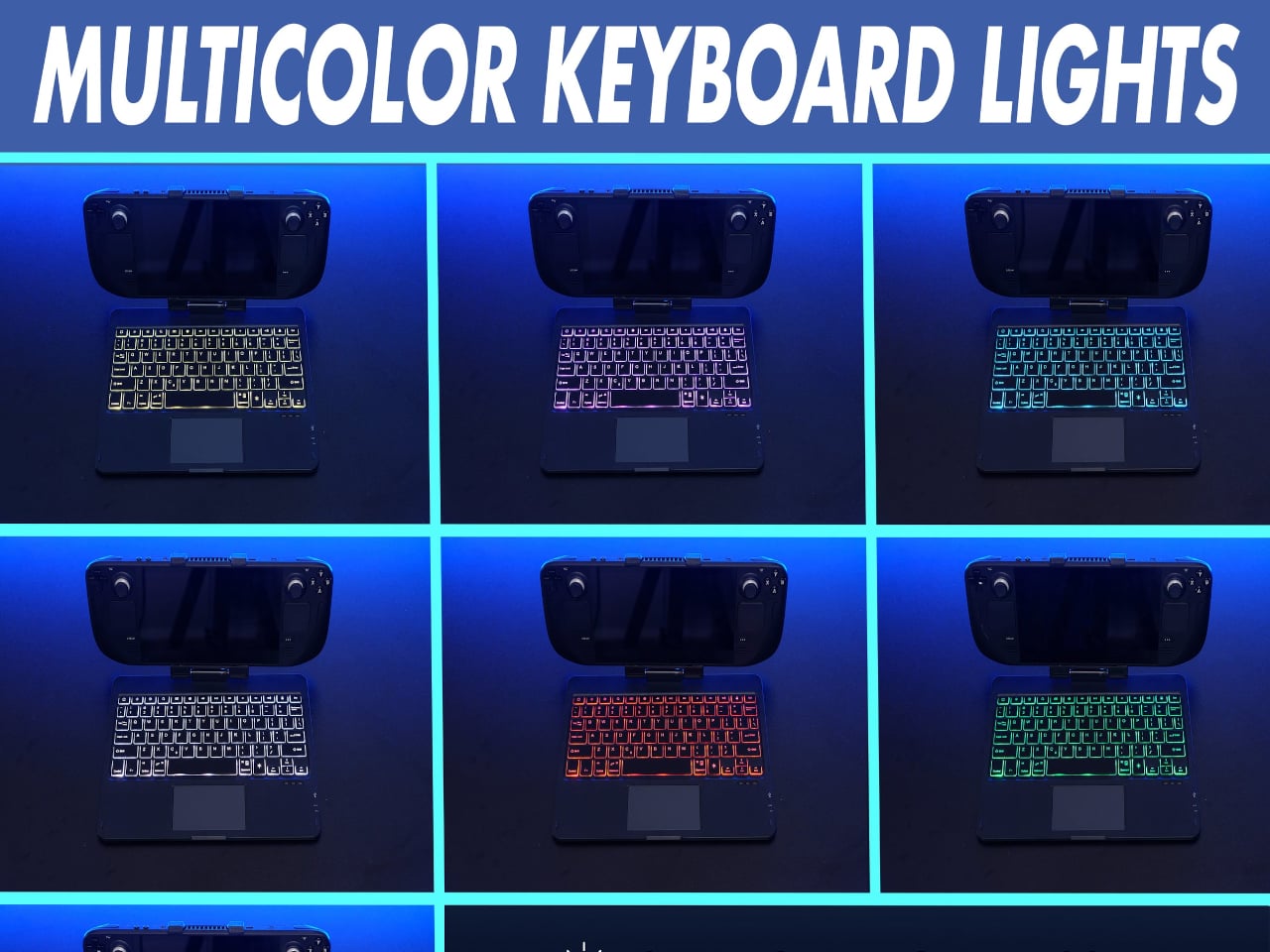
The spring-loaded arms are wide enough to handle bare devices and chunky cases like Killswitch, and the same deck can be swapped between different handhelds. The dual cinch straps on the back let you mount a power bank, turning the whole thing into a self-contained clamshell with extra runtime. It is a small detail, but it acknowledges that these devices burn through batteries fast when you treat them like laptops.
DeckTop does not magically transform a Steam Deck into a MacBook, but it does make writing, modding, remote desktop, and light productivity feel less like a hack and more like a supported mode. Whether or not you use it every day, it sits in a useful middle ground between treating a handheld as a pure gaming device and wishing you had brought a laptop instead.
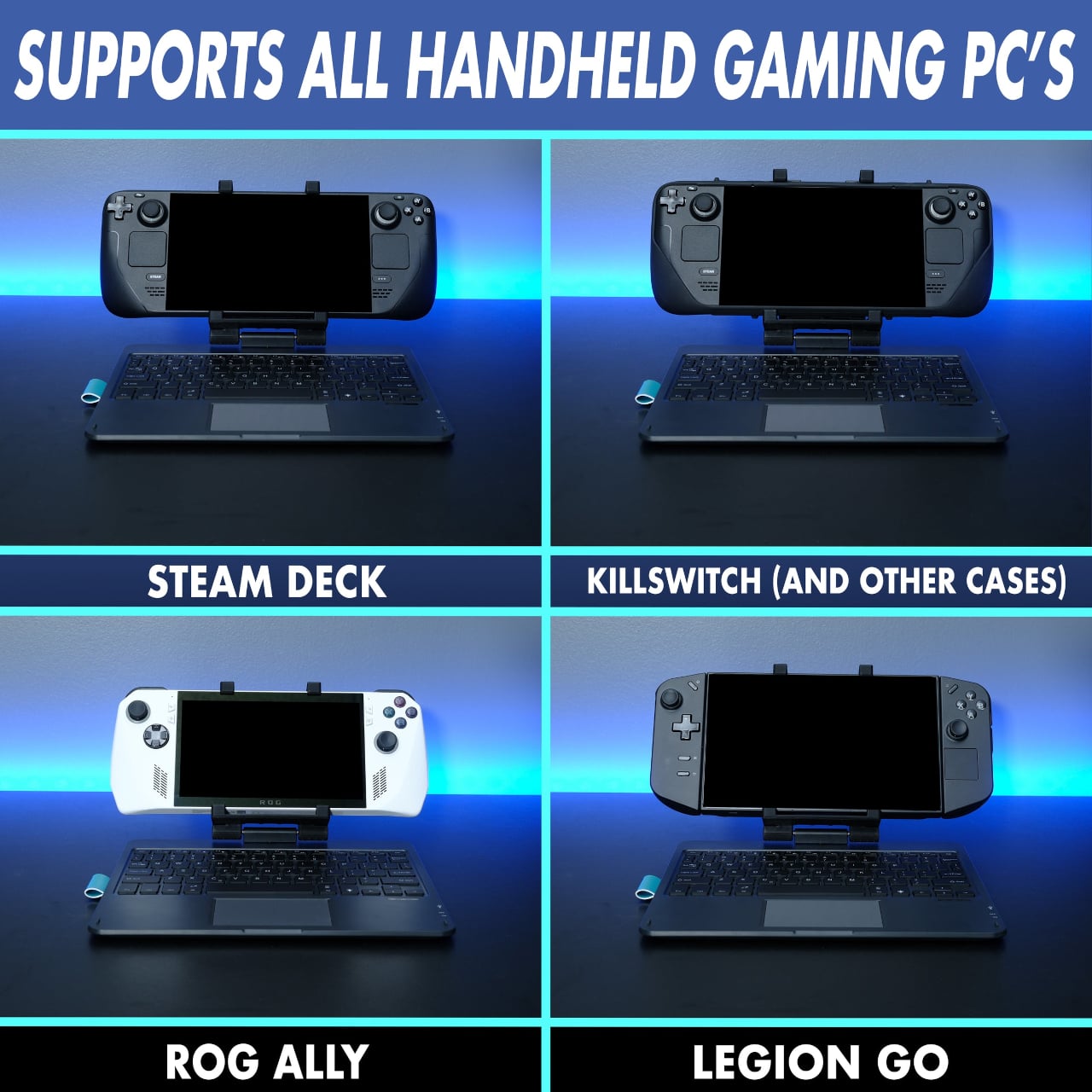
The post DeckTop Makes the Steam Deck and ROG Ally Feel Like Tiny Laptops first appeared on Yanko Design.
